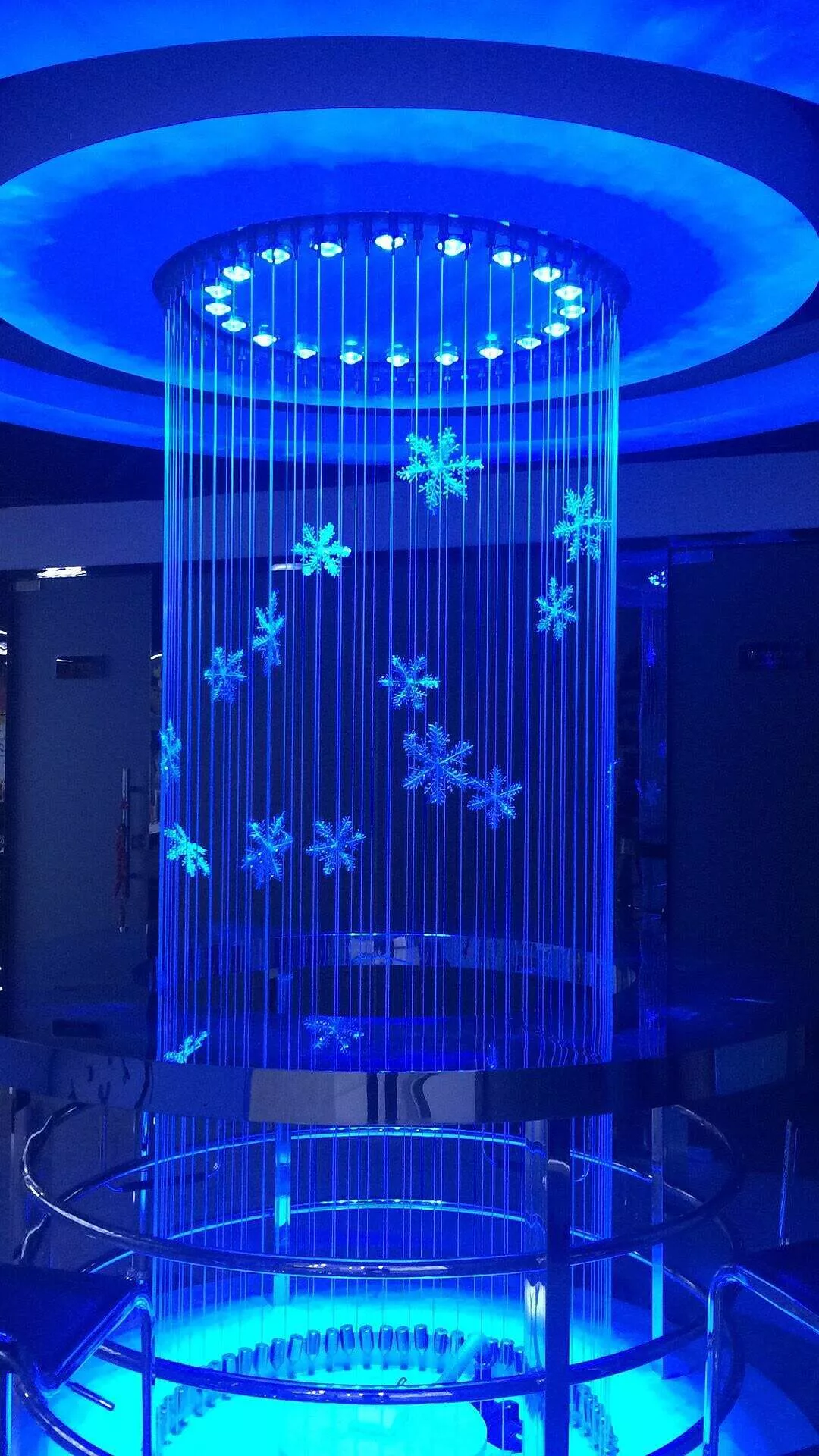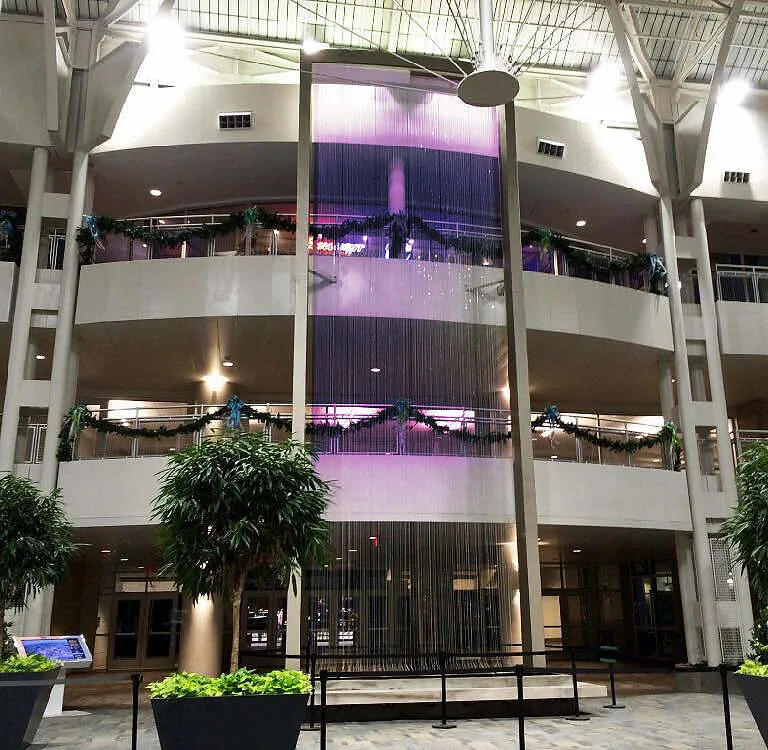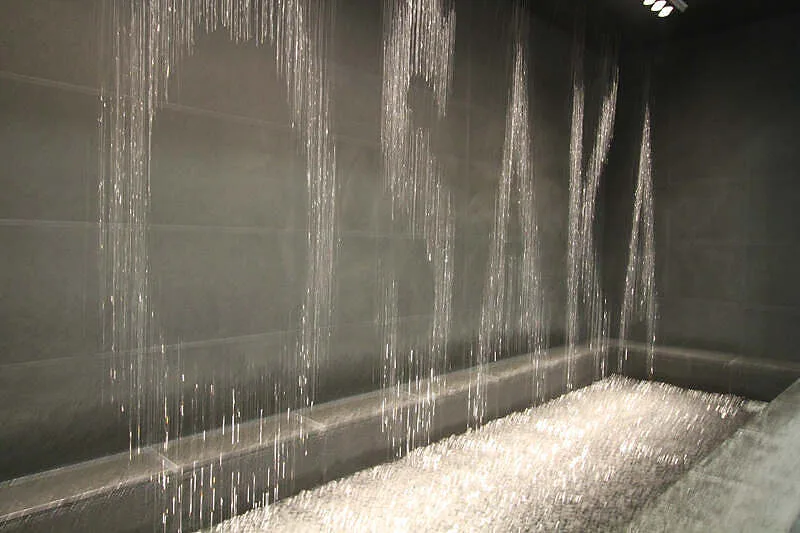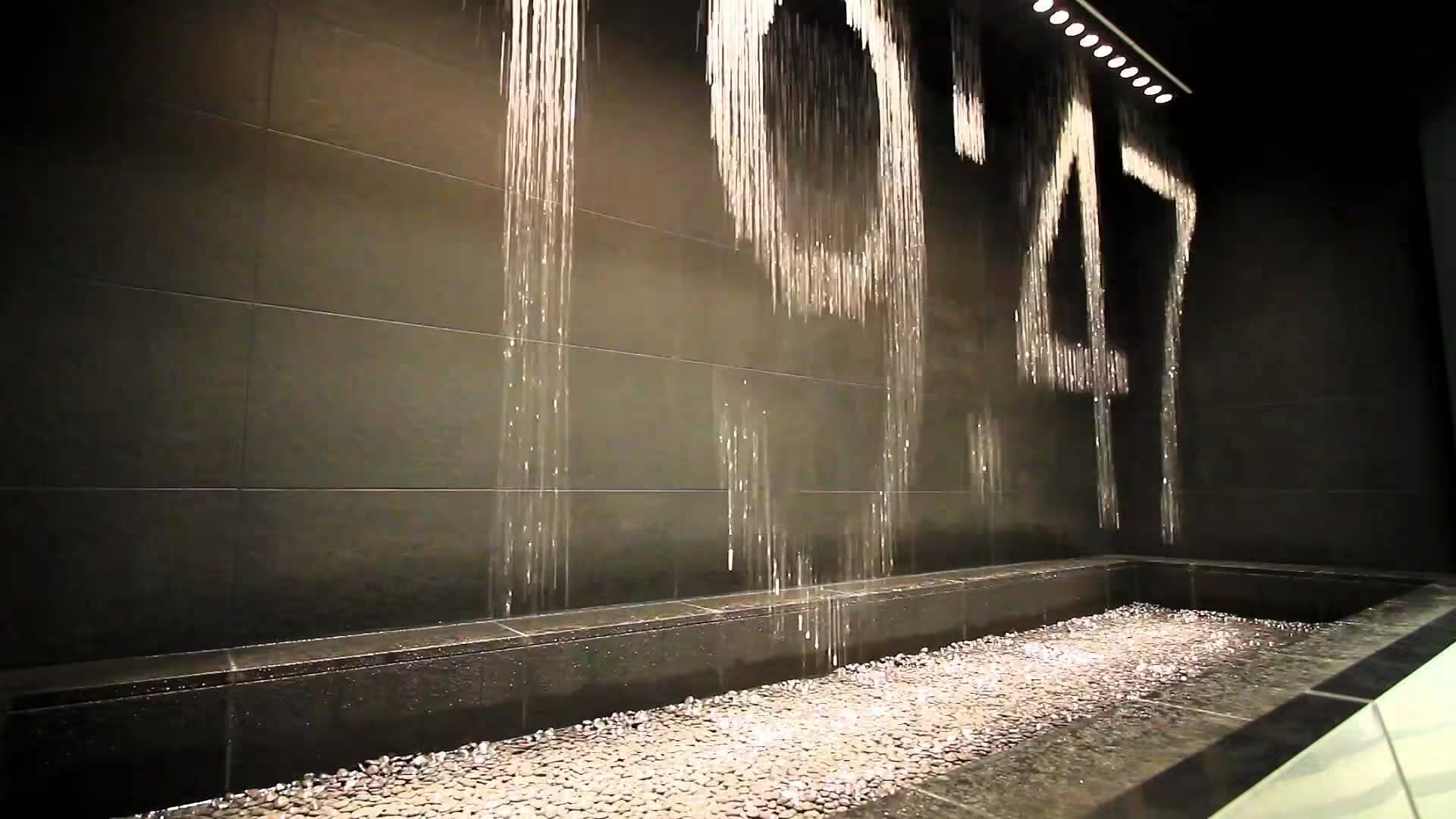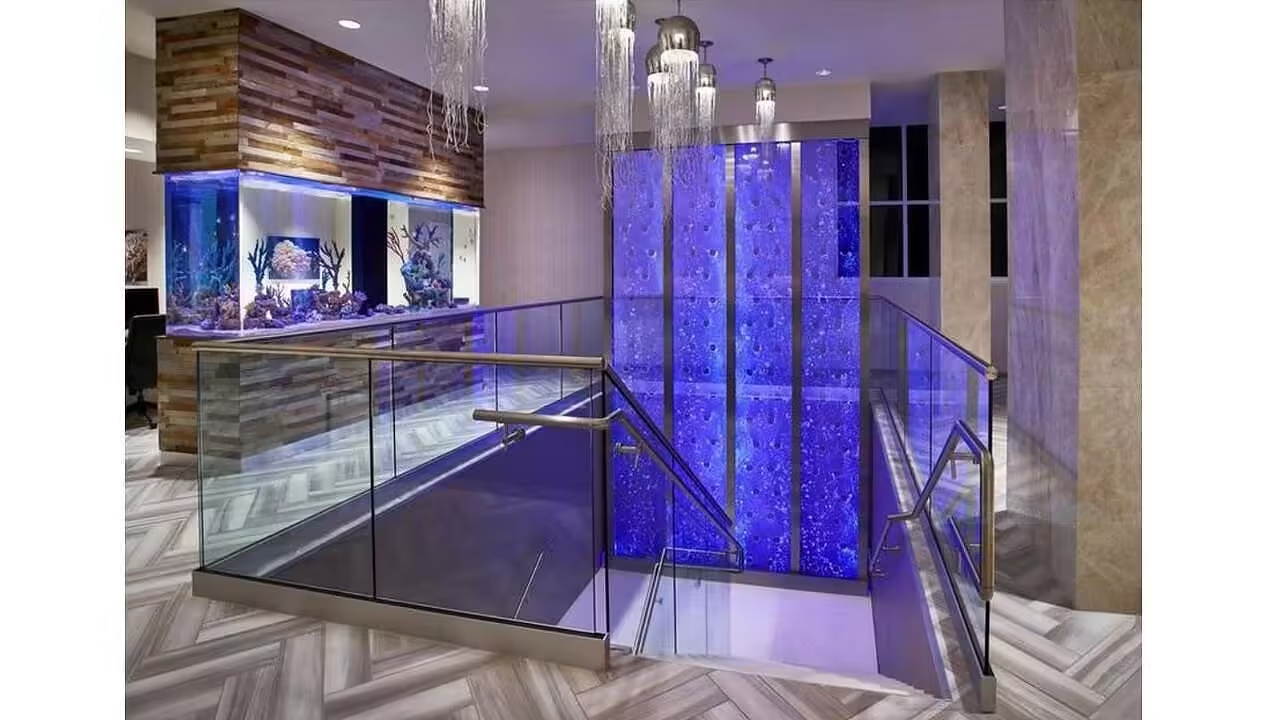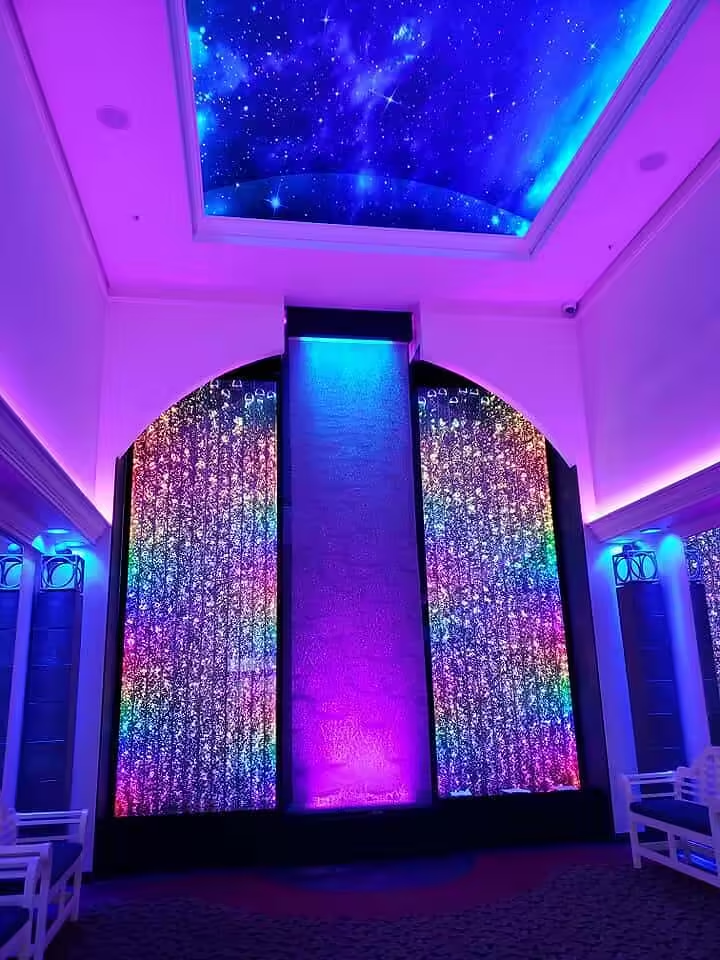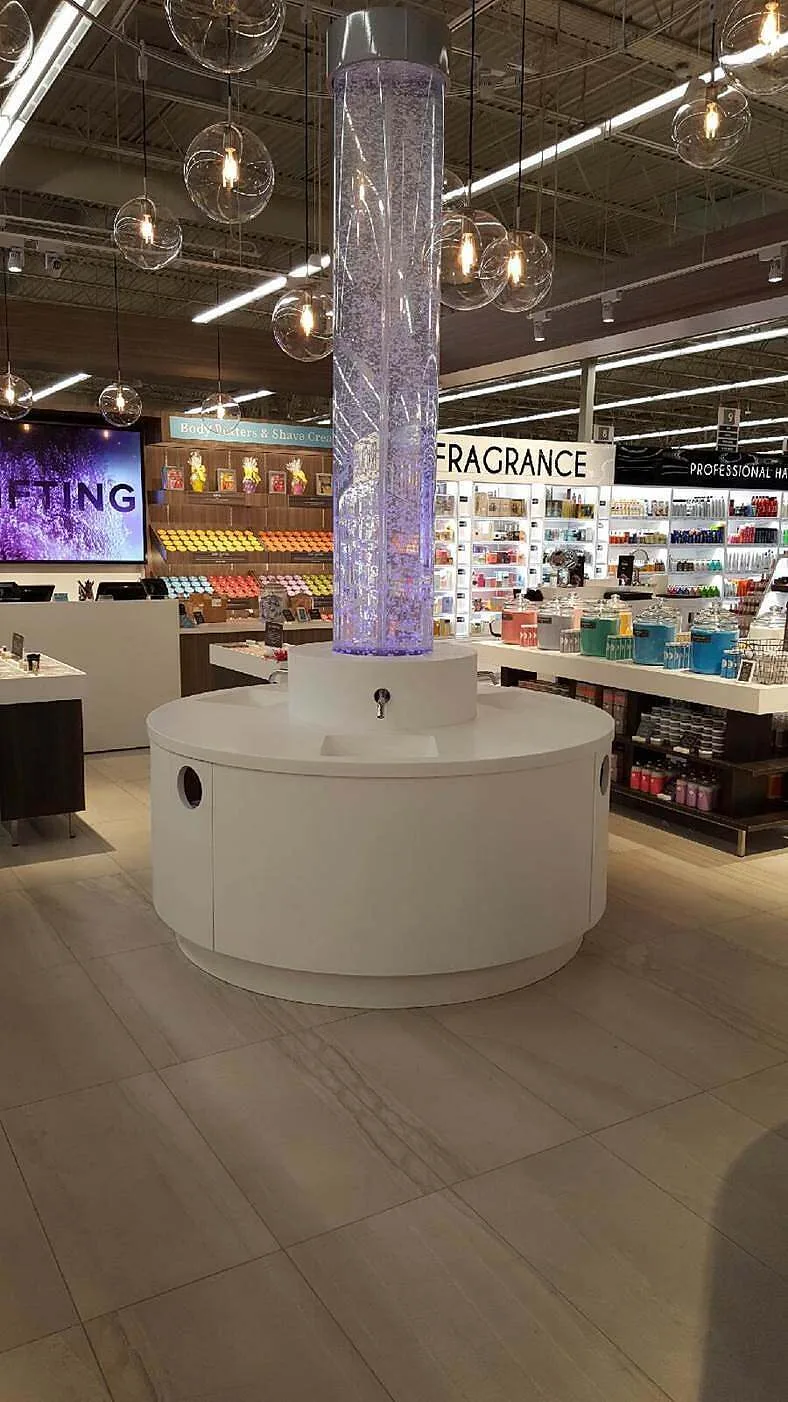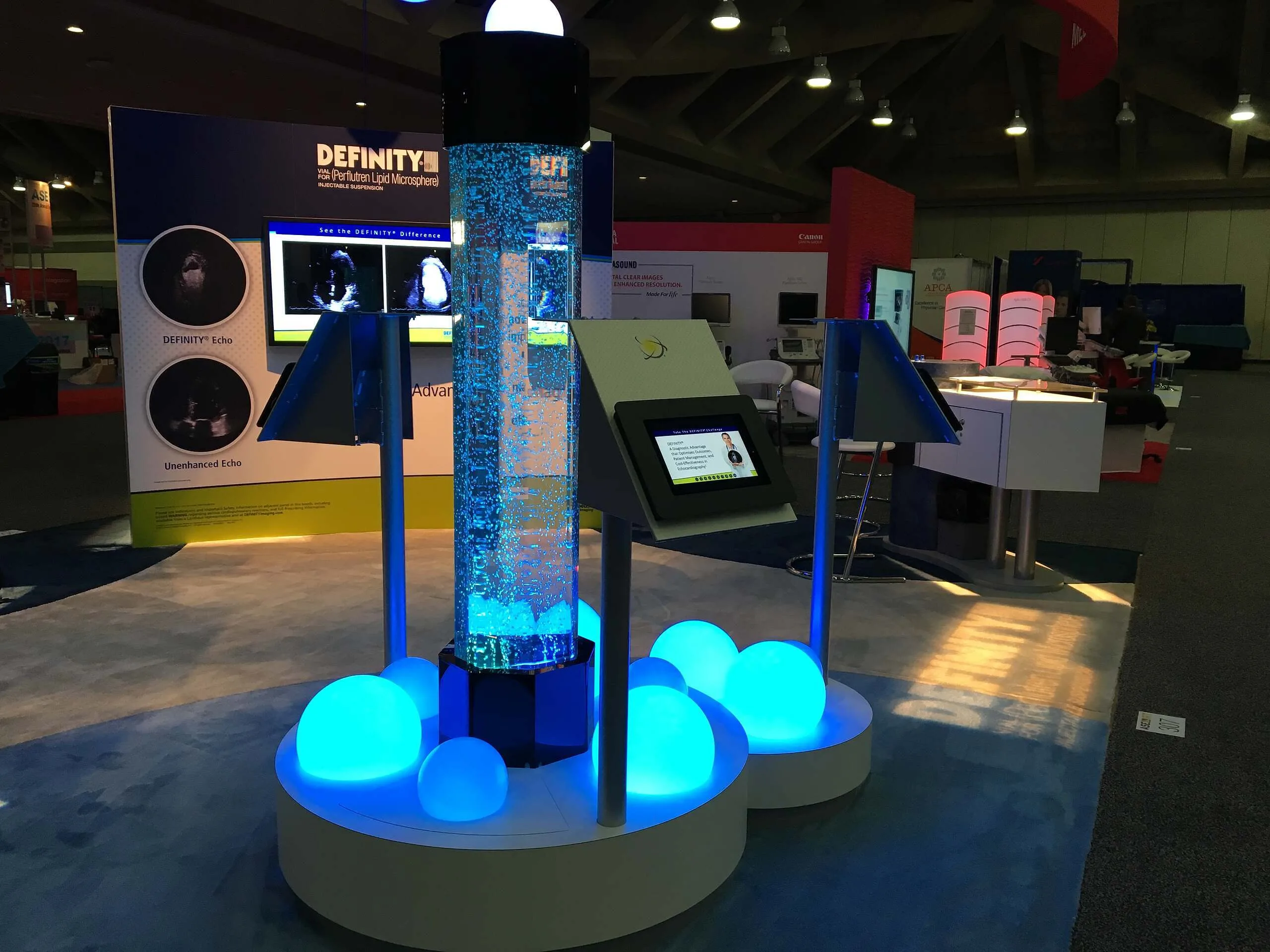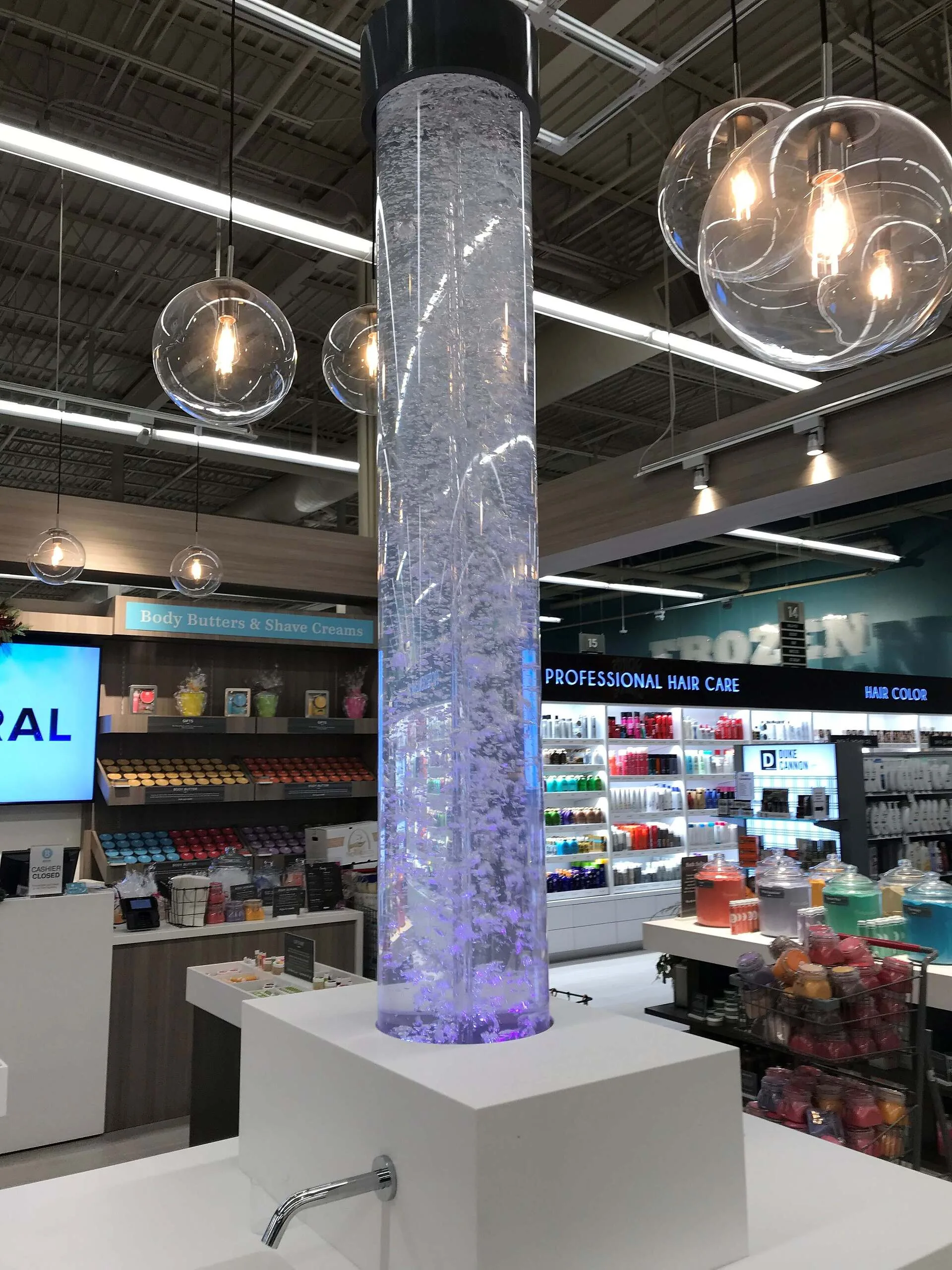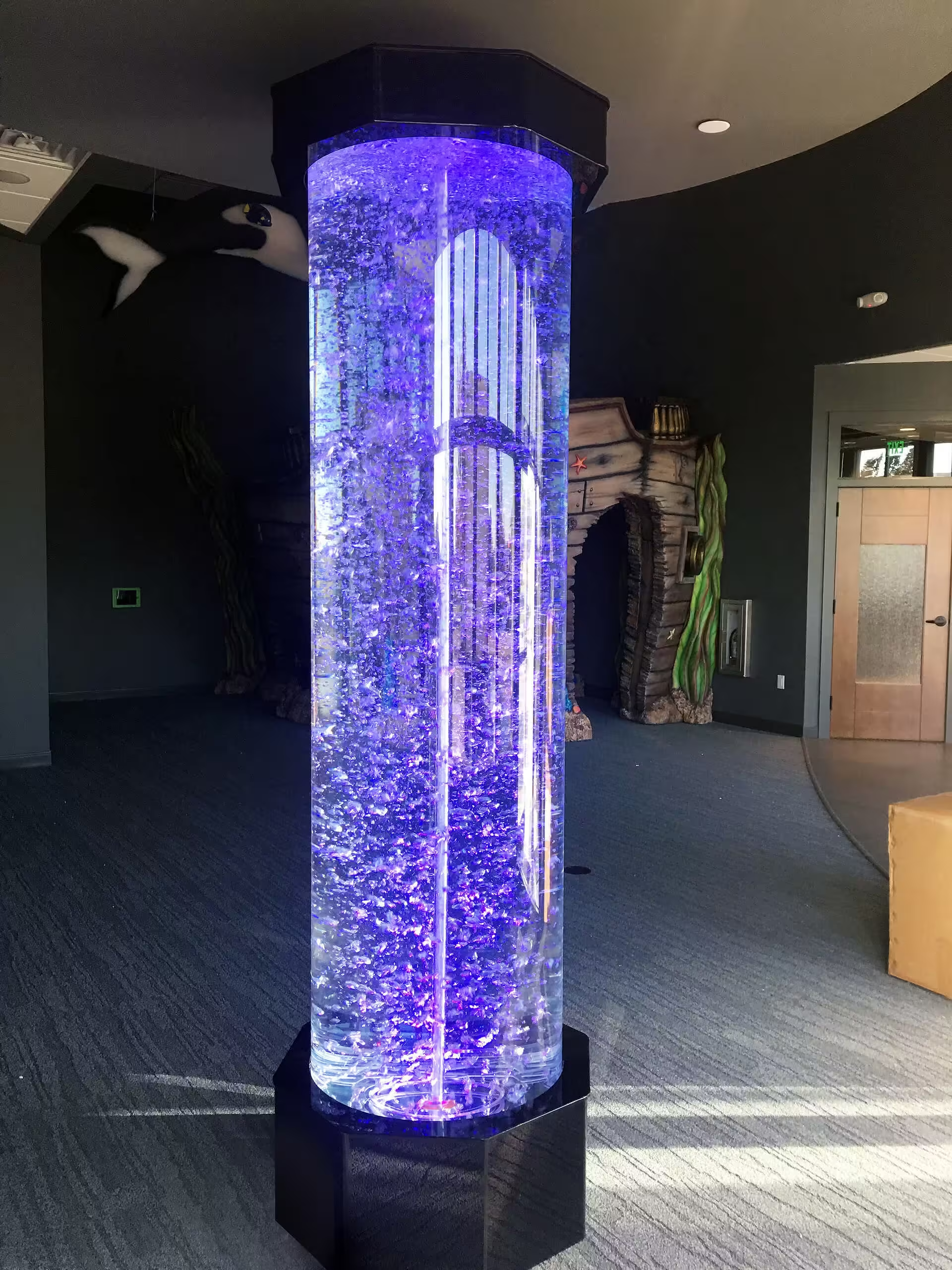Stunning Landscape Water Features to Elevate Your Yard
Table Of Contents:
- Landscape Water Fountains for Enchanting Outdoor Spaces
- Key Takeaways
- Understanding the Allure of Landscape Water Fountains
- Choosing the Right Landscape Water Fountain for Your Space
- Popular Types of Landscape Water Fountains
- Guidelines for Fountain Installation in Outdoor Spaces
- Maintaining Your Landscape Water Fountain
- Creative Ways to Style Your Landscape Water Fountain
- Conclusion
Landscape Water Fountains for Enchanting Outdoor Spaces
Are you having trouble designing an outdoor area that stands out? This post explores landscape water fountains for enchanting outdoor spaces while covering key areas such as selecting the right fountain, common fountain types, and installation guidelines. Readers will learn practical steps to solve styling challenges and create appealing, relaxing settings. The guidance aims to simplify planning and maintenance, offering solutions that match their design goals.
Key Takeaways
- water features upgrade outdoor spaces with style and practicality
- water fountains offer both aesthetic and environmental benefits in outdoor design
- careful installation and maintenance ensure the fountain operates safely and reliably
- integrating lighting, plants, and decorative elements improves outdoor space appeal
- material and design considerations support efficient water usage and sustainability
Understanding the Allure of Landscape Water Fountains

Modern water features upgrade outdoor spaces by blending style with practicality. Landscape water not only boosts visual appeal but also fosters a calm setting with soothing flow. Incorporating proper lawn sprinkler installation and lawn sprinkler system installation practices ensures healthy soil and pest control, demonstrating environmental benefits that extend the value of any outdoor design.
Benefits of Incorporating Water Features in Outdoor Spaces
A water fountain in a yard offers a practical element that creates a serene outdoor space and improves overall aesthetics. It supplies a dynamic contrast to the surrounding mulch and greenery, which assists in achieving a balanced visual appeal.
Water features contribute useful benefits for homeowners embracing xeriscaping and drought friendly landscaping principles. This approach optimizes water usage while supporting a thriving, low-maintenance environment, making outdoor areas both attractive and sustainable.
Designers frequently recommend a backyard waterfall landscape fountain kit as an effective method to integrate sound and motion into a space. This option serves as a focal point and complements the existing lawn design, ultimately meeting the need for a functional and appealing outdoor setting.
Enhancing Aesthetic Appeal With Landscape Water Fountains
The integration of a landscape water fountain emphasizes design balance and serves as a practical complement to a modern landscape sprinkler system, reducing erosion along the lawn and framing shrubs within a coherent xeriscape. This strategic feature creates visual layers and distinguishes outdoor spaces with a well-defined focal point:
- Minimizes soil loss on sloped areas
- Highlights the structure of surrounding shrubs
- Complements the precision of a landscape sprinkler system
- Supports water efficiency in xeriscape installations
Homeowners seeking to refine outdoor settings gain value from a fountain that reinforces the organized layout of their yard. The water element not only refreshes the overall ambiance but also works in concert with a landscape sprinkler system to keep the lawn healthy, contributing to consistent maintenance and aesthetic harmony.
Design professionals observe that incorporating a water fountain enhances outdoor design by creating visual interest and a soothing atmosphere. The addition of strategic water features supports effective water management practices, reinforces the proper arrangement of shrubs, and meshes well with xeriscape principles, offering a practical solution that meets both functional and decorative needs.
Creating a Serene Atmosphere With Flowing Water
Flowing water brings a calm ambience to outdoor areas while supporting a design that is both modern and sustainable. Professionals often incorporate water wise landscaping practices to ensure that the environment remains balanced and efficient. The design allows the natural flow to complement the surrounding landscape and provide a peaceful refuge.
This method integrates efficient techniques such as drip irrigation for targeted hydration, an aquascape spillway bowl to add a unique design element, and rainwater harvesting to support eco-friendly practices in the overall landscape:
- Water wise landscaping for efficient water use
- Drip irrigation to precisely water plants
- Aquascape spillway bowl to create visual interest
- Rainwater harvesting to promote environmental sustainability
The strategic incorporation of flowing water transforms the outdoor space by addressing common maintenance challenges and providing a soothing atmosphere. Designers recommend these practices to achieve a layout that effectively balances functionality with aesthetics, proving that blending modern techniques with natural elements can yield a harmonious outdoor environment.
The Environmental Benefits of Landscape Water
Landscape water fountains boost water efficiency and contribute to a sustainable outdoor environment in any backyard. Their design supports water conservation goals while providing an attractive focal point that complements the overall landscape design. This method offers a practical solution for homeowners seeking to reduce water usage without sacrificing style.
Using landscaping garden fountains in a low water landscaping setup provides environmental benefits that extend beyond simple aesthetics. The incorporation of flowing water encourages conscious water usage and supports a refreshed outdoor setting. This approach meets both functional needs and design goals, creating a balanced space that remains visually appealing.
The integration of water efficient landscaping features in outdoor projects promotes resource conservation while enhancing overall curb appeal. Experts note that an intelligently planned backyard with effective water management practices can reduce waste and maintenance efforts. The strategic use of sustainable elements results in a more responsible and attractive outdoor living area.
The magic of water features leaves a clear mark on any outdoor space. Now comes the guide to picking a piece that fits your design and stands strong in your garden.
Choosing the Right Landscape Water Fountain for Your Space

Assessing available space ensures an ideal spot for a fountain that complements a patio or garden design. Selecting styles, such as a bird bath option, and considering size and materials are key to conserving water and achieving balance. Locating landscape fountains near me helps homeowners find tailored choices that fit their overall outdoor design.
Assessing Available Space for Fountain Installation
Evaluating space for a fountain installation requires a careful review of the overall layout, ensuring that the placement works well with the existing landscape design and natural wind patterns. This process also involves considering any fee associated with permits and installation, which helps determine the most practical location for the feature.
Experts advise that room must be left for a drought tolerant landscape to flourish alongside the water fountain while reducing water waste. Local initiatives may offer a rebate to offset the fee for eco-friendly installations, further supporting sustainable outdoor practices.
Planning the location with a focus on space, wind, and overall landscape design benefits both aesthetics and functionality. A thorough assessment aids in preventing future challenges and ensures that the water feature harmonizes with the overall outdoor environment.
Selecting Fountain Styles That Complement Your Landscape
Design experts note that the selection of fountain styles significantly influences the overall outdoor ambiance while complementing existing elements such as the texture of bark and natural landscaping. Landscape fountains paired with appropriate yard water features can seamlessly integrate into an outdoor setup, adding a refined and balanced touch.
Industry professionals advise that choosing the right style involves monitoring several key details to ensure that the fountain suits both visual appeal and functionality. These considerations prove vital for maintaining a drought resistant landscape and supporting landscaping to divert water from house:
- Material selection that withstands weather extremes
- Design compatibility with existing yard water features
- Incorporation of natural elements like bark for texture
- Planning techniques that support a drought resistant landscape
- Approaches that facilitate landscaping to divert water from house
Consulting practical examples from successful projects allows homeowners to appreciate how different fountain styles can complement a range of outdoor settings. Landscape fountains and yard water features that echo the natural surroundings offer improved functionality while addressing environmental and maintenance concerns effectively.
Considering Fountain Size and Scale for Balance
When assessing outdoor features, professionals emphasize that the fountain‘s scale should harmonize with nearby elements. A carefully sized water fountain meets both aesthetic and functional requirements in settings that incorporate slate accents and rain garden installations.
Design experts recommend that the fountain‘s dimensions work in tandem with existing irrigation systems and construction projects to achieve visual balance and efficiency:
- Evaluate the fountain’s footprint relative to surrounding elements
- Incorporate slate details that enhance durability and style
- Integrate with irrigation planning and a structured design program
- Balance the feature with rain garden components for a cohesive landscape
Attention to scale ensures that the fountain complements rather than dominates the overall design. Practitioners note that aligning size with construction methods and irrigation efficiency results in an outdoor space that is both attractive and sustainable.
Exploring Material Options for Durability and Design
Industry experts assess material choices that promise both durability and refined design for an outdoor water garden. Using robust options that incorporate gravel and resilient stone helps withstand challenges posed by drought while supporting smooth landscape irrigation. Horticulture experts support these selections to maintain beauty and longevity.
Material selection plays a crucial role in achieving balanced aesthetics and functionality:
- Gravel provides a robust base that supports structural stability.
- Horticulture principles guide the placement of plants around the water garden.
- Drought-resistant materials reduce water consumption and maintenance.
- Landscape irrigation systems work harmoniously with these materials to ensure efficient water distribution.
Design professionals recommend material options that integrate seamlessly with existing outdoor elements. They note that combining premium components with innovative design supports a water garden that meets both practical and visual standards in horticulture and landscape irrigation applications.
A well-chosen water fountain sets a solid tone for any space. Next come several proven designs that add substance and style across outdoor settings.
Popular Types of Landscape Water Fountains

Freestanding fountains mix bold design with a reliable pump, while wall fountains offer a compact, elegant solution for a courtyard or deck. Garden fountains seamlessly blend outdoor water elements with natural environments, and tiered fountains create striking, dynamic flows enhanced by subtle lighting. Each style provides practical insights for a refined outdoor setting.
Freestanding Fountains to Make a Bold Statement
Freestanding fountains offer an impressive focal point for outdoor spaces, integrating seamlessly with a nearby wall or retaining wall to enhance the overall beauty of the area. Their design allows a clear view of dynamic elements such as a koi pond, offering both visual and audible appeal. The unique blend of sight and sound provides an engaging experience for visitors.
Experts observe that these fountains bring balance to any design by serving as a central feature amid landscaped areas. When positioned near a retaining wall, the water feature works well with natural surroundings, including the serene setting of a koi pond. The interplay of sight and sound contributes to a relaxed ambiance that meets practical outdoor needs.
Installation of freestanding fountains often incorporates careful planning to ensure they complement adjacent elements like a wall and retaining wall. The placement near natural highlights, such as a koi pond, underscores the design’s modern appeal while delivering compelling sight and sound experiences. Designers recommend this approach for creating a robust and attractive outdoor setting.
Wall Fountains for Compact and Elegant Design
Wall fountains serve as an ideal addition for spaces demanding a compact water feature for front yard appeal, combining efficient design with a refined style. Their structure often integrates elements such as an urn design and wood accents that blend seamlessly with any hardscape environment.
Industry professionals stress that a wall fountain with a spillway bowl fountain design provides both aesthetic charm and practical benefits in outdoor layouts:
| Feature | Benefit | Application |
|---|---|---|
| Urn Design | Creates a classic look | Perfect for front yard installations |
| Wood Accents | Add warmth and natural texture | Complements various hardscape settings |
| Spillway Bowl Fountain | Ensures a smooth water flow | Enhances visual appeal and sound |
Experts appreciate that wall fountains combine clean lines with functional artistry, making them a valuable asset for creating a balanced outdoor space. Their design accommodates both the modern hardscape and natural elements, ensuring a straightforward yet stylish solution for everyday use.
Garden Fountains That Integrate With Natural Landscape
Garden fountains merge natural elements with refined design to create appealing outdoor areas. This type of landscape water feature complements surrounding greenery while supporting efficient water usage. Experts note that integrating these elements helps homeowners achieve a balanced outdoor presentation using landscaping and water features that are both practical and visually pleasing.
Specialists observe that carefully chosen garden fountains work well with existing soil and plant arrangements, maintaining a clear connection between water elements and natural surroundings. The inclusion of these landscape water features provides a straightforward method to improve outdoor settings without extensive modification. Established design practices recommend integrating these practical features to achieve a cohesive and attractive space.
Practical experience shows that garden fountains contribute to environmental stability while offering a unique focal point in backyard projects. The careful use of landscaping and water features supports systems that manage water more efficiently and reduce maintenance demands. Designers advise homeowners to consider these adaptable elements for enhancing overall outdoor usability and visual appeal.
Tiered Fountains for Dynamic Water Flow
Tiered fountains offer a striking instance of dynamic water flow that enhances outdoor spaces. The cascading layers of water create a visually engaging pattern that draws attention to the design while establishing a calming presence.
Design professionals note that tiered fountains integrate well with various styles of landscape water fountains. Their structured flow supports a balanced outdoor layout and works effectively with modern garden designs.
Homeowners and designers appreciate the practicality of tiered fountains for achieving both aesthetic appeal and functional water movement. Their ability to provide a rhythmic, cascading effect makes them a versatile choice for enhancing any outdoor setting.
The designs stand out with their straightforward appeal and clear style. Next, practical tips for placing these features outdoors offer a way to bring this look to life.
Guidelines for Fountain Installation in Outdoor Spaces

Guidelines include assessing site layout and optimizing fountain placement, evaluating plumbing and electrical needs, planning drainage and maintenance access, and ensuring safety with proper setup. These points support effective landscape water fountain installation and help create enchanting outdoor spaces, providing practical insights that connect detailed strategies with functional design benefits.
Site Preparation and Fountain Placement Strategies
The initial phase of fountain installation involves careful site preparation to ensure a stable base and proper integration with the surrounding environment. Professionals recommend evaluating soil composition and checking drainage conditions to support landscape water fountains effectively.
Assessing the layout and identifying potential obstacles are crucial steps to guarantee a seamless installation process:
| Step | Description |
|---|---|
| Site Evaluation | Check soil stability and drainage to support the fountain structure. |
| Location Analysis | Identify areas that complement the overall outdoor design and natural airflow. |
| Utility Planning | Verify access points for plumbing and electrical systems. |
Effective placement of a water feature requires a detailed review of spatial planning and environmental factors. Experts note that aligning the fountain with existing outdoor elements and practical irrigation routes supports both beauty and efficiency in landscape installations.
Plumbing and Electrical Considerations for Fountains
Fountain installations require precise electrical wiring to safeguard pump operations in outdoor spaces. Experts stress verifying voltage ratings and proper grounding when integrating landscape water fountains with existing power systems.
Plumbing considerations for fountains center on selecting durable pipes and fittings that meet water pressure demands. Professionals recommend using quality components to ensure a steady water flow and prevent leaks during regular maintenance.
Industry specialists advise scheduling inspections to confirm that both electrical wiring and plumbing systems comply with current standards. Homeowners benefit from expert evaluations that help prevent future issues while sustaining a reliable and attractive outdoor display.
Ensuring Proper Drainage and Maintenance Access
Proper drainage plays a critical role in securing the longevity of a landscape water fountain. Professionals install effective drainage systems to divert excess water away from structural elements, ensuring the fountain remains in optimal condition. This careful planning supports long-term performance and minimizes potential water-related issues.
Easy access for maintenance is vital for sustaining the fountain‘s operational quality. Experts design service areas that allow quick inspections and simple repairs while safeguarding surrounding features. These maintenance pathways contribute to a hassle-free upkeep schedule, keeping the installation efficient and reliable.
Strategically planning drainage and access improves both functionality and user satisfaction. Designers integrate drainage channels and service openings seamlessly into the overall layout, emphasizing a clean and organized outdoor space. This method not only addresses immediate technical needs but also reduces future repair efforts and associated costs.
Enhancing Safety With Proper Fountain Setup
Experts emphasize that a secure fountain setup contributes to the overall appeal and functionality of landscape water fountains in any outdoor space. Proper installation practices involve verifying structural stability and accurate wiring to ensure that installations meet all safety responsibilities.
Professionals recommend a thorough review of electrical connections and plumbing details before the feature goes live:
- Confirm voltage compatibility with local standards
- Secure all mounting hardware firmly
- Ensure clear access to service components
- Integrate safety shutoffs for electrical systems
Specialists also suggest regular maintenance and inspections to identify potential issues early. These proactive steps help maintain a safe and attractive water feature while minimizing risks and upkeep concerns.
The installation instructions set the stage for a sturdy feature in the open air. Maintaining the fountain now keeps its crisp, refreshing charm alive in the landscape.
Maintaining Your Landscape Water Fountain

This section outlines regular cleaning routines for lasting beauty, seasonal maintenance tips to protect fountains, methods for reducing algae and debris buildup, and steps for verifying pump functionality and water quality. Homeowners can use these practical guidelines to maintain a striking, efficient outdoor water feature that elevates the charm of their landscape.
Regular Cleaning Routines for Maximum Beauty
Routine cleaning plays a critical role in preserving the pristine look of a landscape water fountain and ensuring efficient functionality. Professionals advise regular removal of debris and buildup to maintain clear water flow and consistent performance.
Experts recommend using mild cleaning agents and safe techniques to gently scrub surfaces and prevent algae growth. This approach protects the delicate components of the fountain while enhancing the outdoor space’s overall beauty.
Maintaining a scheduled cleaning routine not only supports visual appeal but also extends the fountain‘s lifespan. Design professionals observe that a consistently cleaned fountain contributes to a healthier outdoor environment and simplifies long-term upkeep efforts.
Seasonal Maintenance Tips to Protect Fountains
Seasonal maintenance requires a careful review of fountain components before weather extremes affect outdoor equipment. Professionals recommend shutting off the pump and reducing water volumes during colder periods to guard against freezing damage.
During spring, inspectors remove accumulated debris and assess water quality to ensure smooth operation. Technicians perform adjustments and test the pump to confirm that the fountain is fully prepared for warmer conditions.
In summer, designers monitor the pump and piping systems to curb potential leaks and blockages. Routine evaluations and cleaning help maintain consistent performance and preserve the fountain as a striking element in the outdoor space.
Addressing Common Issues Like Algae and Debris
Maintenance professionals recommend routine cleaning to remove algae and debris from a landscape water fountain. Regular brushing and the use of safe cleaning agents help keep the water clear and promote efficient pump operation.
Experts observe that inspecting fountain surfaces on a scheduled basis prevents buildup and reduces the risk of clogs in piping. Proper upkeep supports not only the fountain‘s appearance but also its long-term performance.
Specialists advise that employing targeted cleaning methods and monitoring water quality can address issues quickly. This proactive strategy ensures the fountain remains an attractive feature that enhances the overall outdoor space.
Ensuring Pump Functionality and Water Quality
Experts routinely inspect the pump components to ensure continuous operation of the fountain. They follow consistent maintenance routines that verify the pump’s performance and identify early signs of wear.
Technicians advise checking water quality regularly with simple in-house tests that assess clarity and chemical balance. Homeowners are encouraged to use practical methods, such as visual inspections and test kits, to monitor their installation:
- Conduct clarity checks
- Use chemical test kits
- Clean pump filters routinely
Maintenance professionals also replace worn parts promptly to support smooth water flow and reliable pump function. This approach effectively addresses routine challenges and contributes to a consistent, attractive outdoor water fountain display.
The careful work keeps the fountain in prime condition. Now it awaits fresh styling to bring new life to the landscape.
Creative Ways to Style Your Landscape Water Fountain

This section offers practical ideas for styling a landscape water fountain in outdoor spaces. It details incorporating lighting for evening ambiance, arranging plants and flowers around the feature, utilizing decorative stones and gravel for visual interest, and creating a themed space around the fountain design. These insights help craft an attractive and well-organized setting.
Incorporating Lighting for Evening Ambiance
Modern lighting techniques bring a refined touch to landscape water fountains by creating a gentle glow that enhances evening ambiance. The precise installation of LED lights amplifies the visual appeal while ensuring energy efficiency in outdoor spaces.
Experts recommend using a variety of lighting methods to elevate the atmosphere around water features. They suggest options such as solar-powered fixtures, LED spotlights, and accent lighting to produce a balanced effect that highlights both the water flow and surrounding elements:
- Solar-powered fixtures for eco-friendly operation
- LED spotlights for targeted illumination
- Accent lighting to emphasize design details
Industry professionals note that well-placed lights contribute to safety and usability while also adding a stylish aspect to the fountain‘s design. They advise homeowners to consider adjustable lighting systems that allow control over brightness and color to meet specific outdoor requirements.
Arranging Plants and Flowers Around the Fountain
Experts in outdoor design note that arranging plants and flowers around the fountain can bring a structured balance to any setting while drawing attention to key design features. This method integrates natural beauty with water elements to create a delightful outdoor space.
Landscape professionals carefully position seasonal blooms and lush greenery to complement the fountain‘s structure, ensuring that every plant contributes to the overall visual harmony and water efficiency objectives:
| Element | Suggestion | Benefit |
|---|---|---|
| Planter Boxes | Place symmetrically around the fountain | Reinforces design unity |
| Seasonal Flowers | Use complementary colors near water flow | Enhances focal aesthetics |
| Greenery | Intermingle with flowering plants | Improves overall landscape appeal |
Practitioners recommend selecting low-maintenance species and drought-tolerant varieties to ensure that the arrangement supports sustained beauty and efficient water use. This practical approach addresses common maintenance concerns while enriching the outdoor environment with vibrant natural accents.
Utilizing Decorative Stones and Gravel for Visual Interest
Decorative stones and gravel create a refined border around a landscape water fountain, offering texture and visual appeal to outdoor spaces. Professionals advise this method to underline the fountain’s design, improve drainage, and complement surrounding features:
| Element | Application |
|---|---|
| Decorative Stones | Frame the fountain base to boost aesthetic appeal |
| Gravel | Facilitate water flow and support an even design layout |
| Integration | Combine with other outdoor elements for a cohesive look |
Using a consistent set of decorative stones not only defines the fountain’s perimeter but also connects various landscape elements smoothly, making maintenance simpler and the overall design more organized. Experts report that such arrangements serve as reliable solutions for both style and practicality.
Incorporating gravel complements the fountain by adding a subtle texture and ensuring proper water drainage to avoid puddling. Industry professionals support using varying sizes of gravel to achieve a layout that meets functional requirements while maintaining a refined visual appeal.
Creating a Themed Space Around Your Fountain Design
Experts advise that creating a themed space around a fountain design helps integrate visual elements for an enchanting outdoor setting. Designers recommend combining coordinated decor and carefully chosen accents to build a unified look that complements landscape water fountains.
Themed space planning includes key details that make the fountain area stand out:
- Coordinated lighting that suits the overall design
- Matching hardscape materials that reflect the chosen style
- Selected planters and decorative elements that unite the space
Industry professionals suggest that practical layout planning and a refined color palette contribute to creating a balanced themed space. This method addresses design challenges while ensuring that the outdoor area remains both attractive and functional.
Conclusion
Landscape water fountains transform outdoor areas into inviting spaces that blend functionality with refined style. They support water conservation and low-maintenance design while offering a dynamic centerpiece that accents natural surroundings. Homeowners benefit from improved water efficiency and a balanced visual structure when incorporating these features. The careful integration and upkeep of water elements significantly amplify outdoor living experiences and visual appeal.




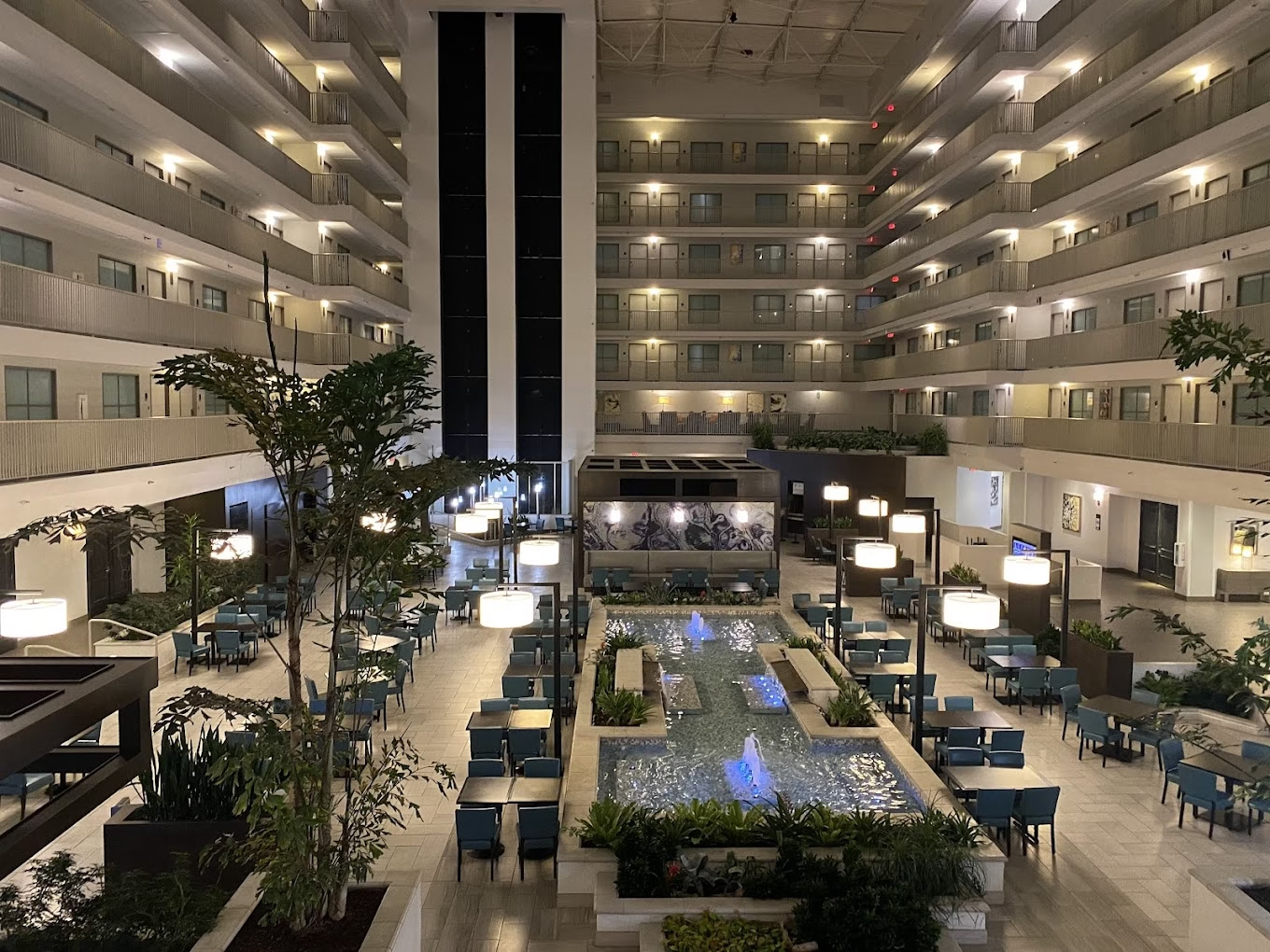




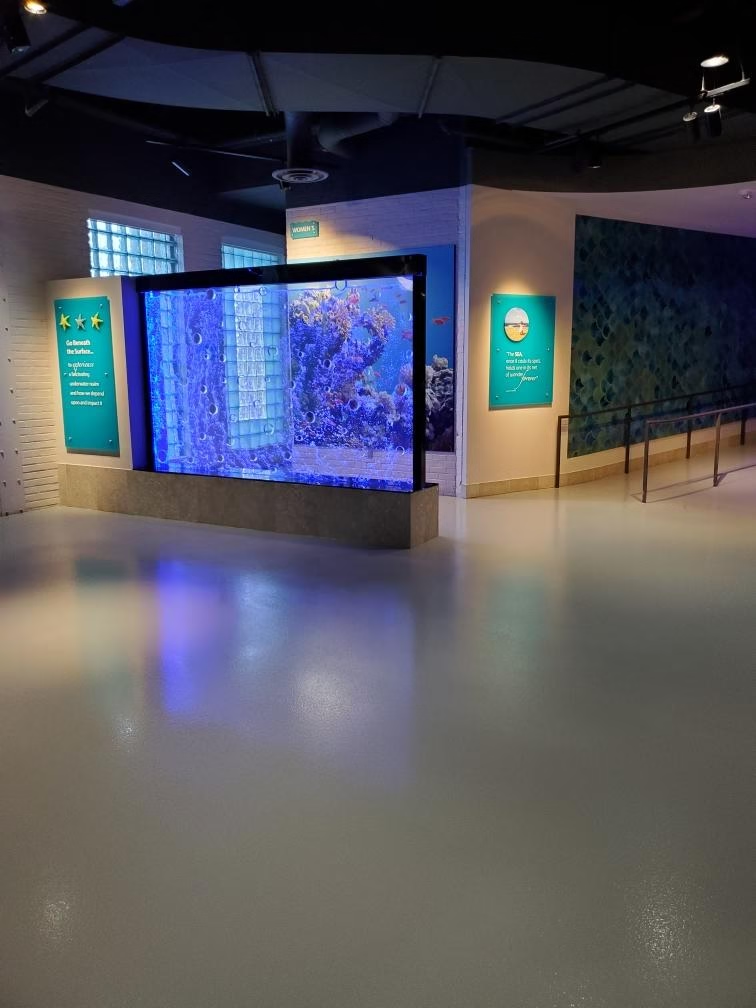








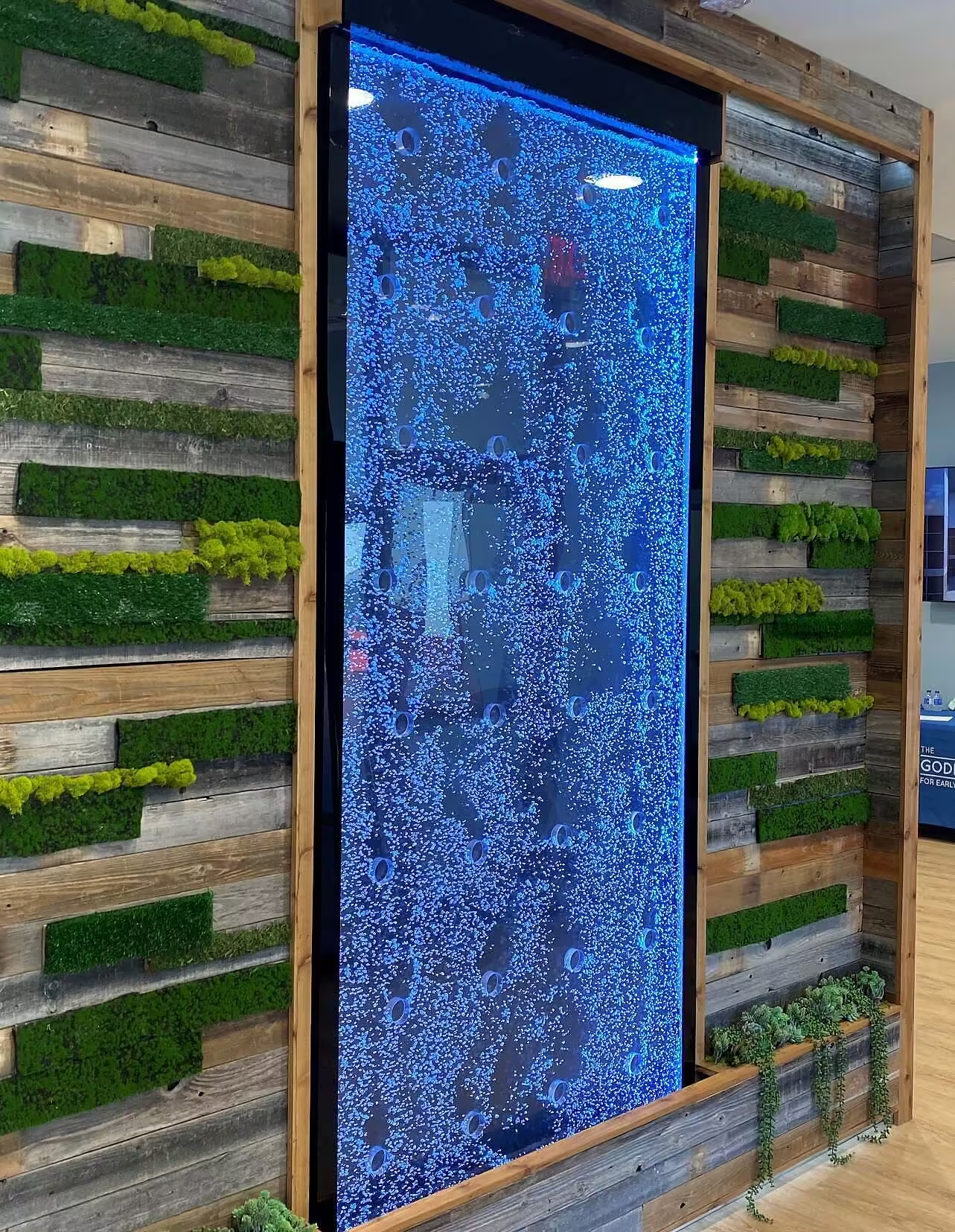

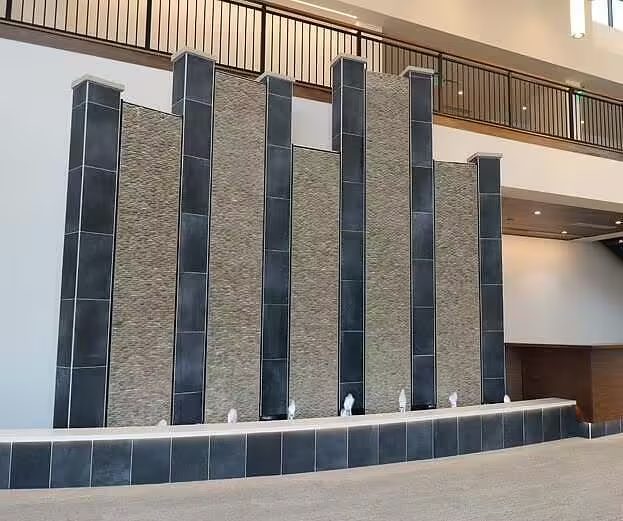
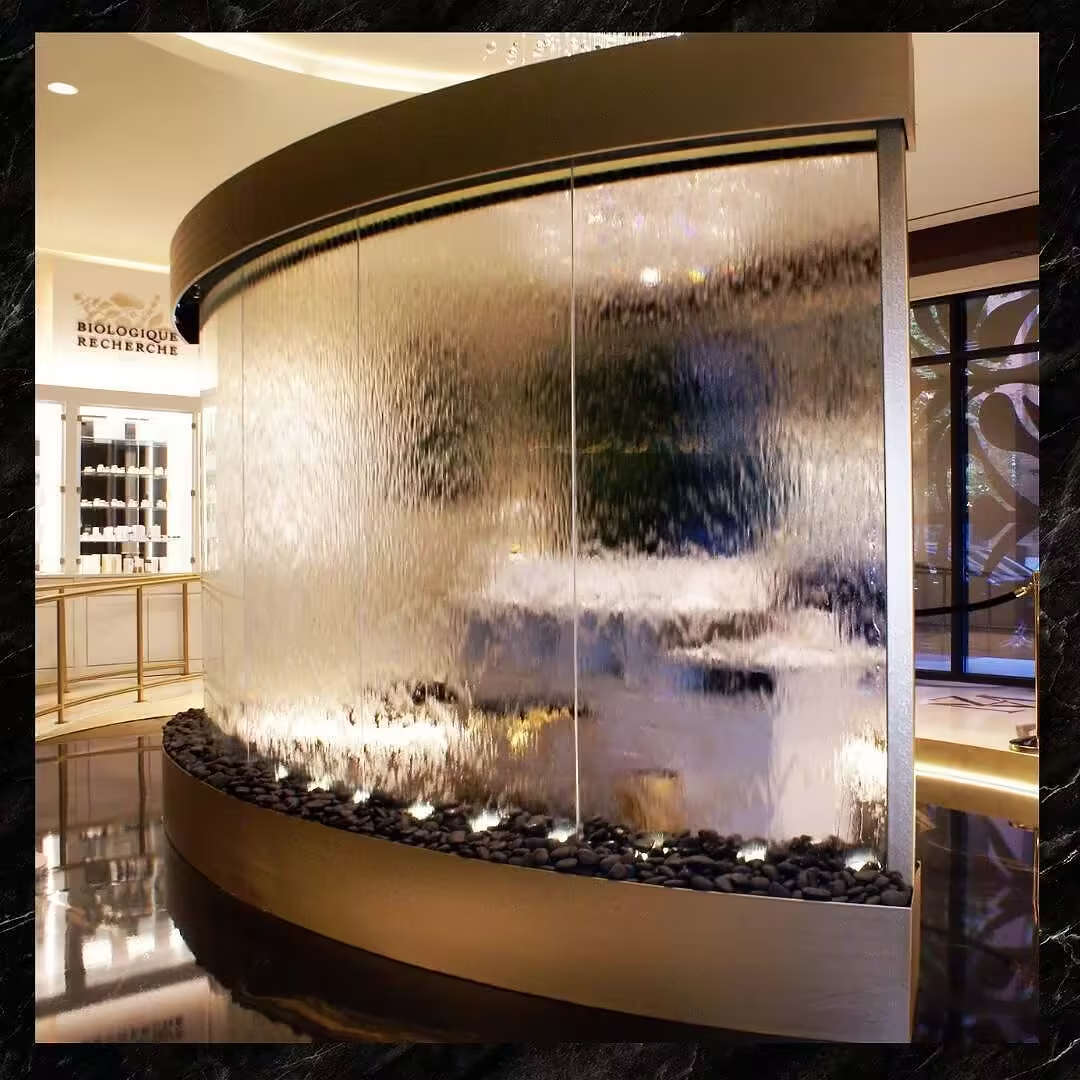




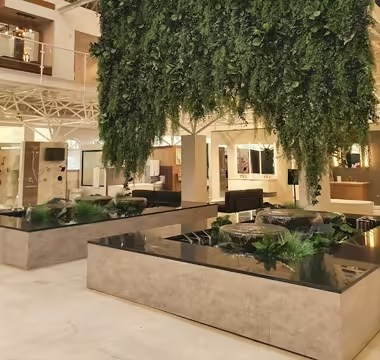
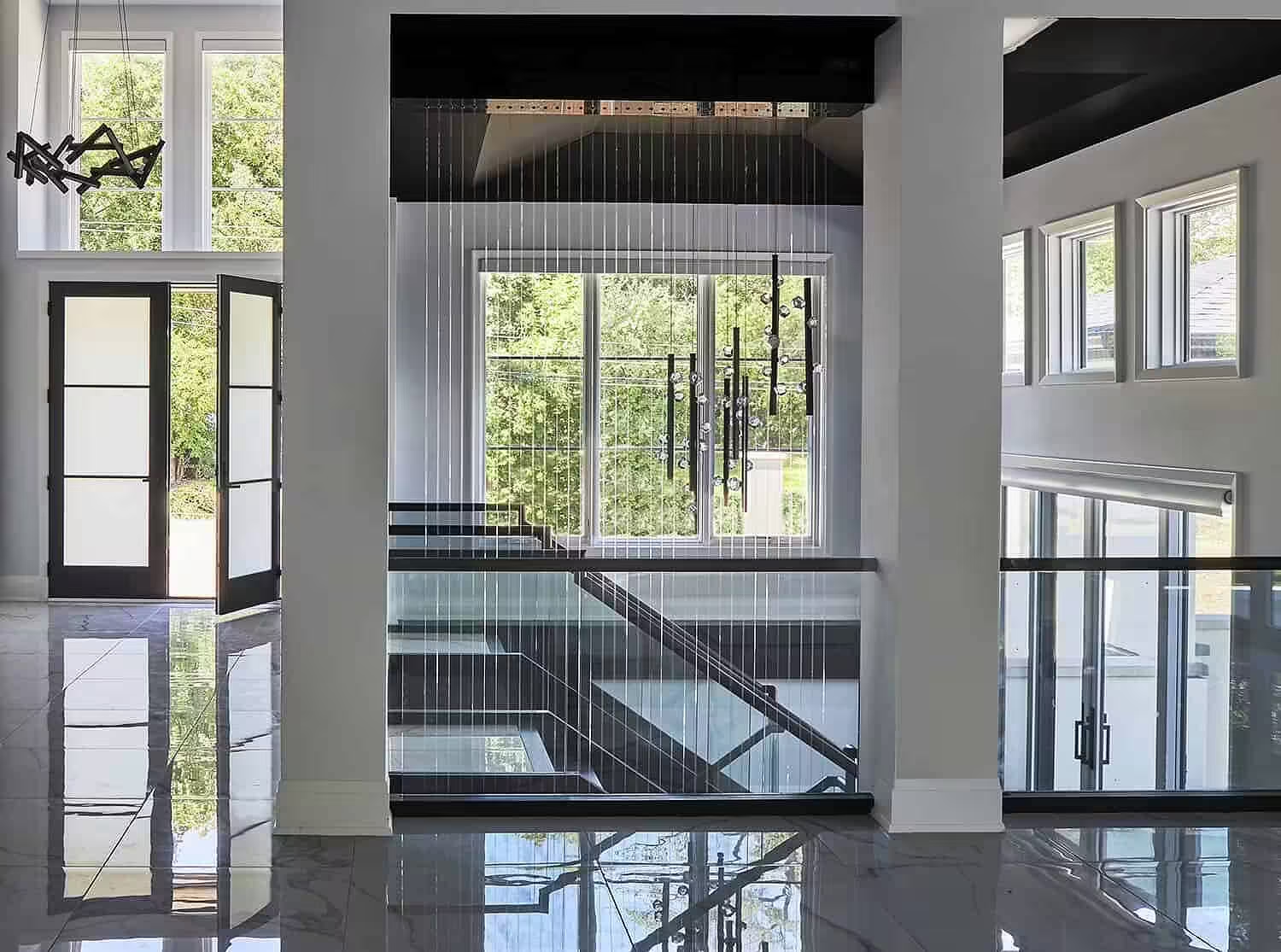
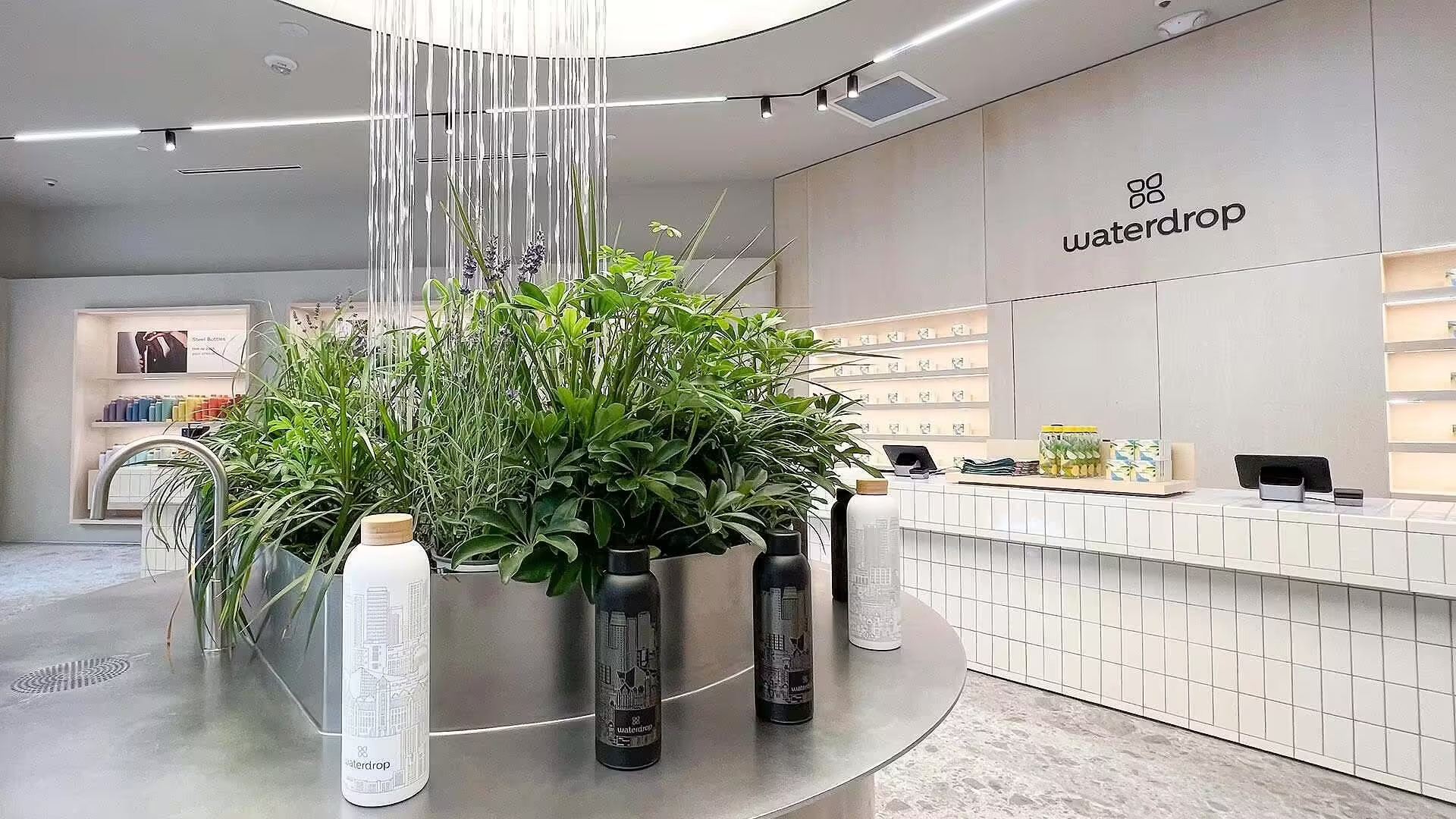



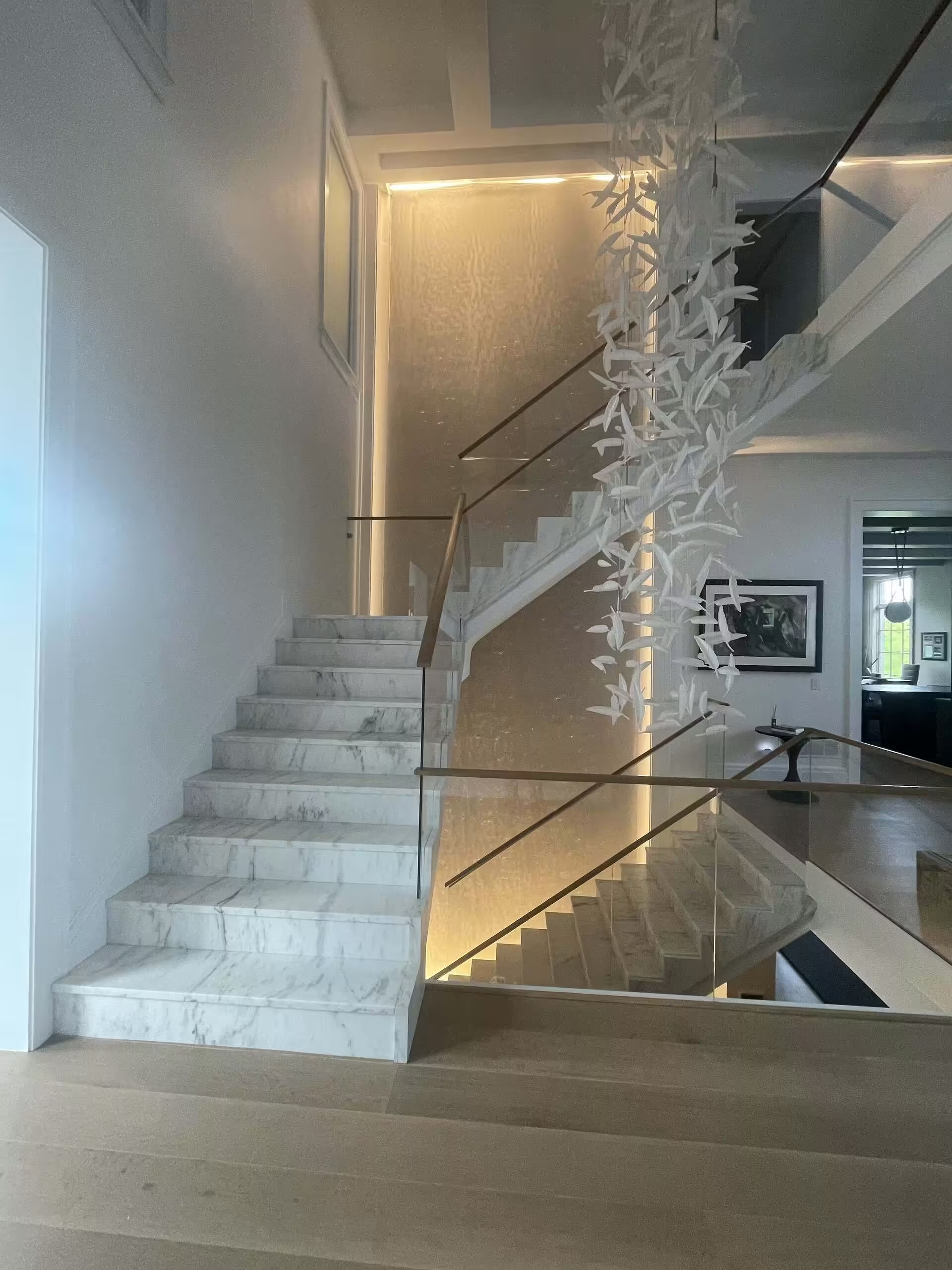


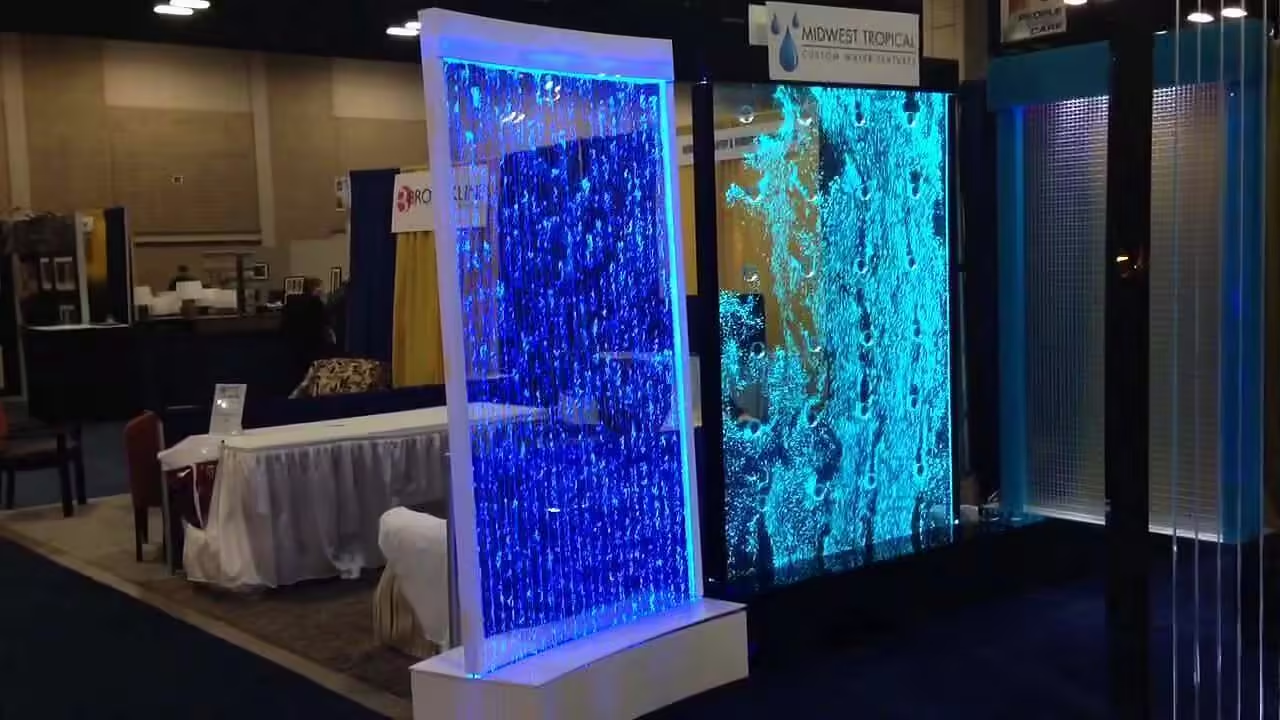
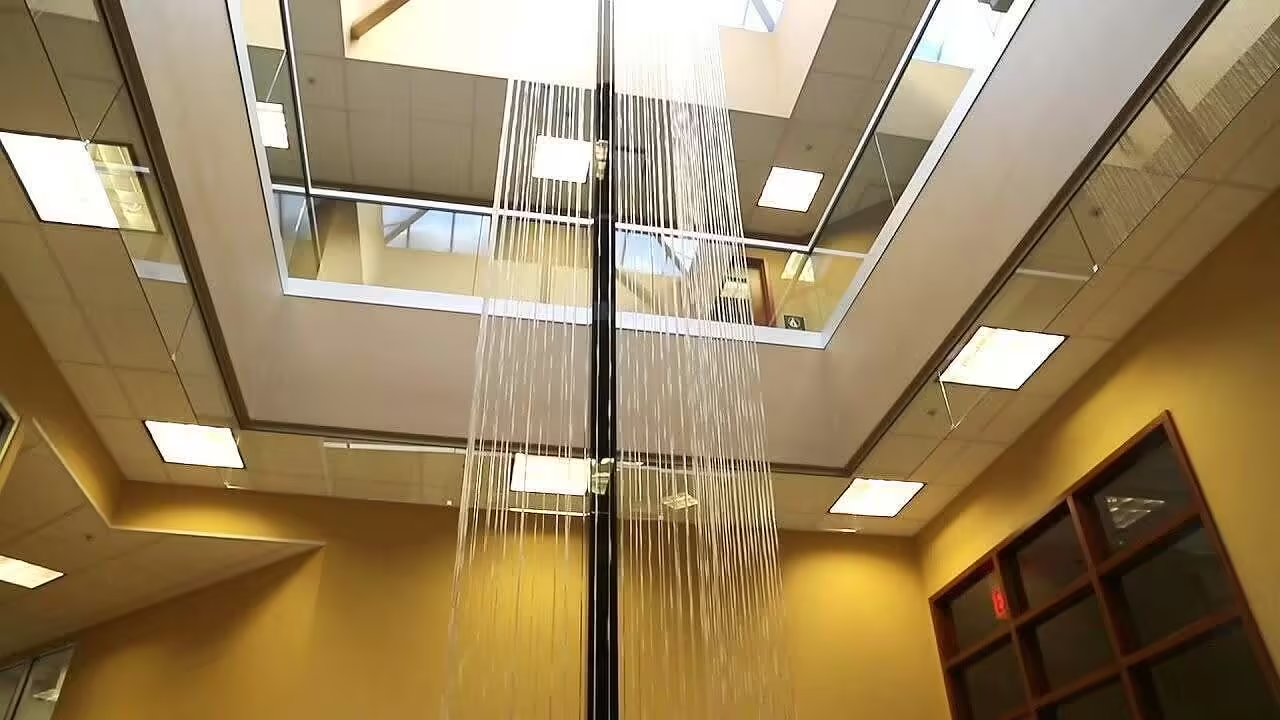
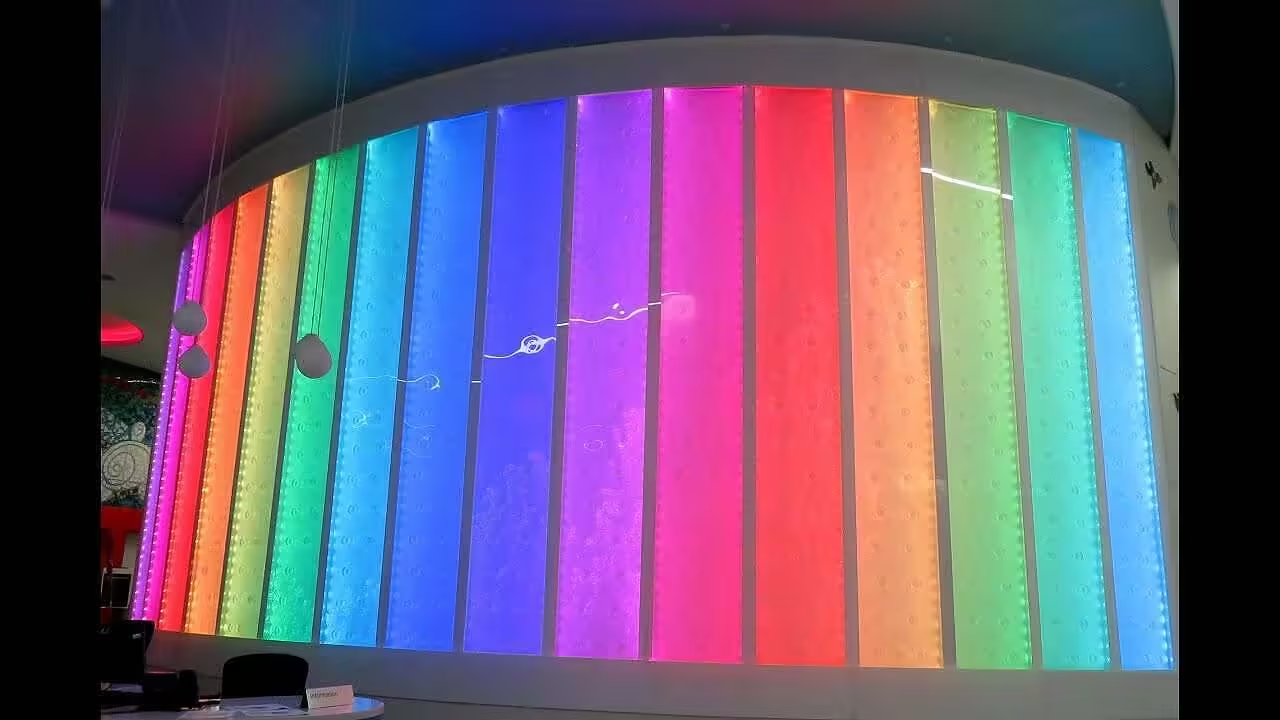


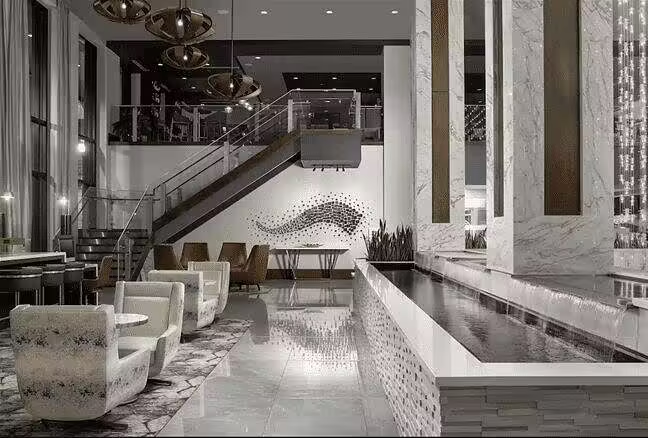




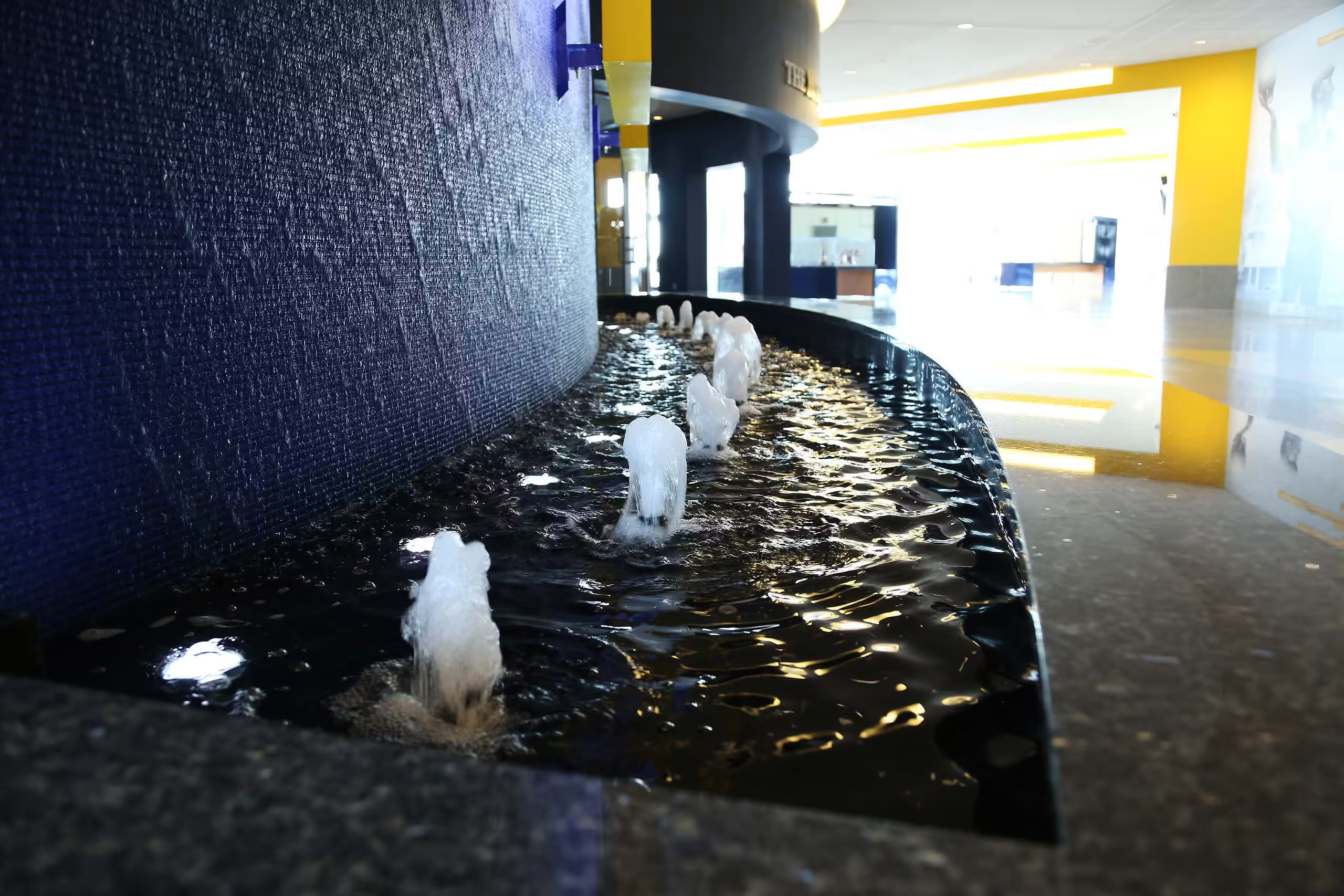

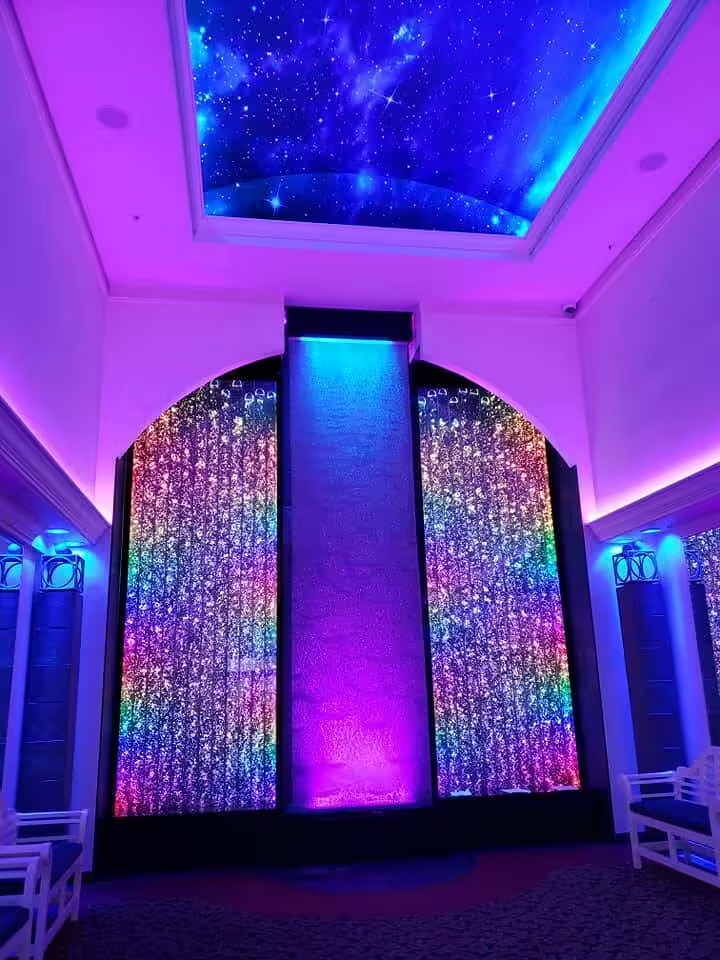

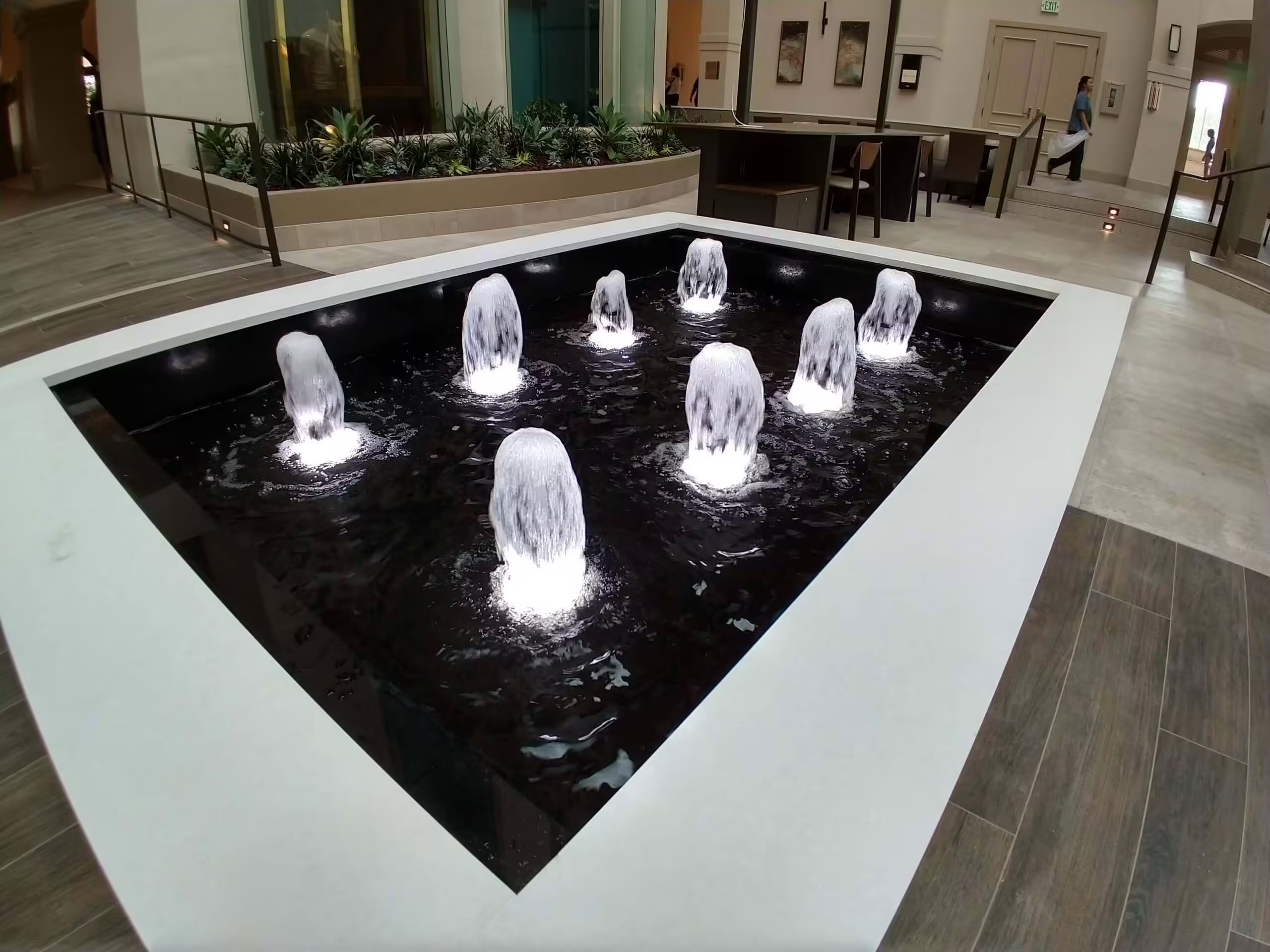
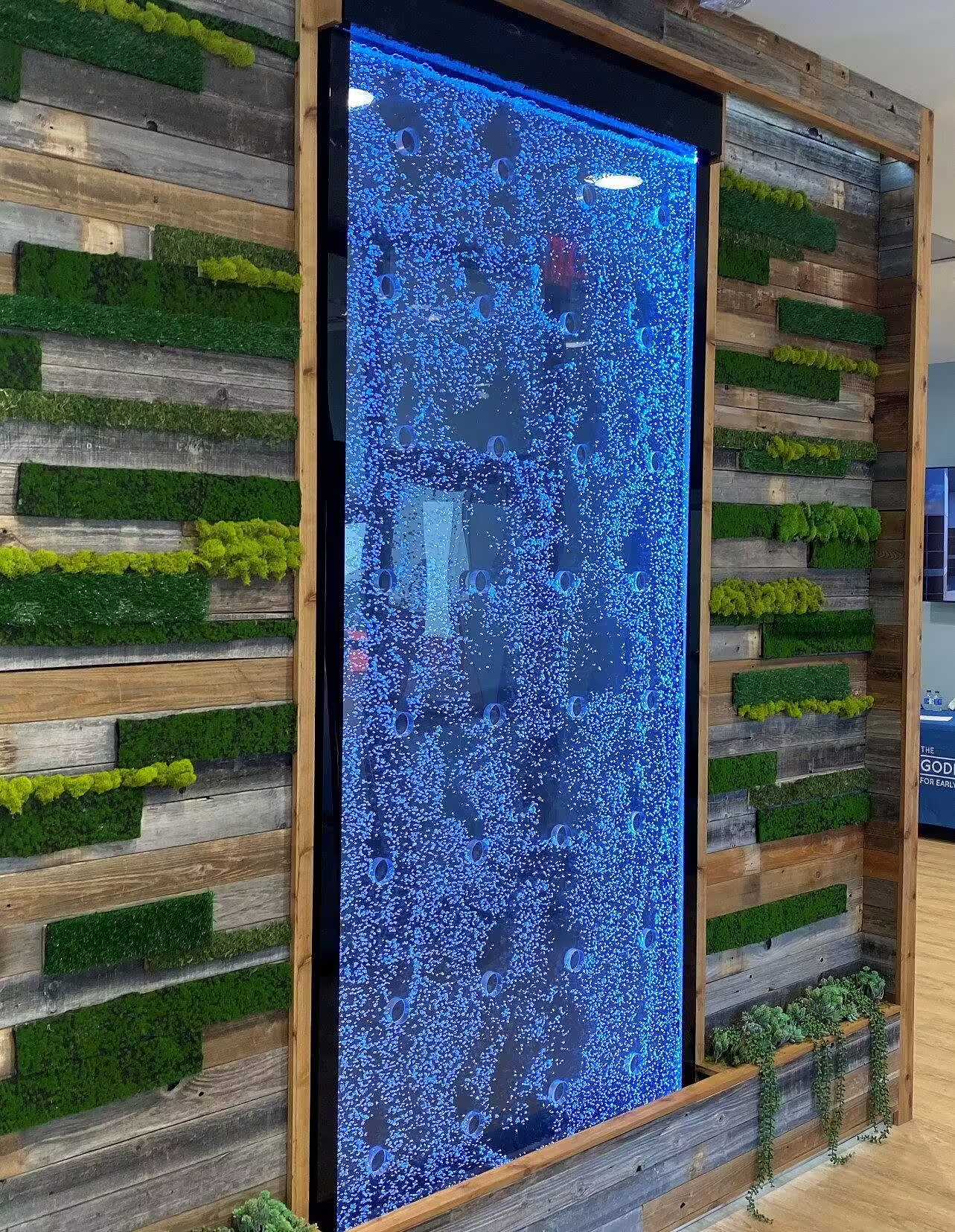

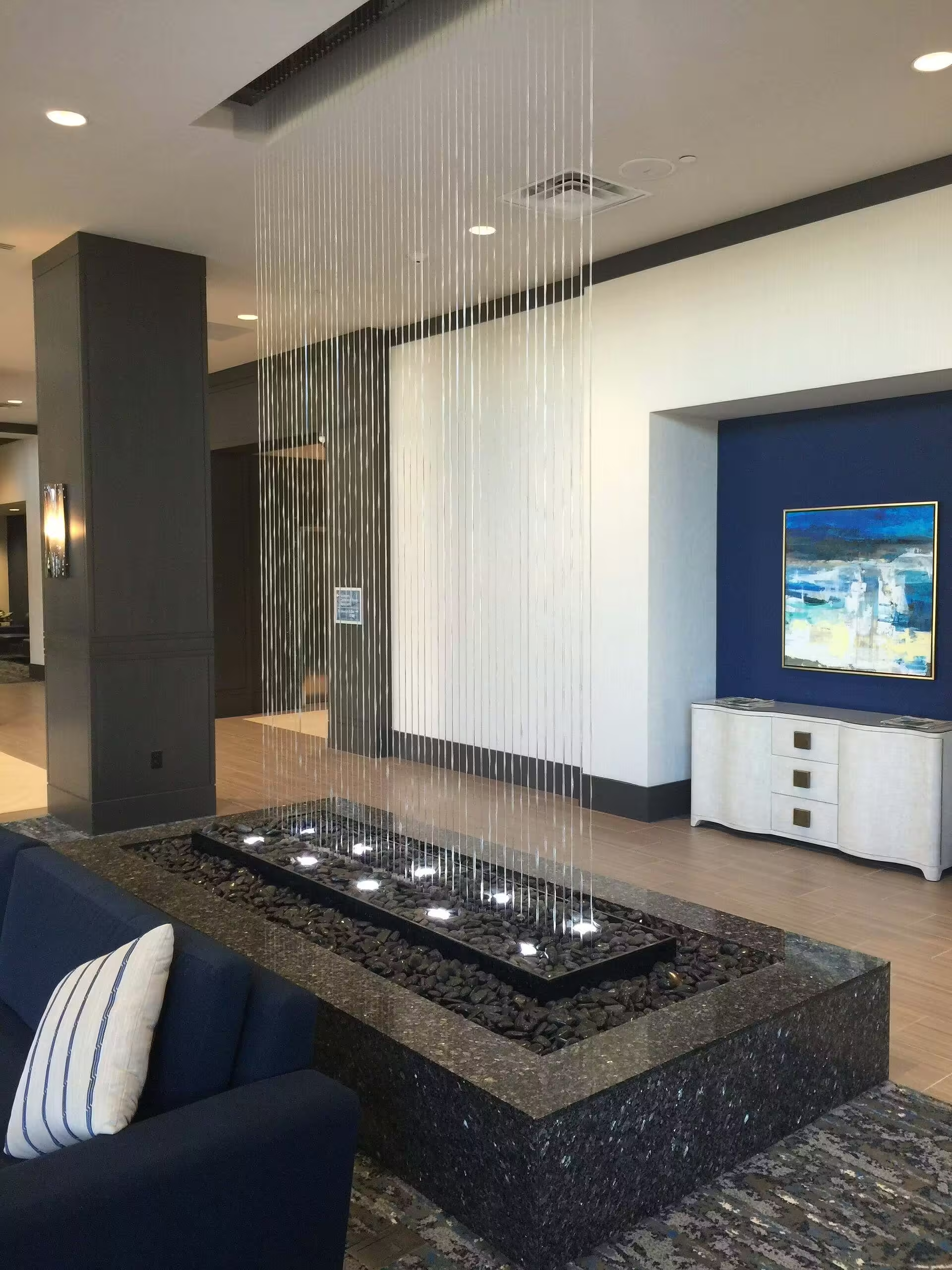









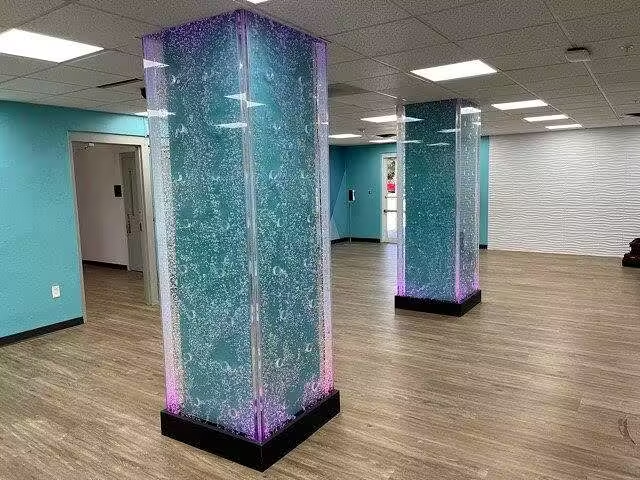


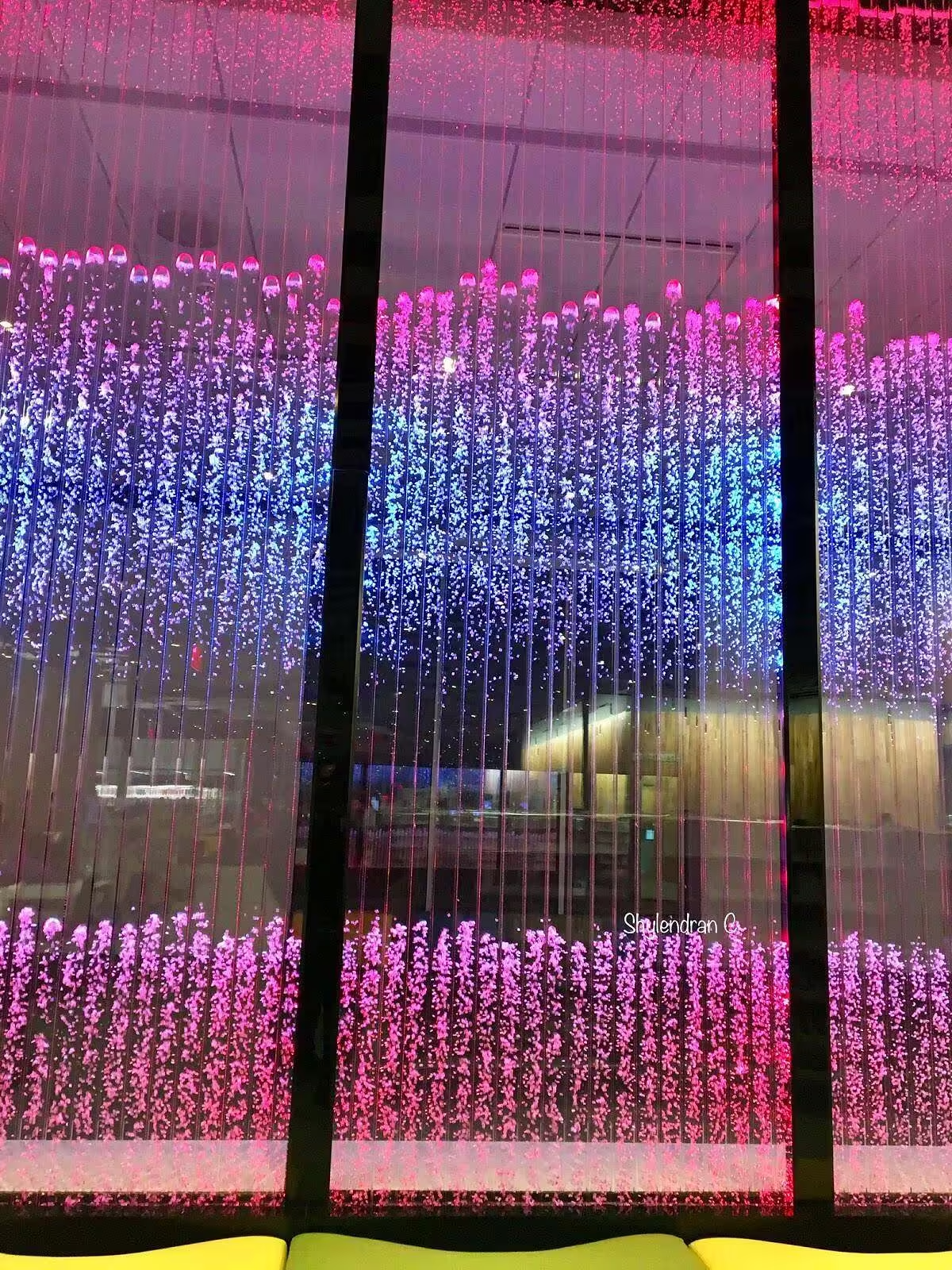




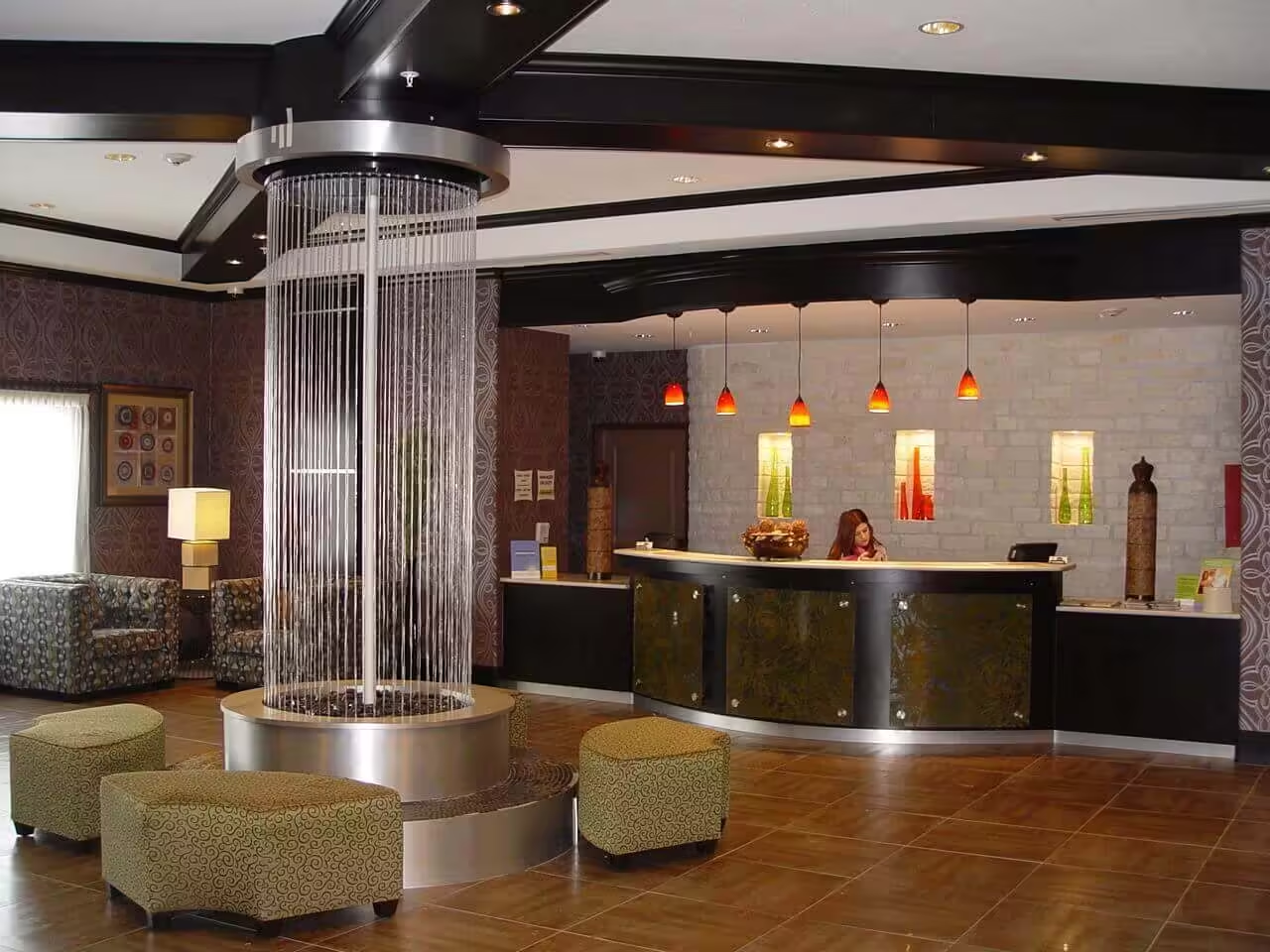

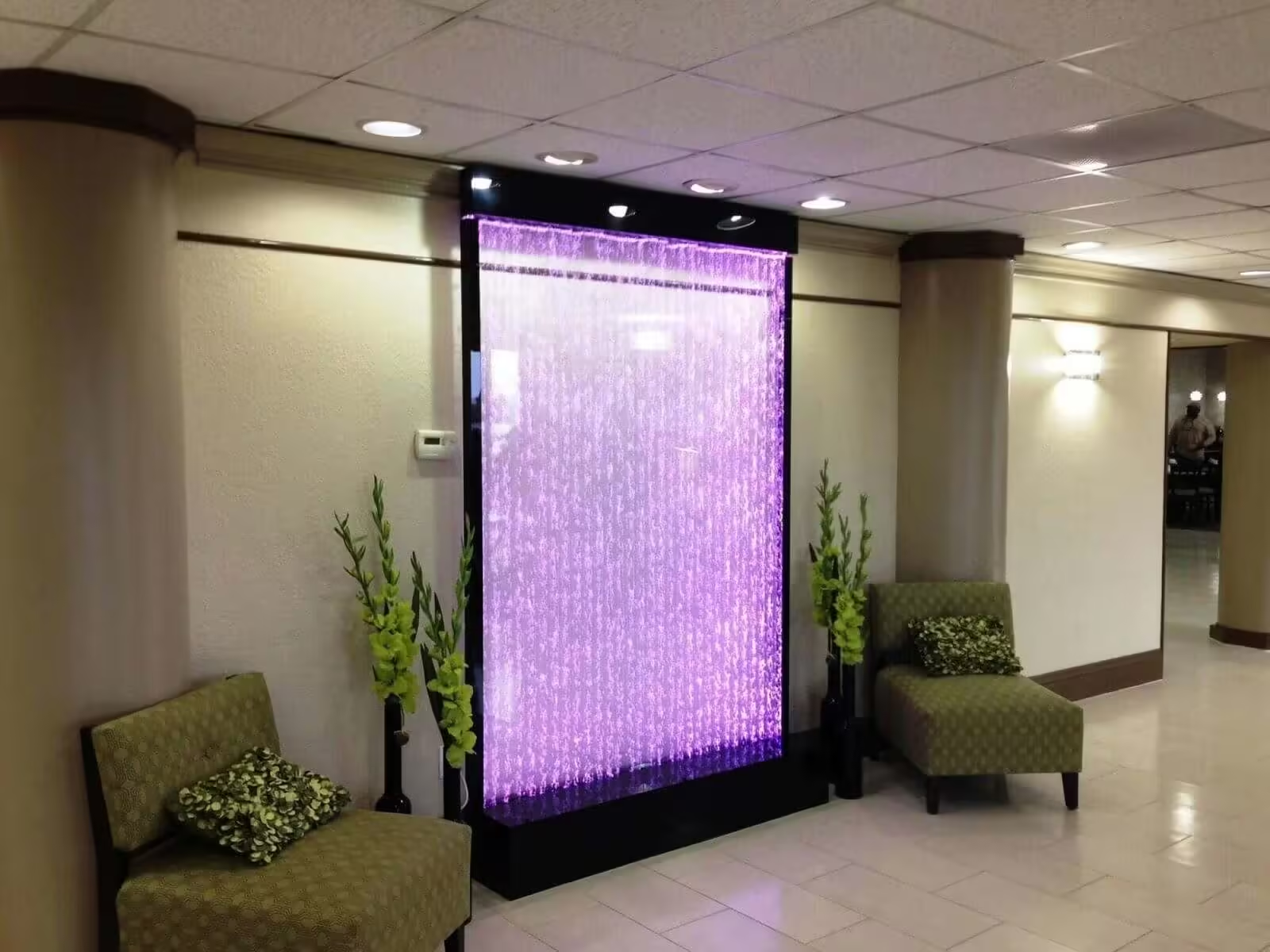
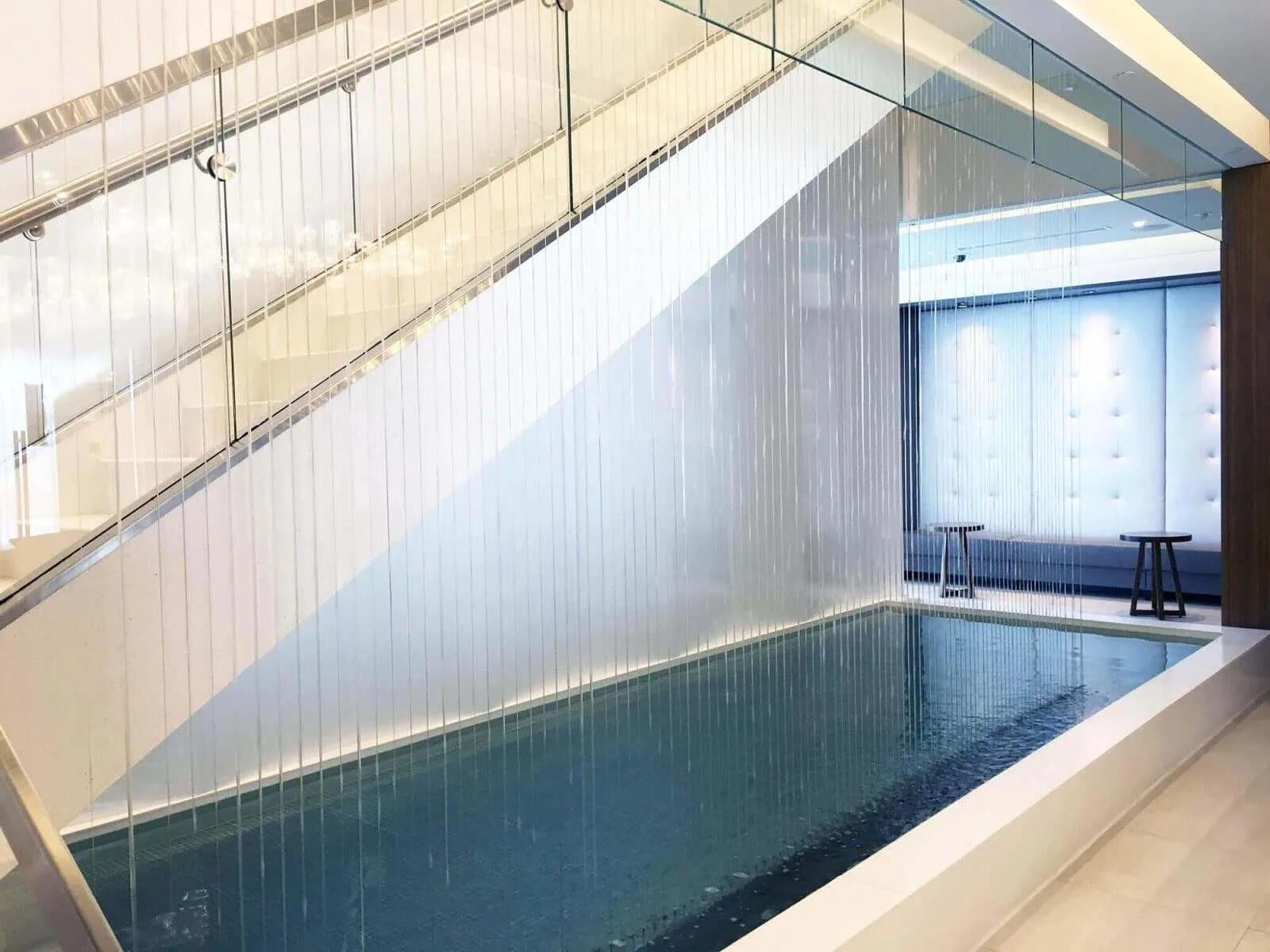

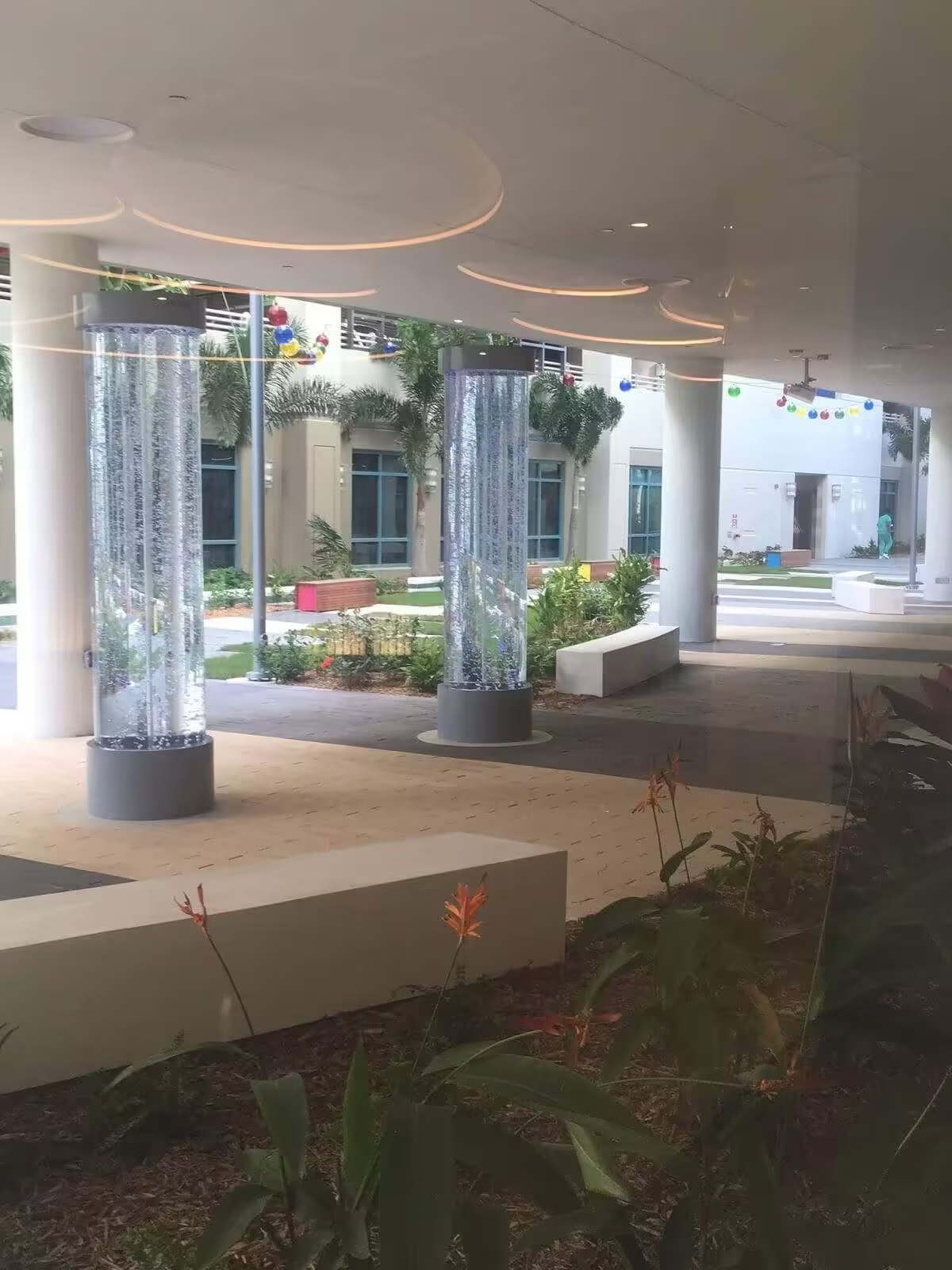


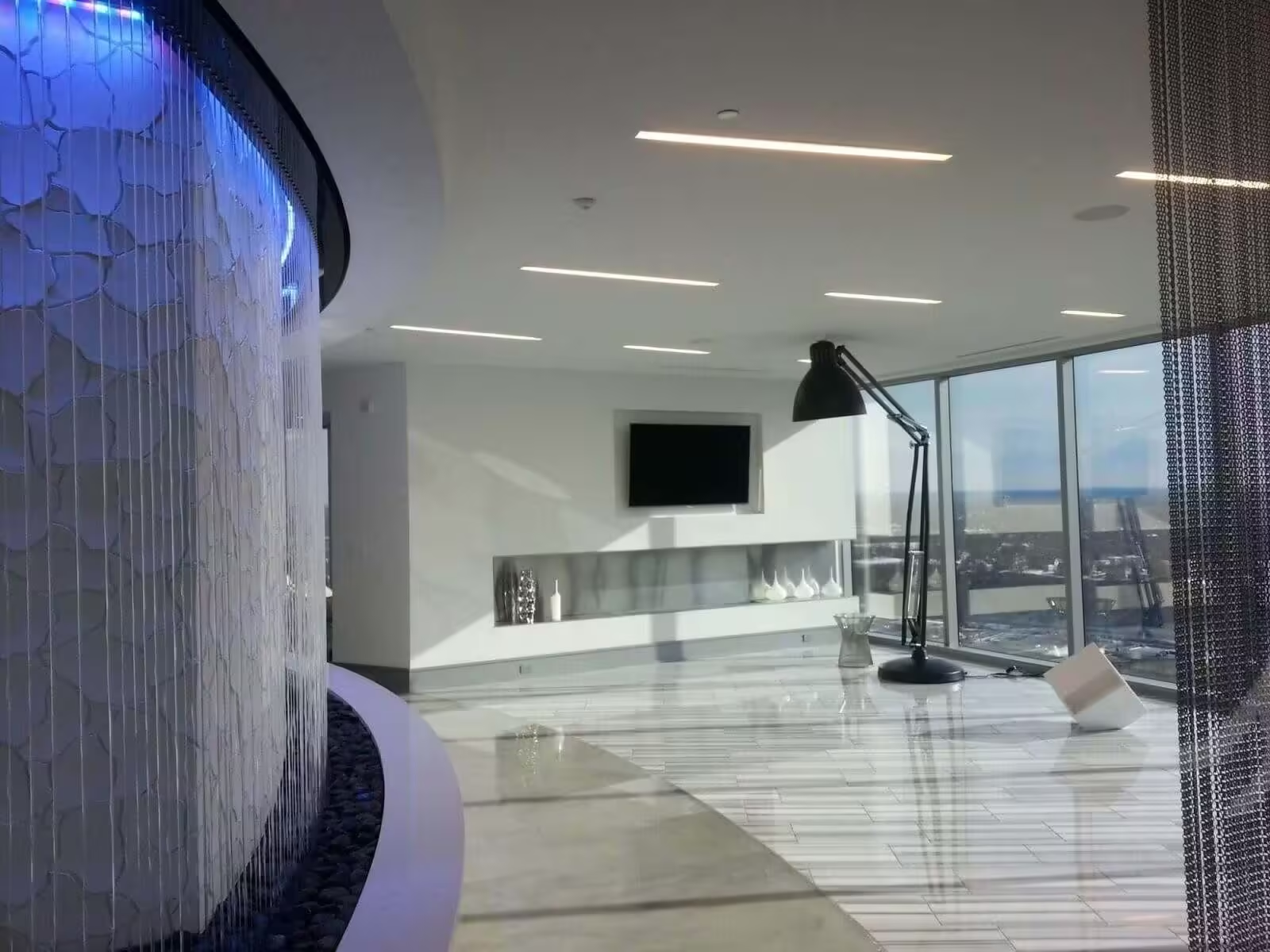
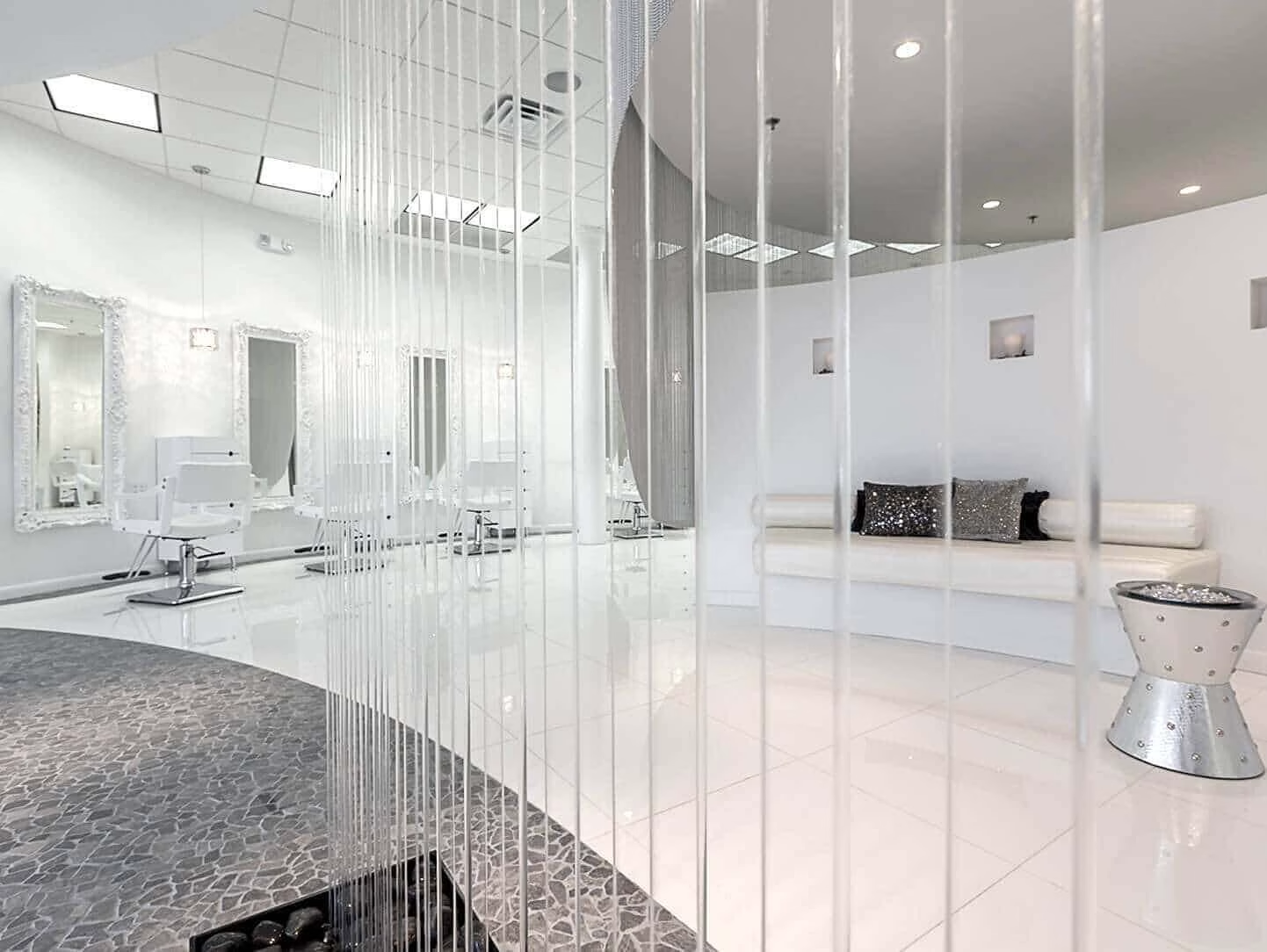
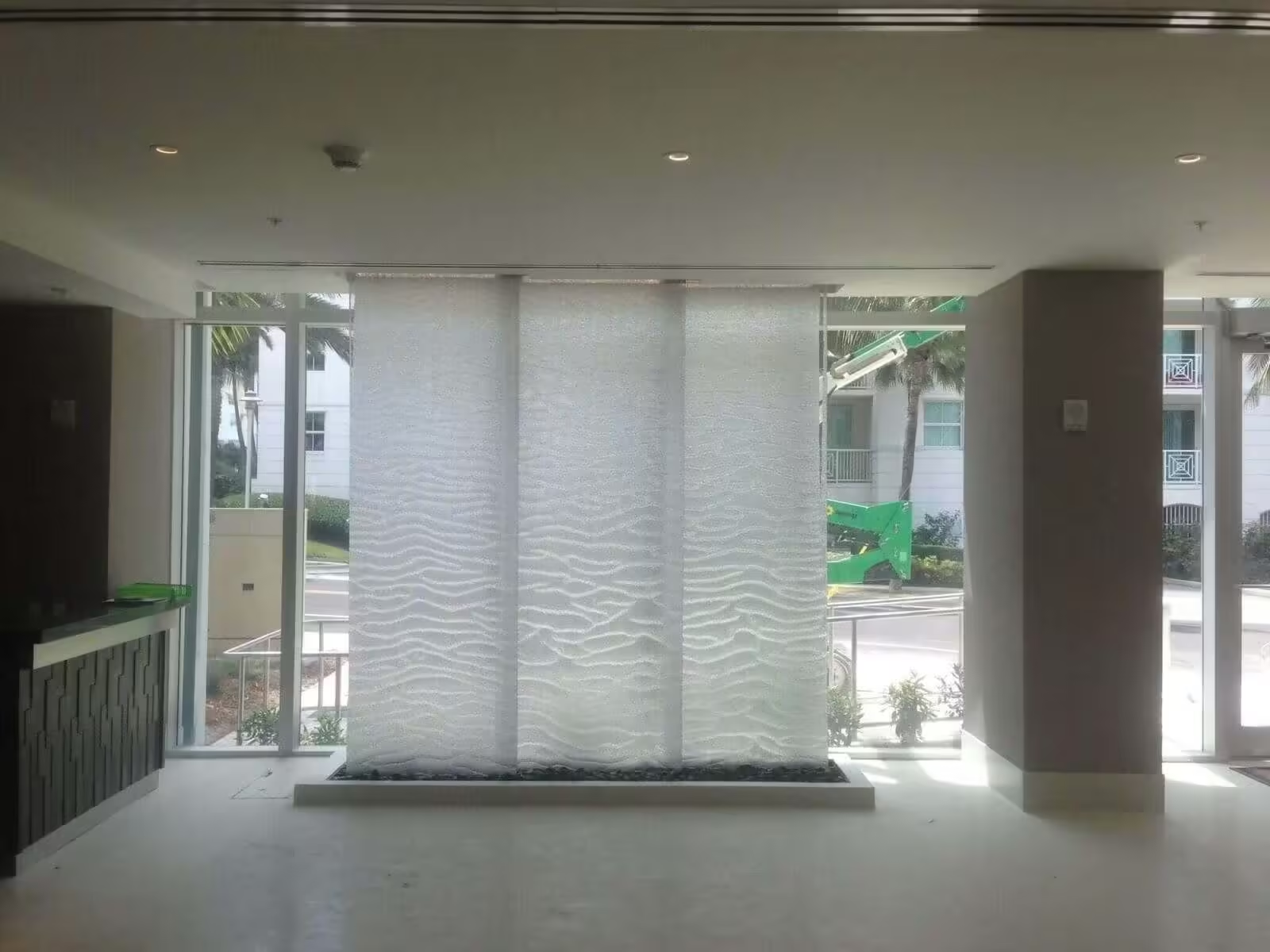
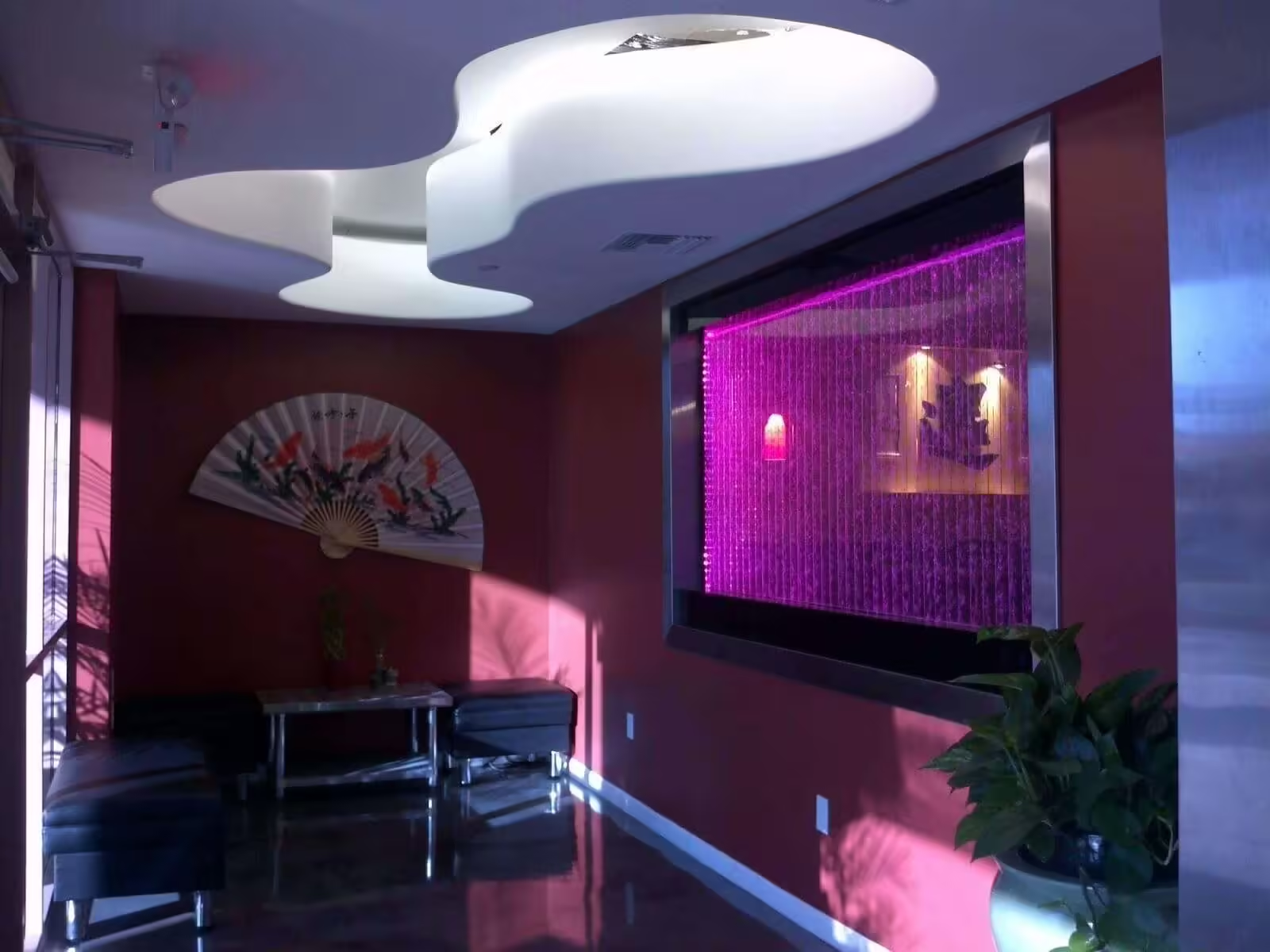
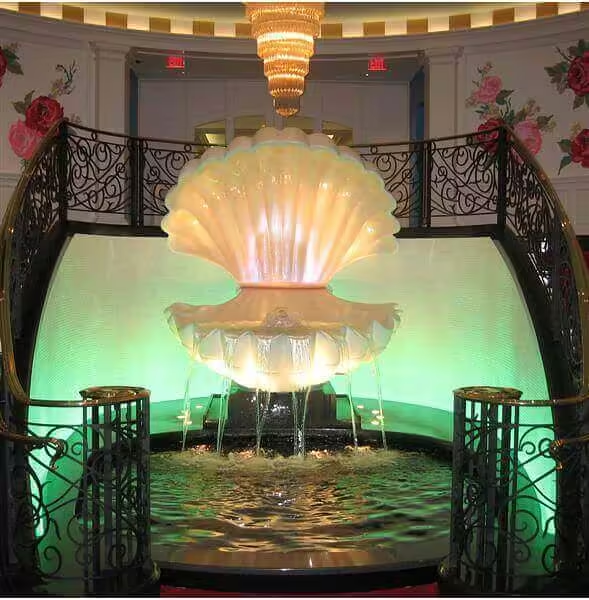




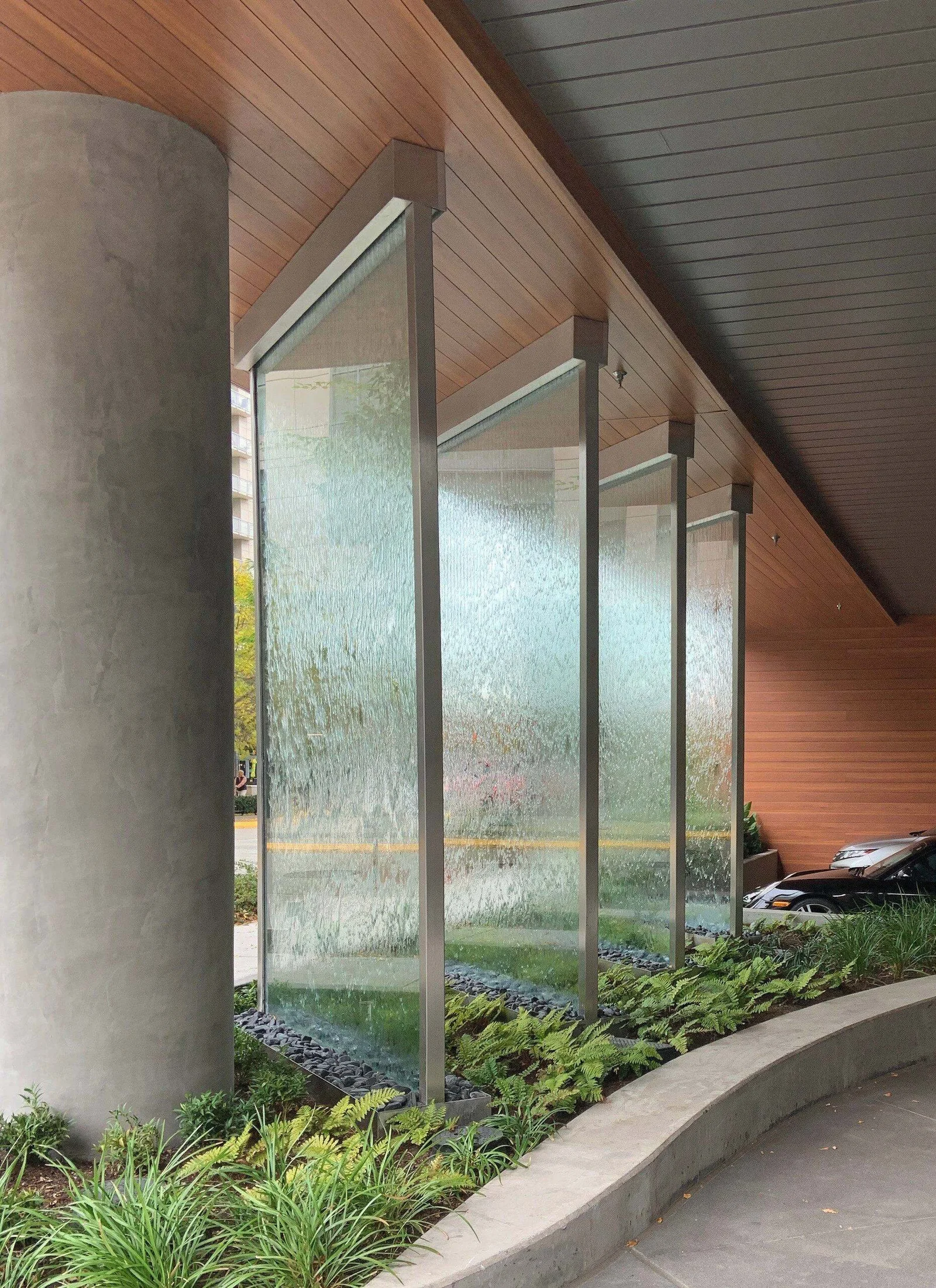

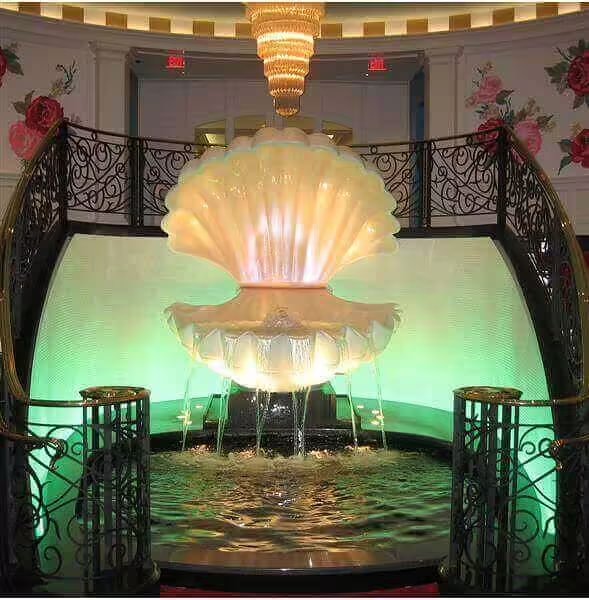












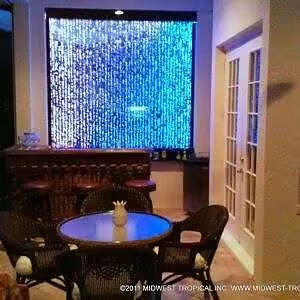
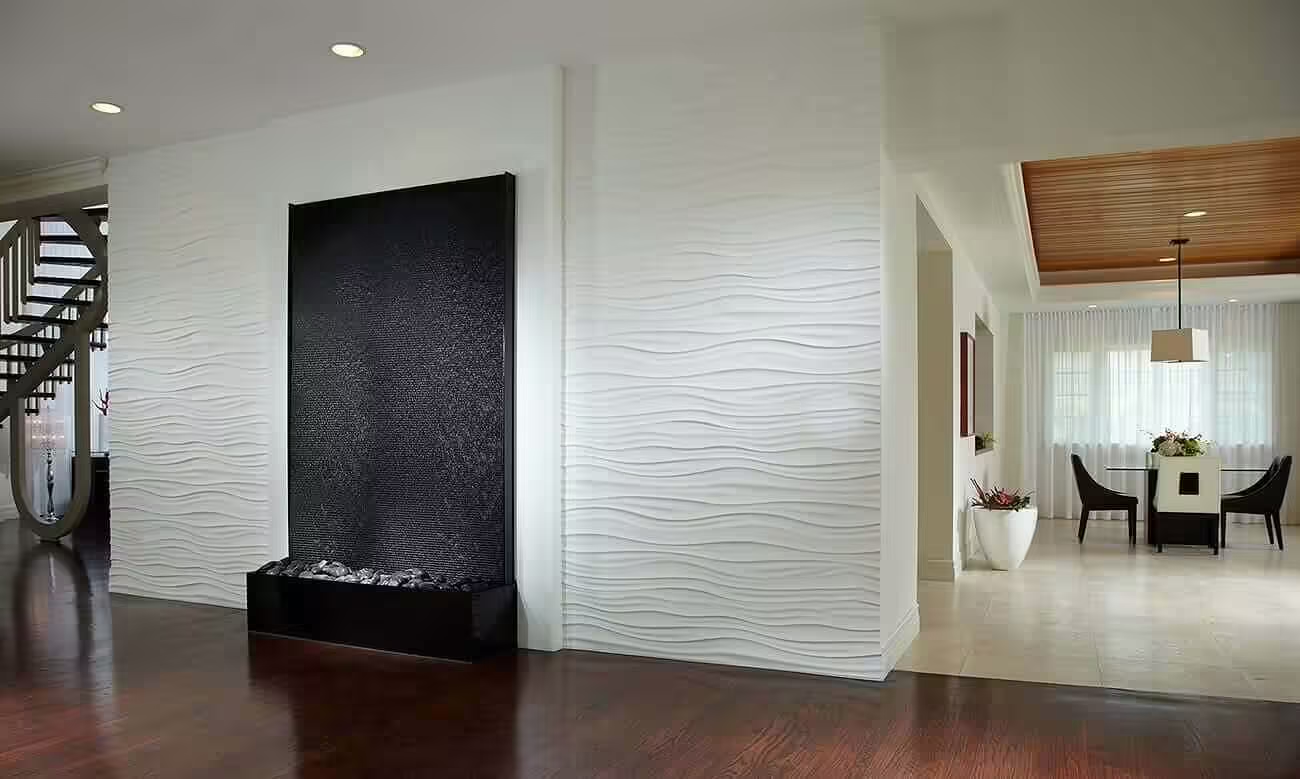

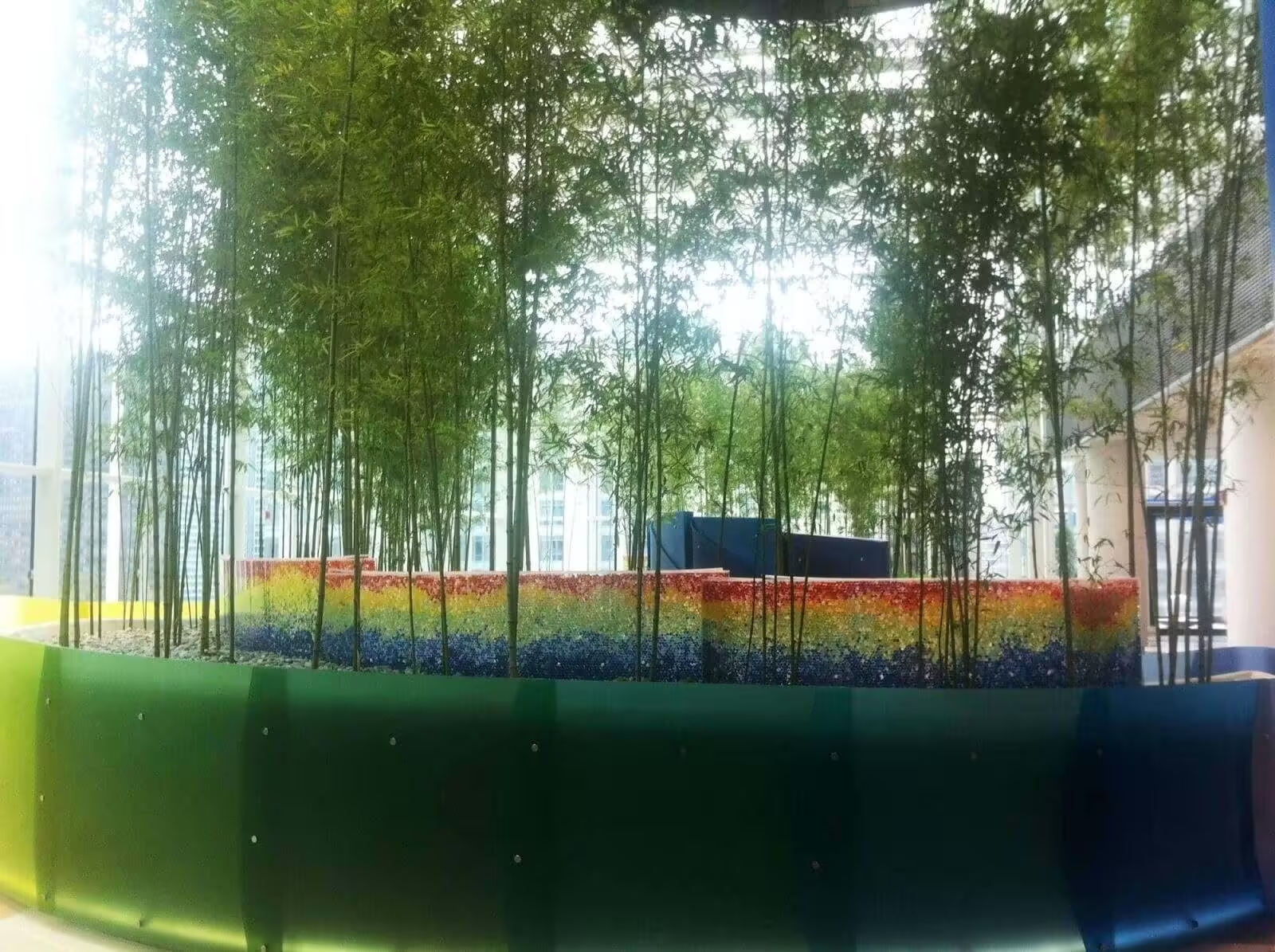



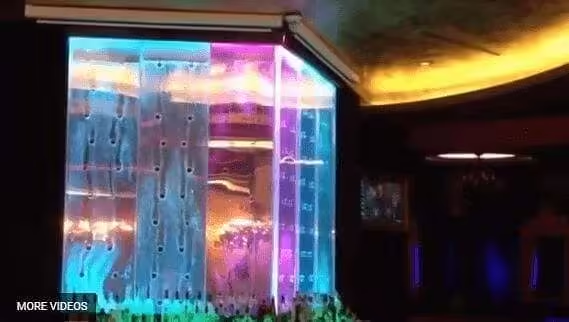

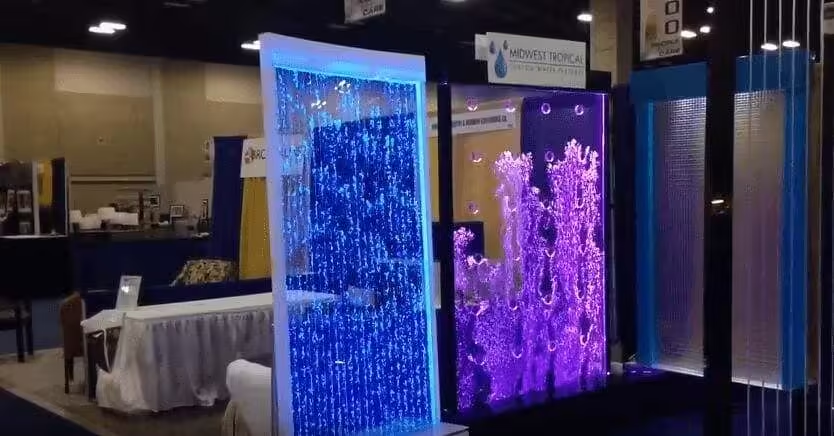



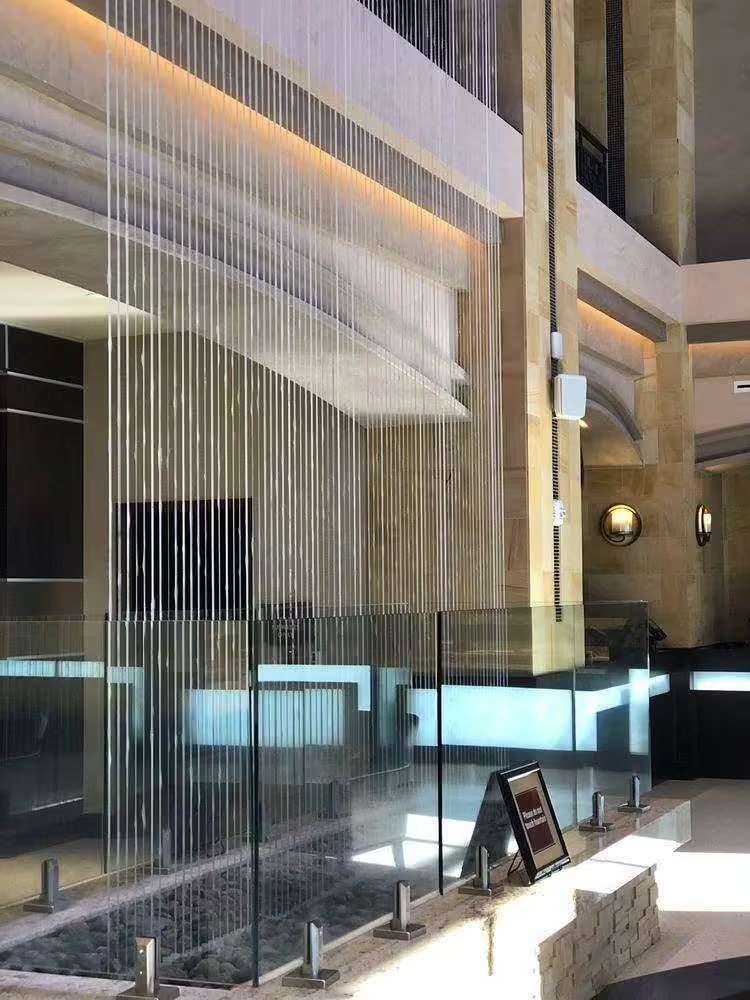


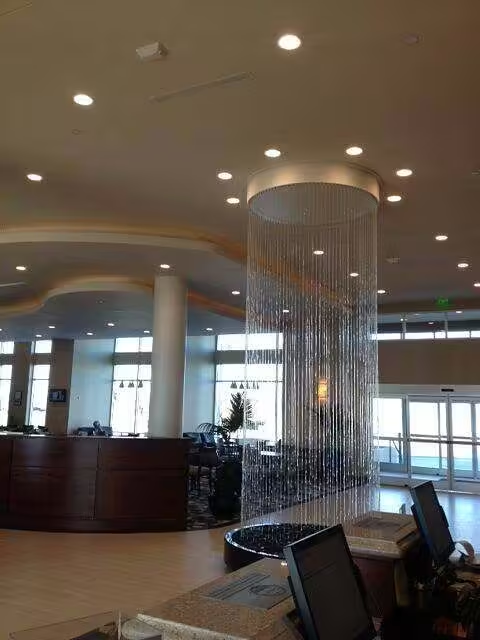

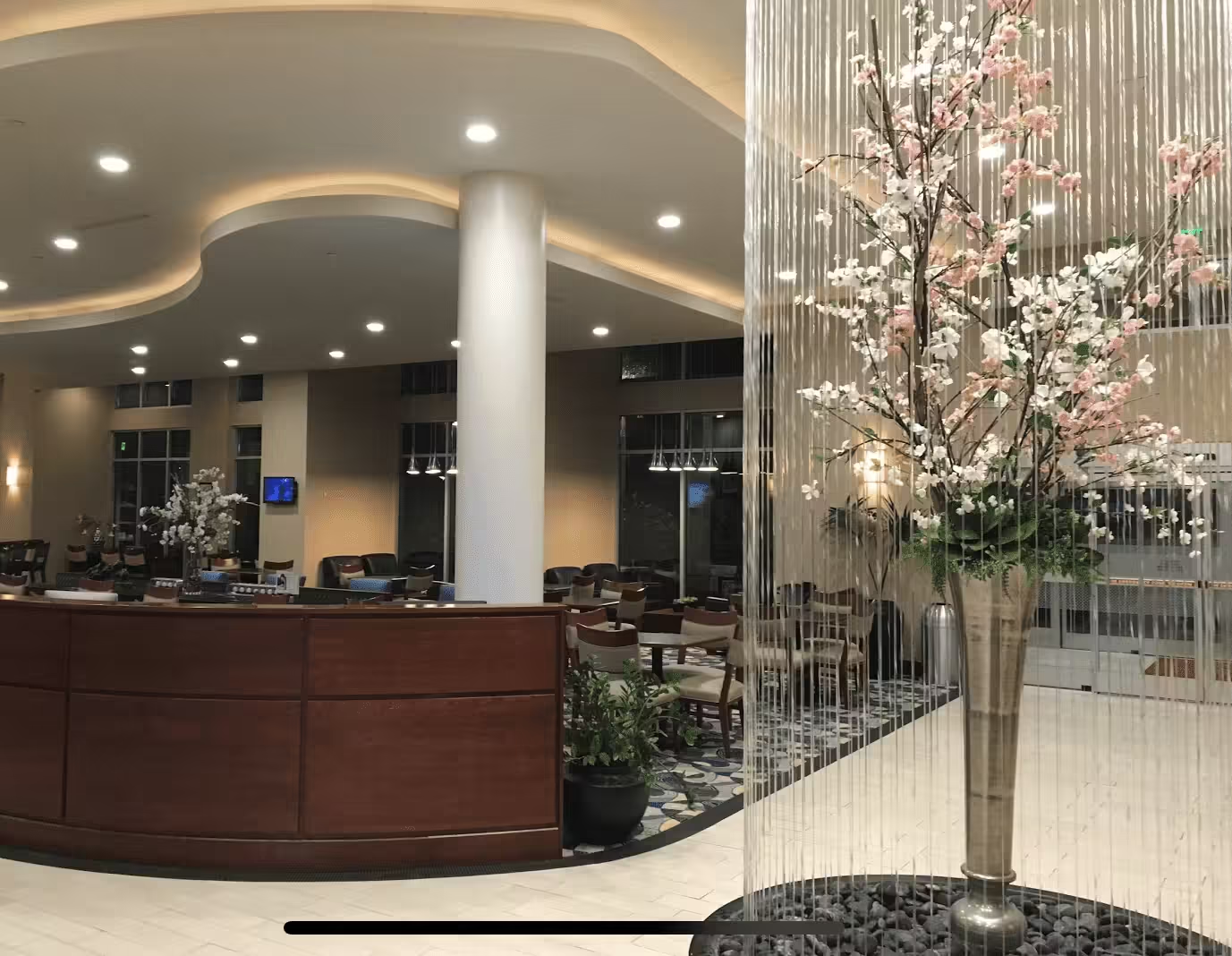
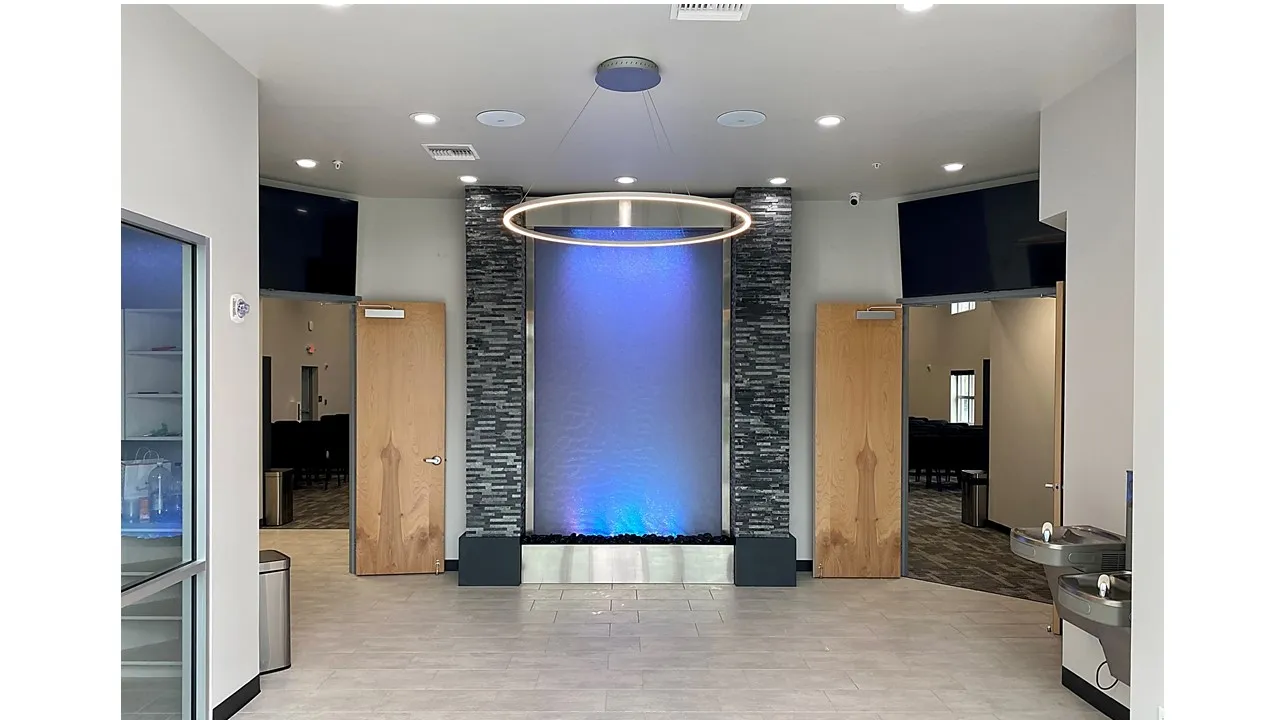



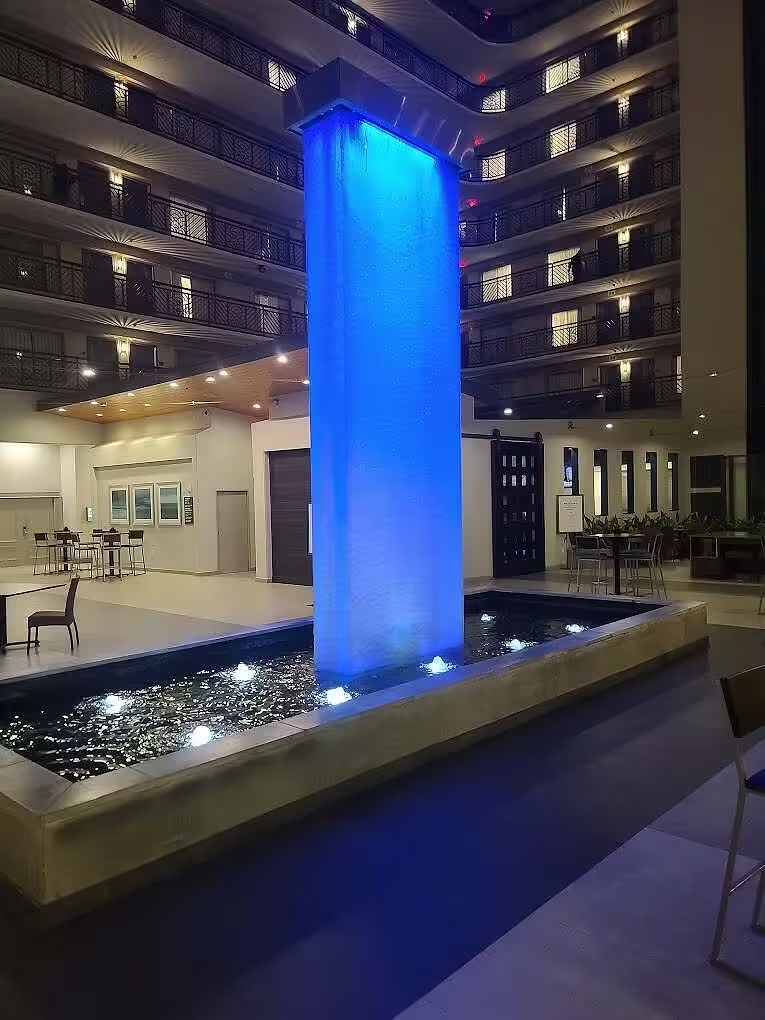

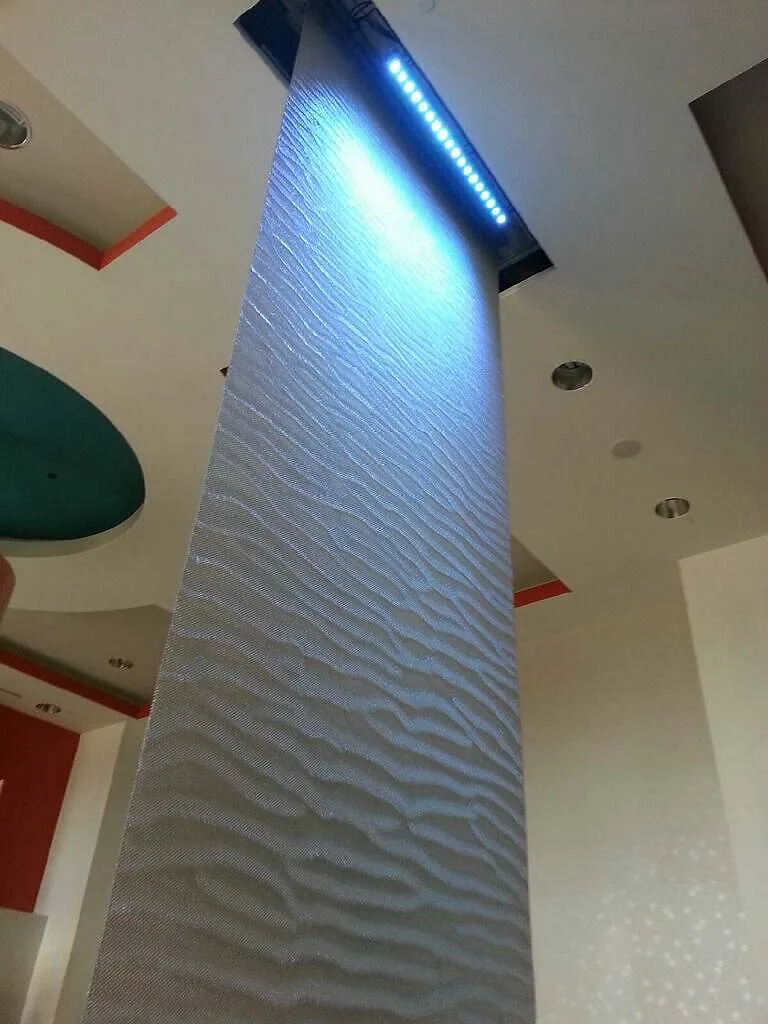
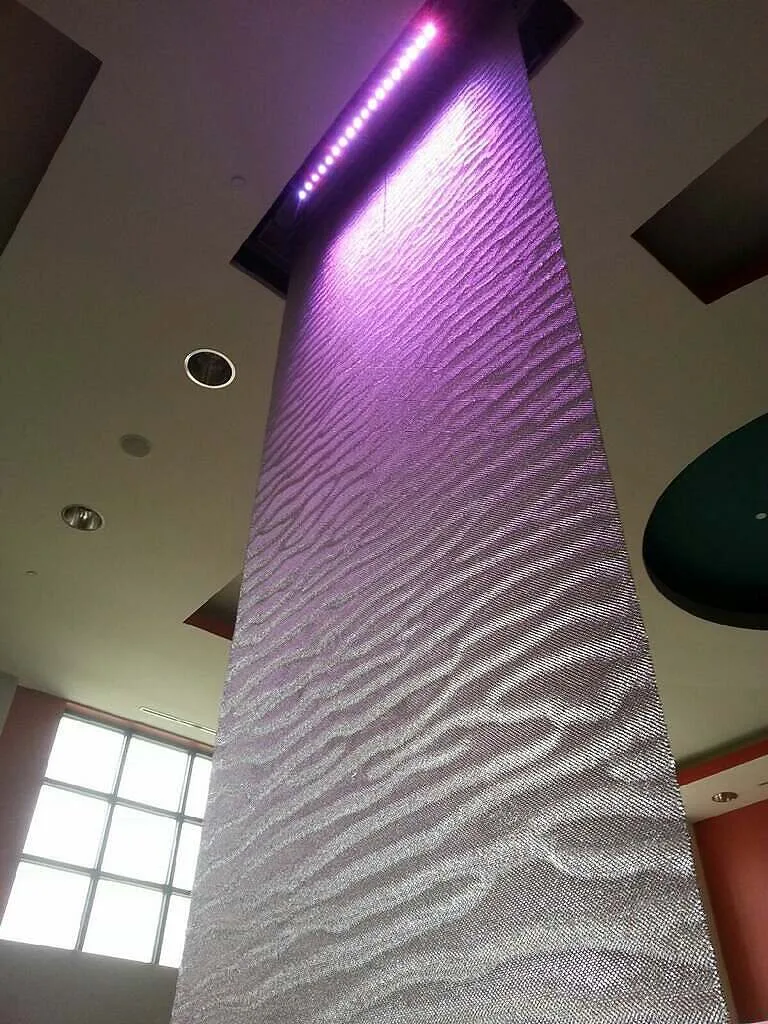


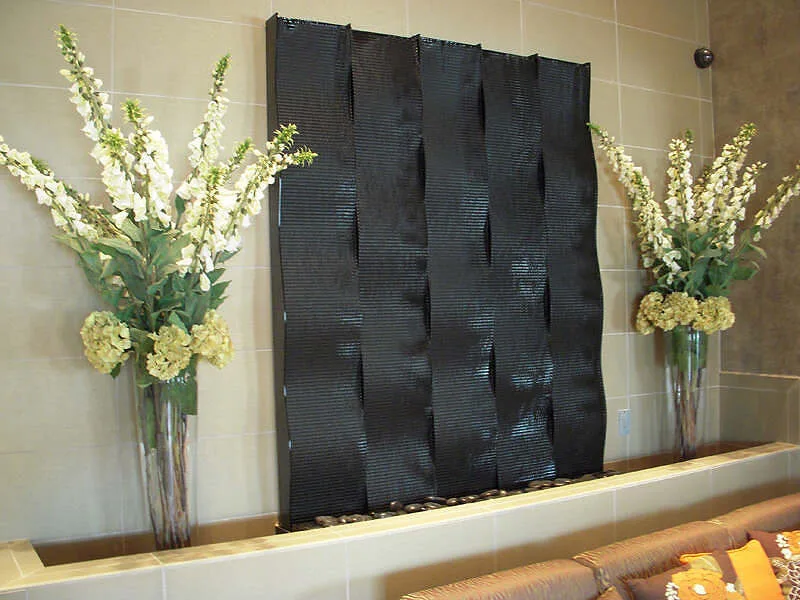
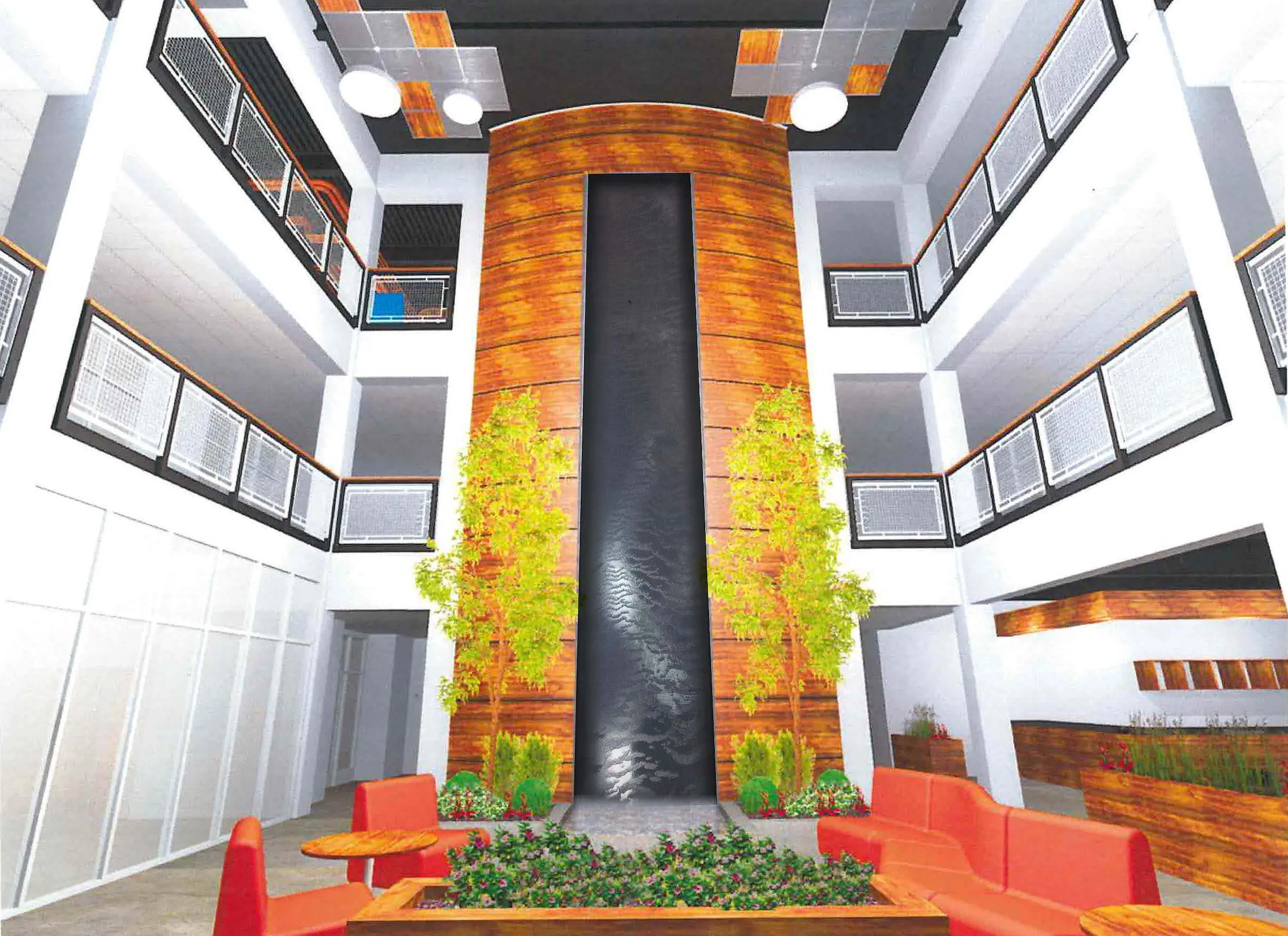









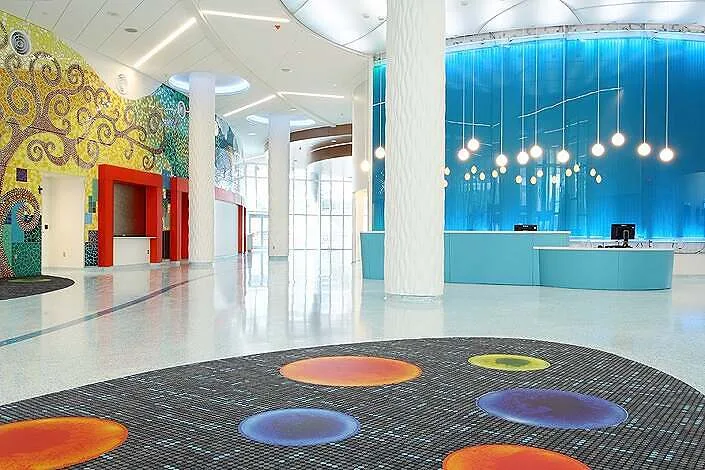
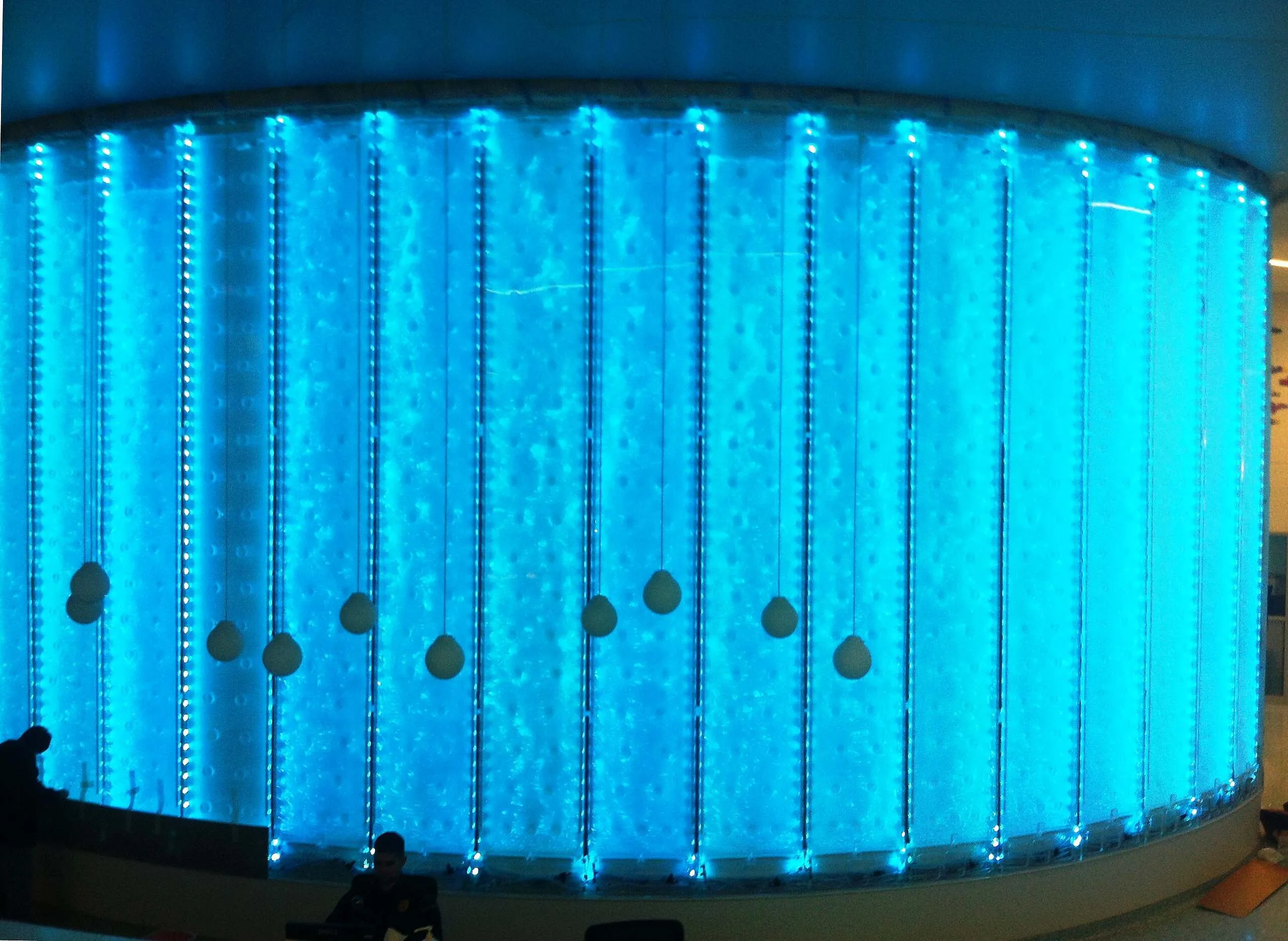


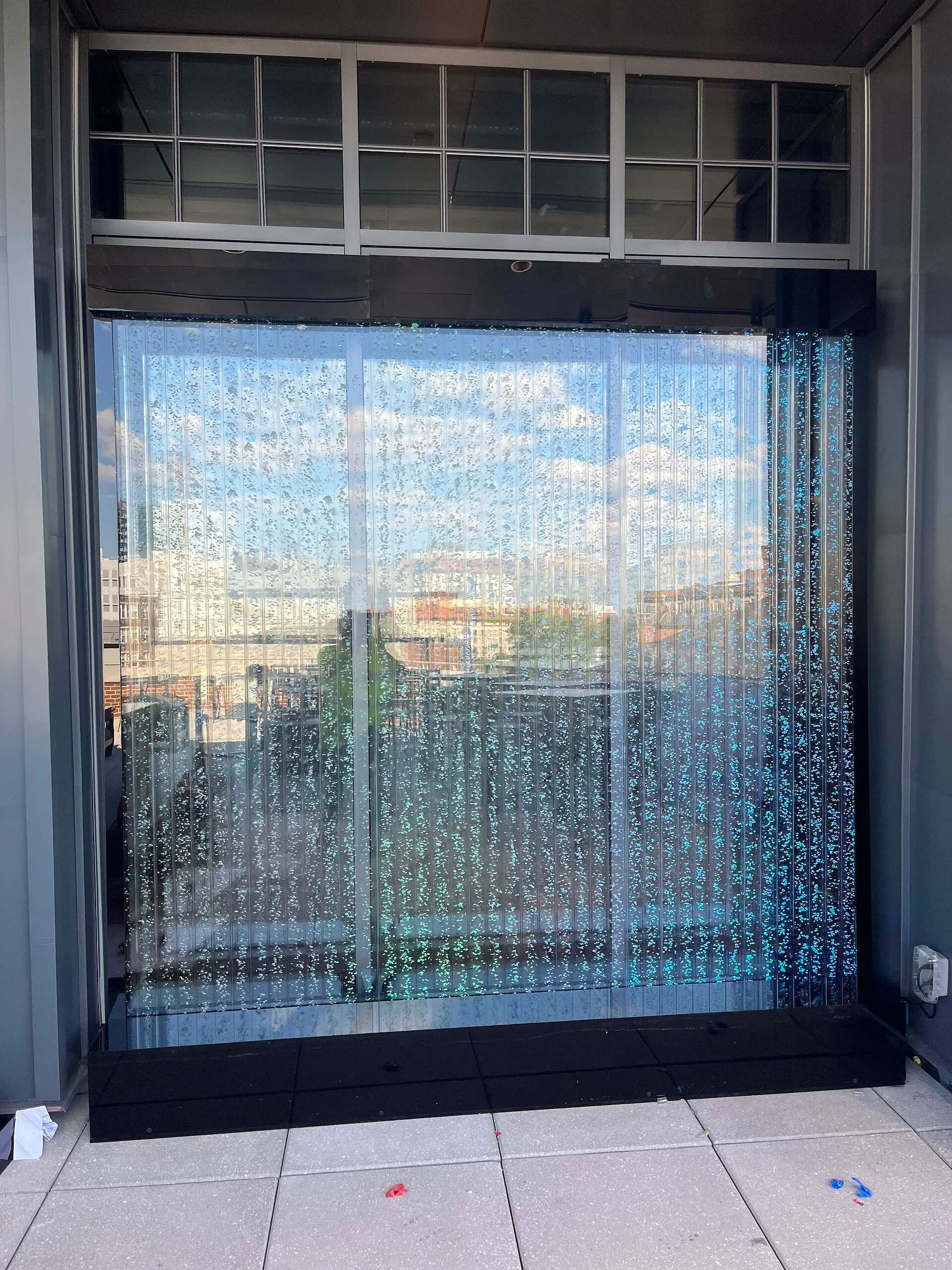


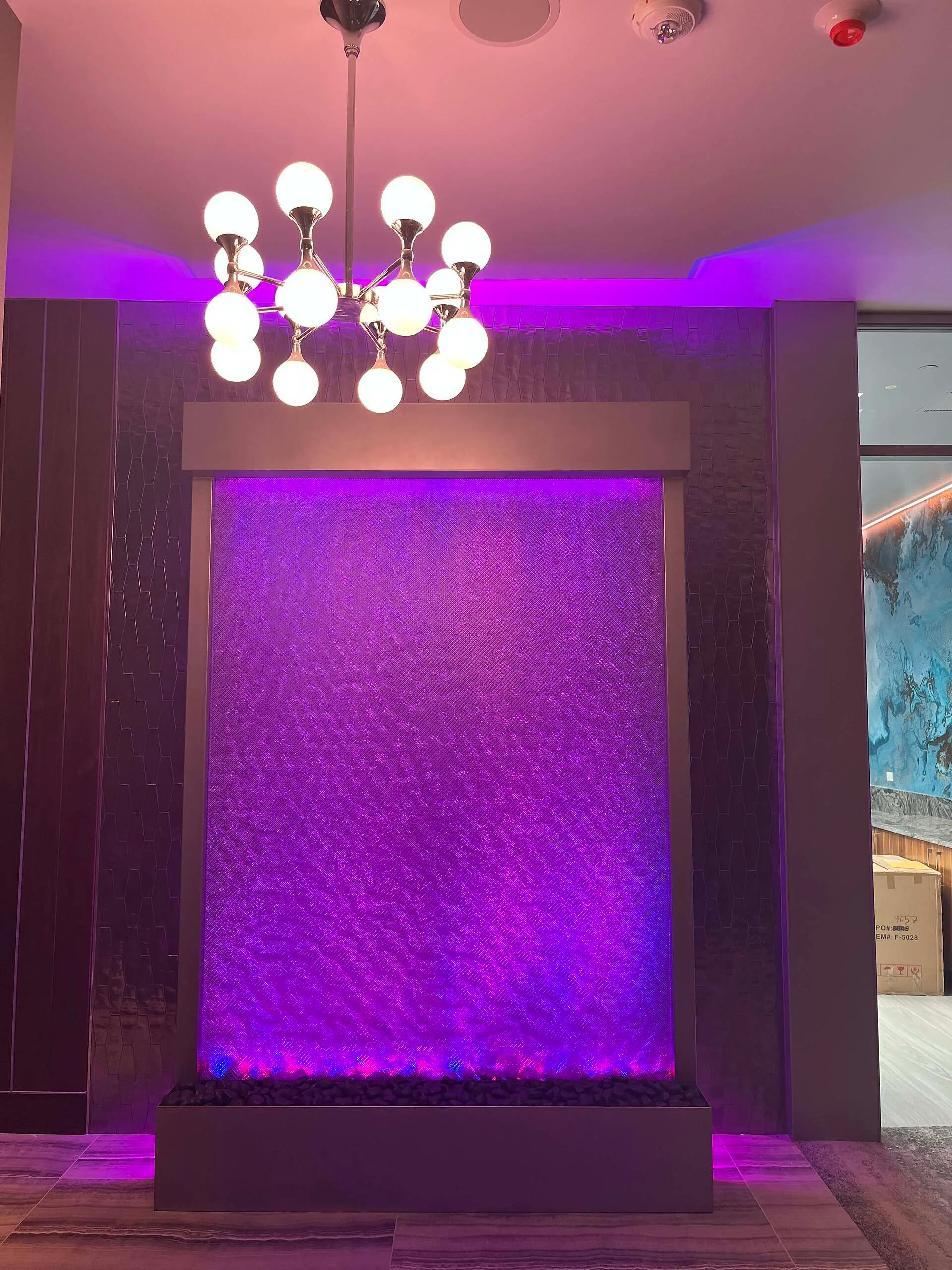
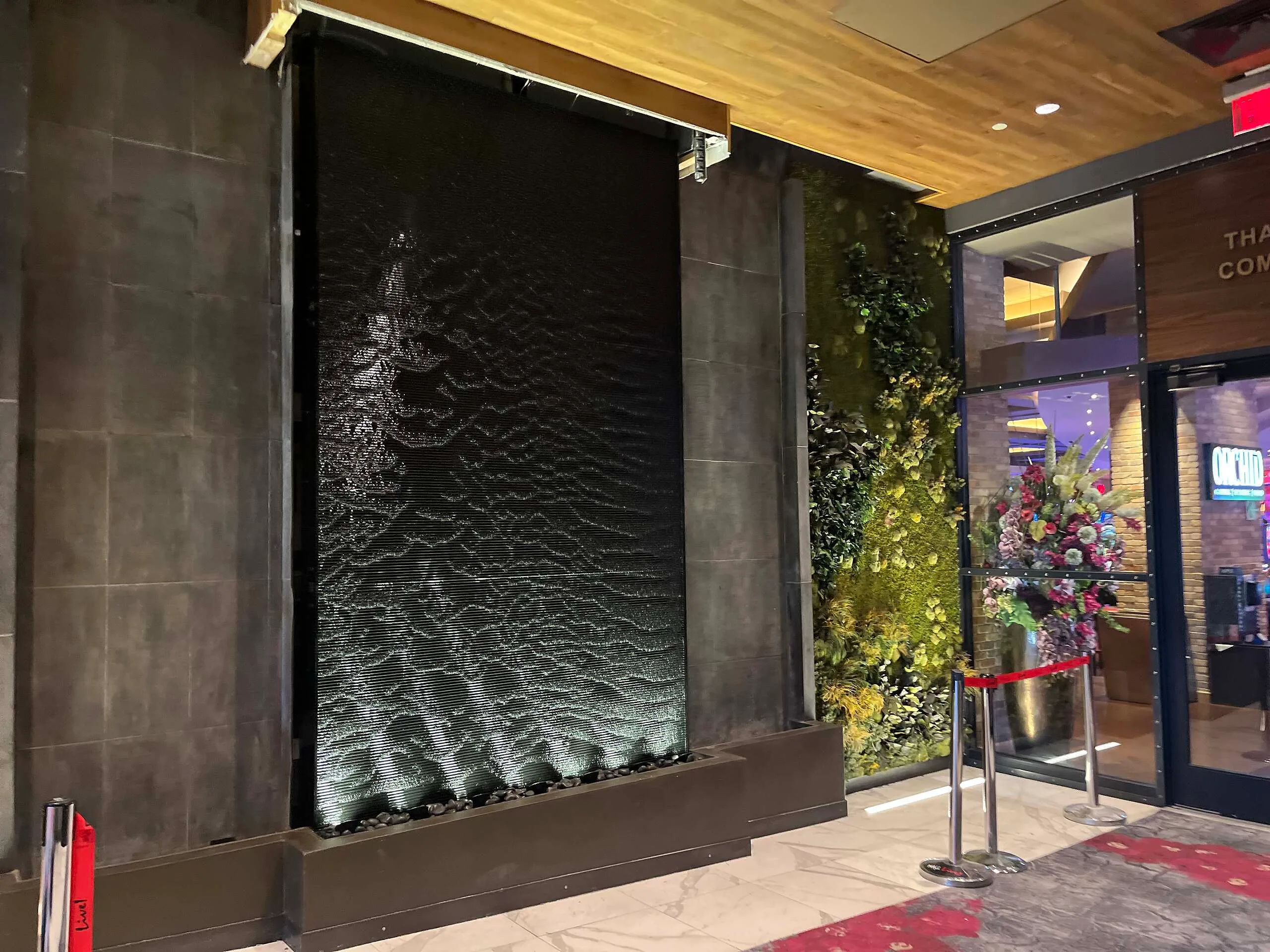




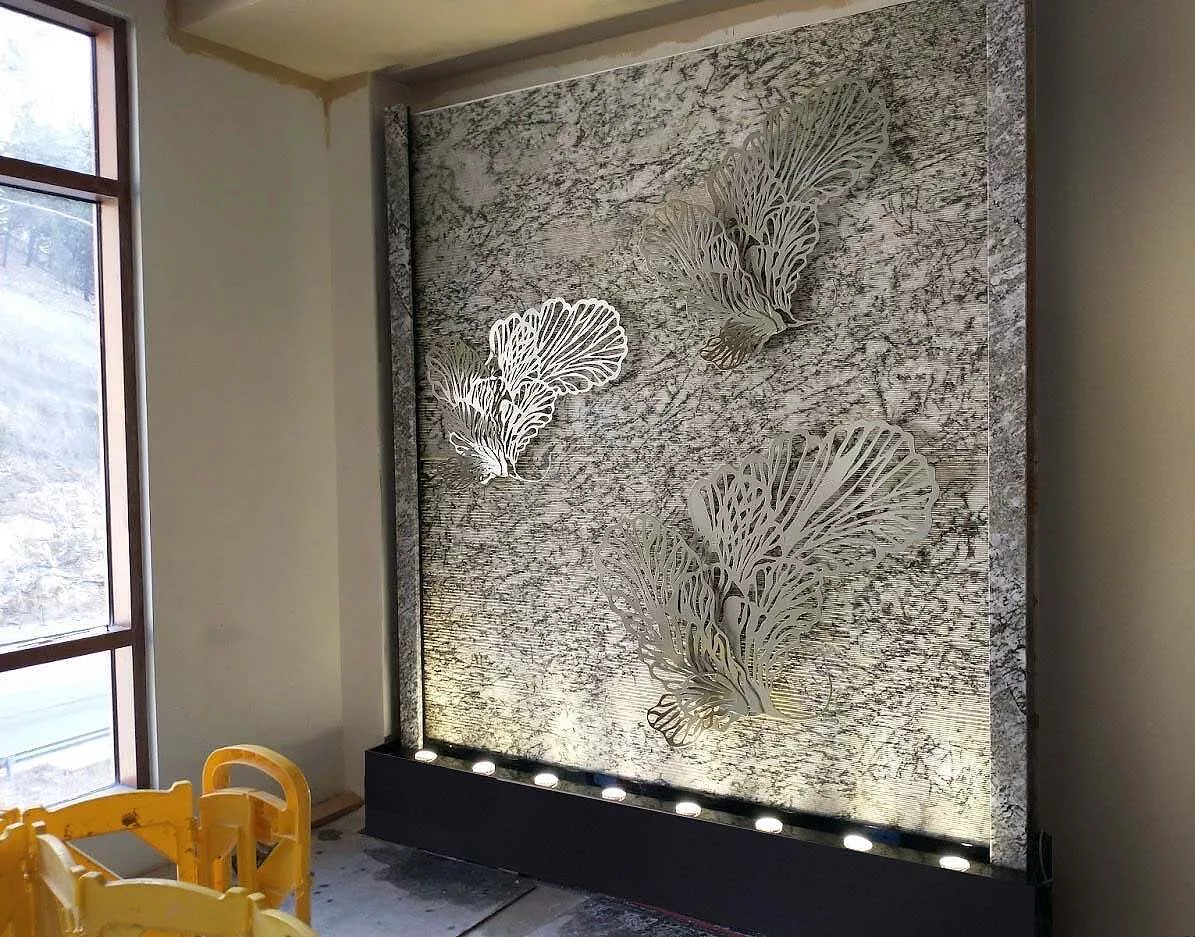
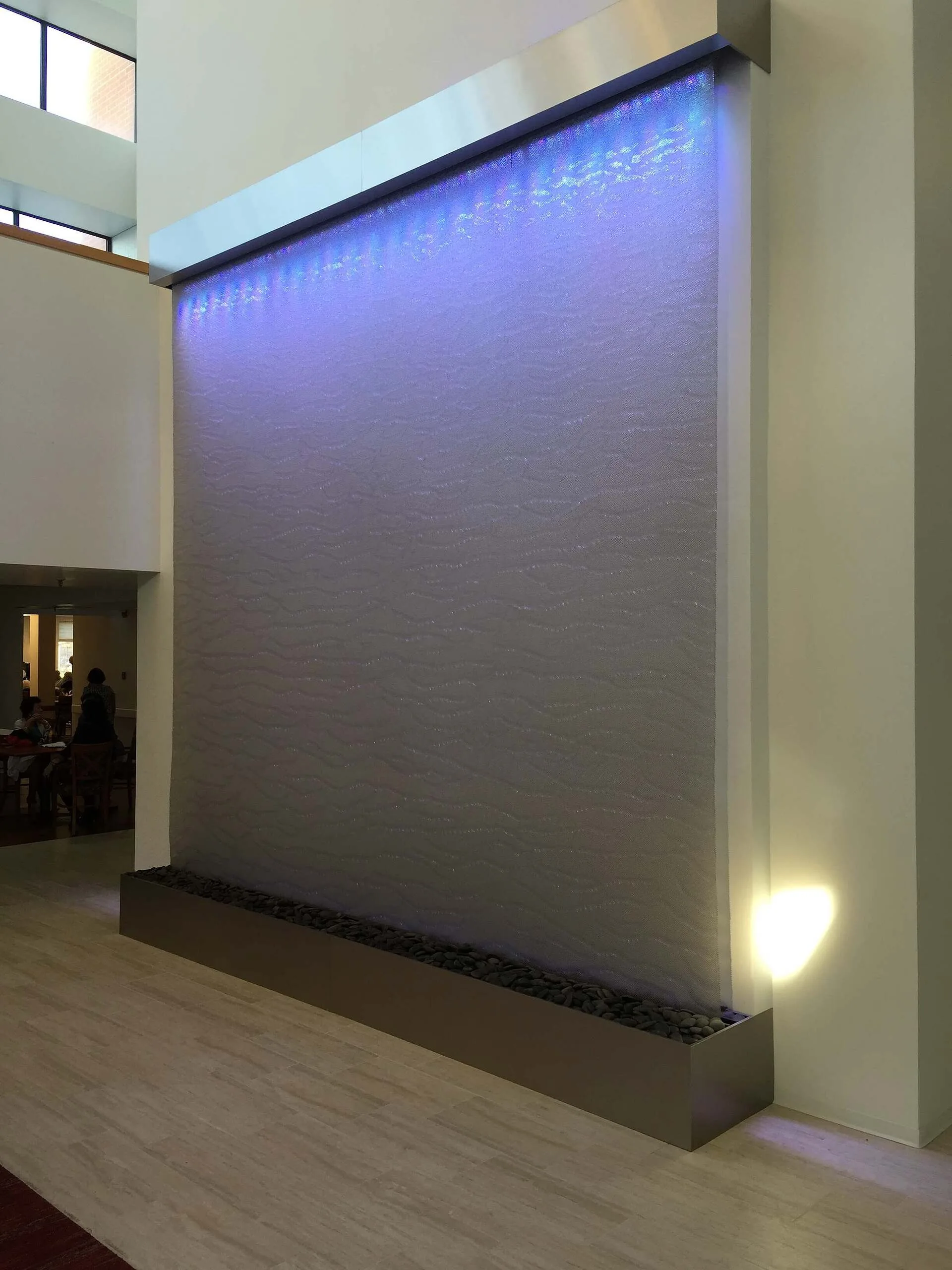








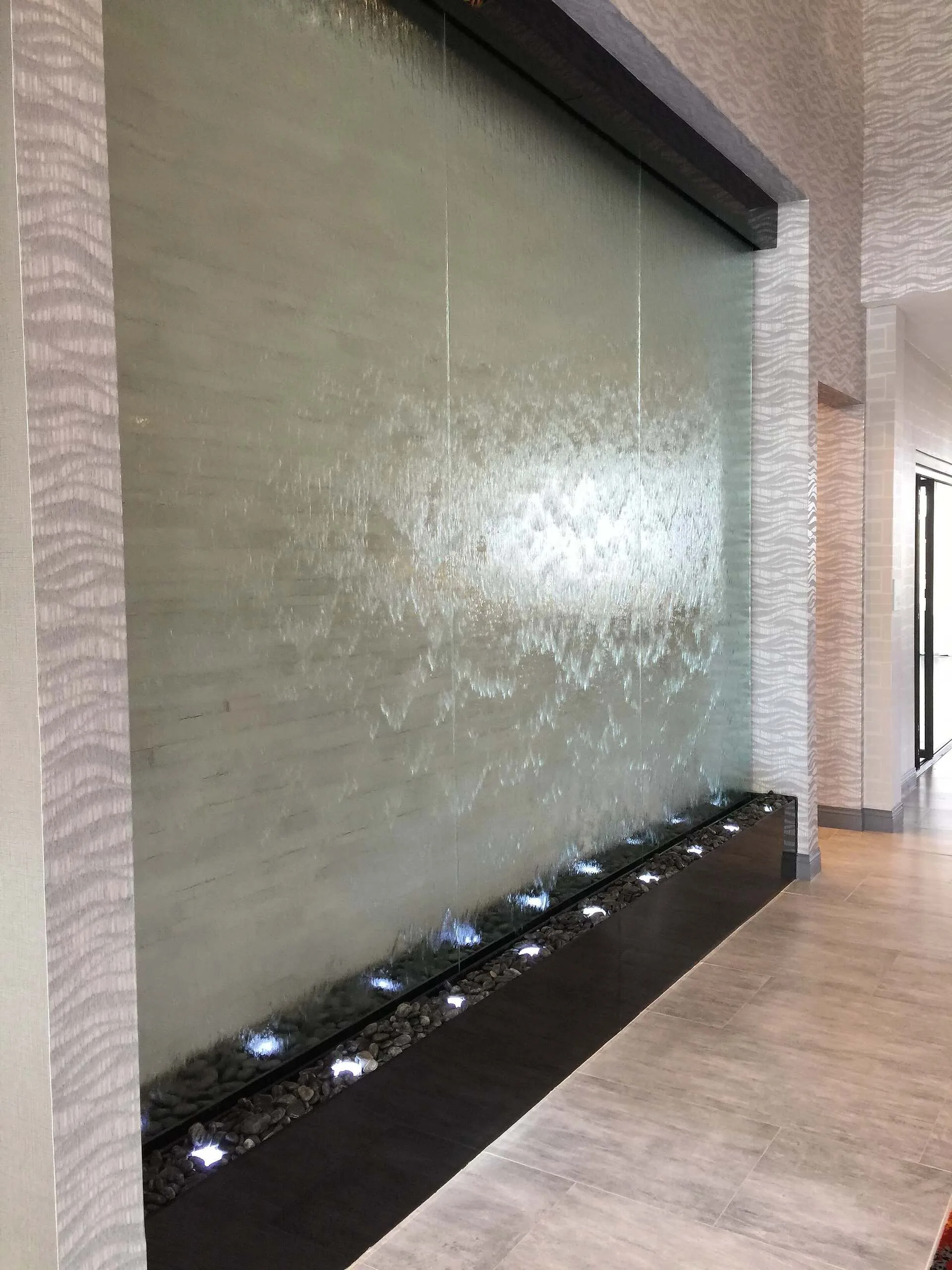
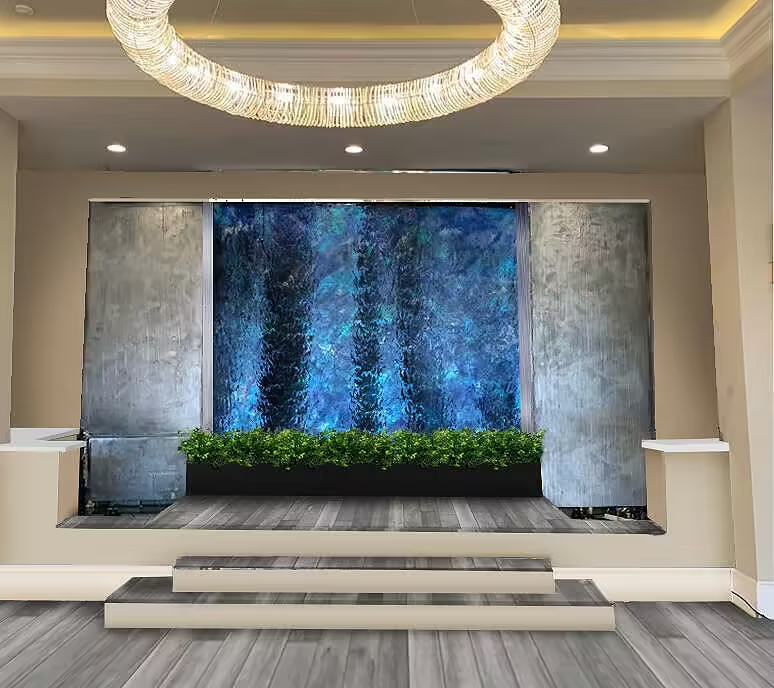

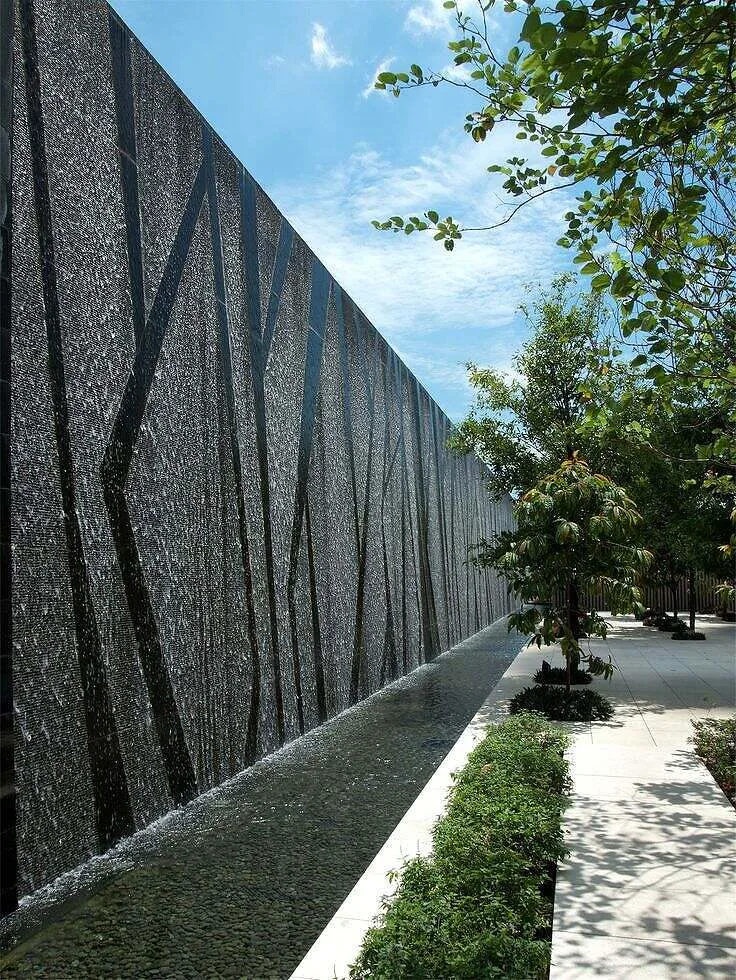














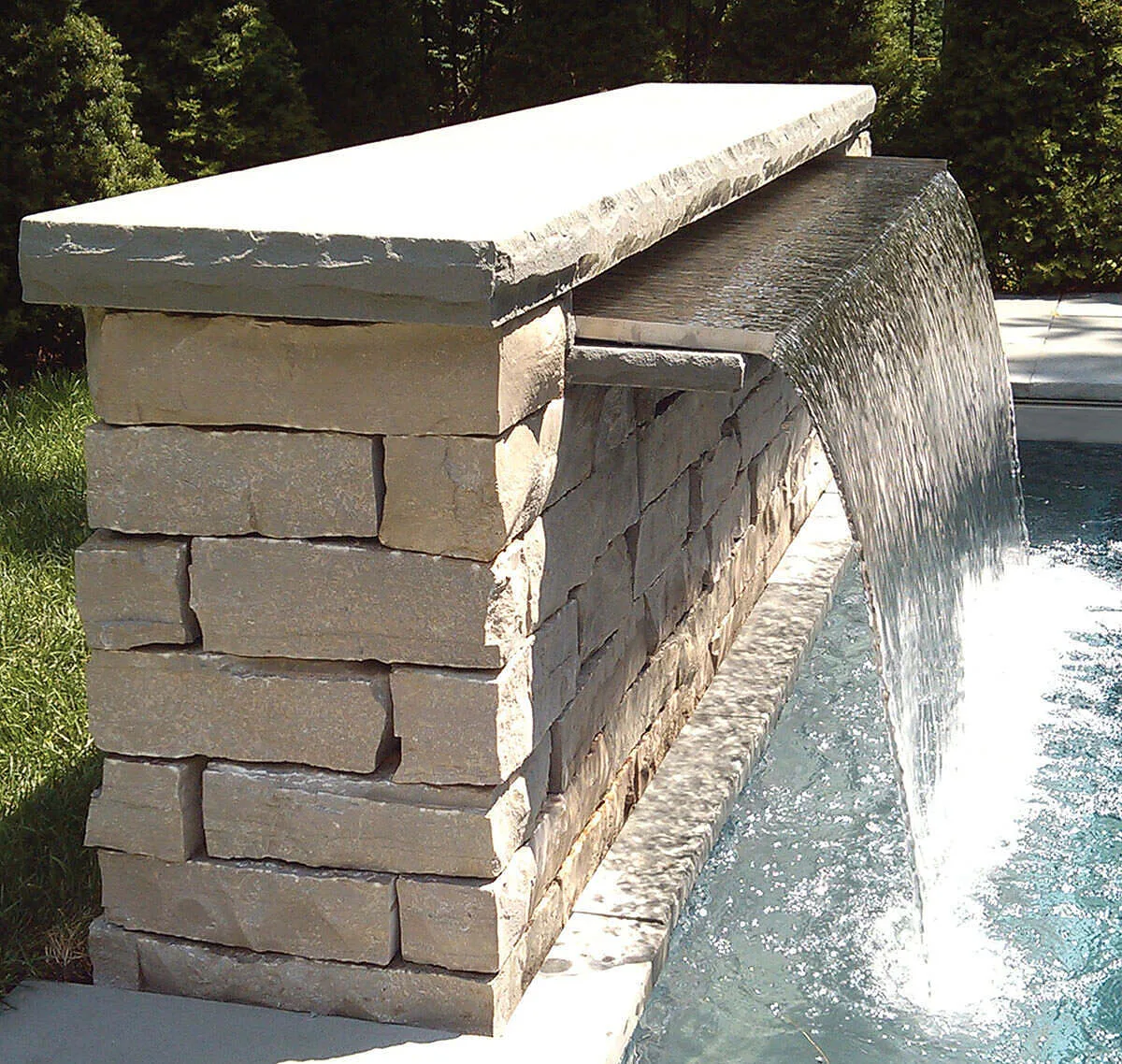
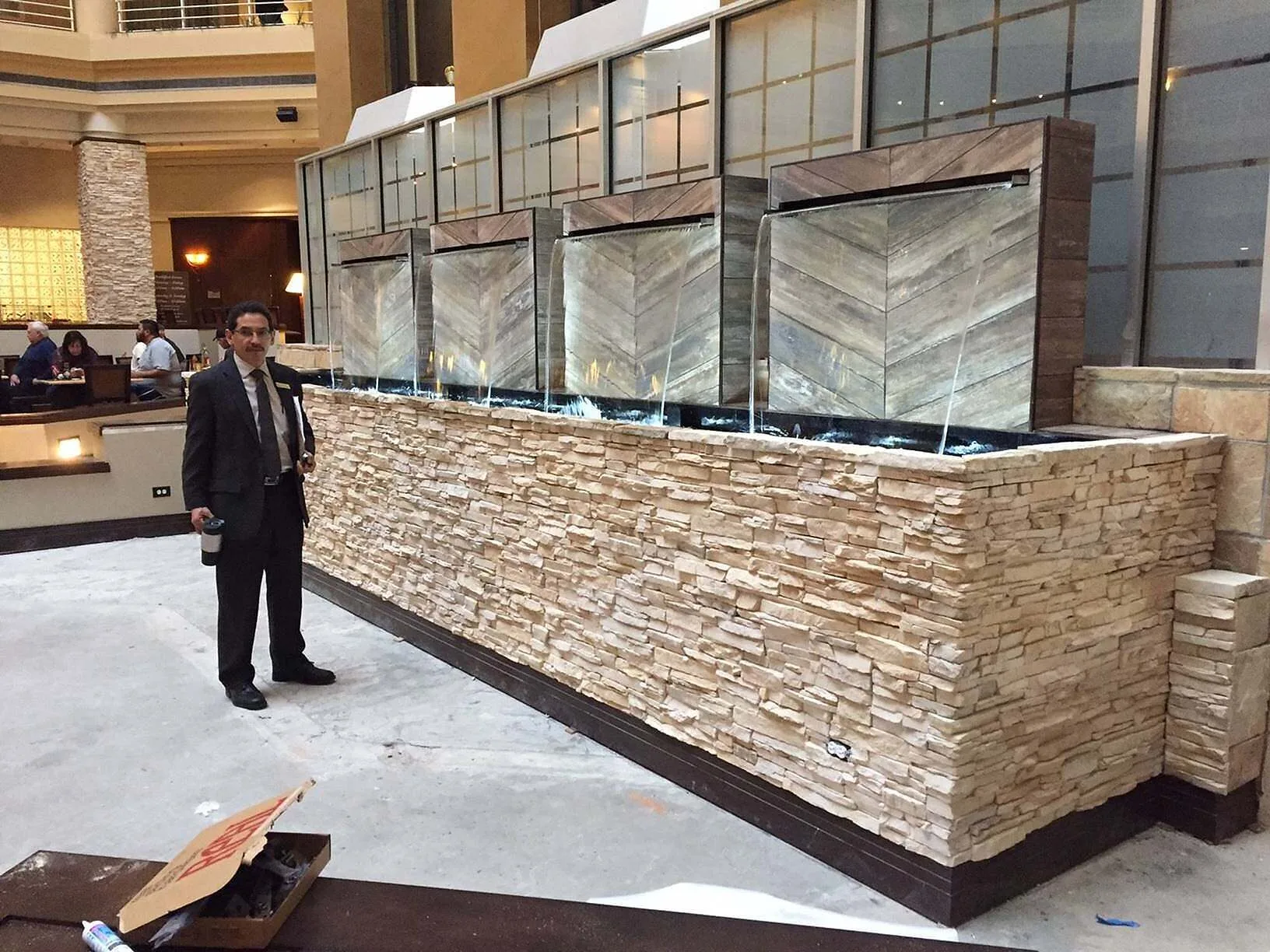
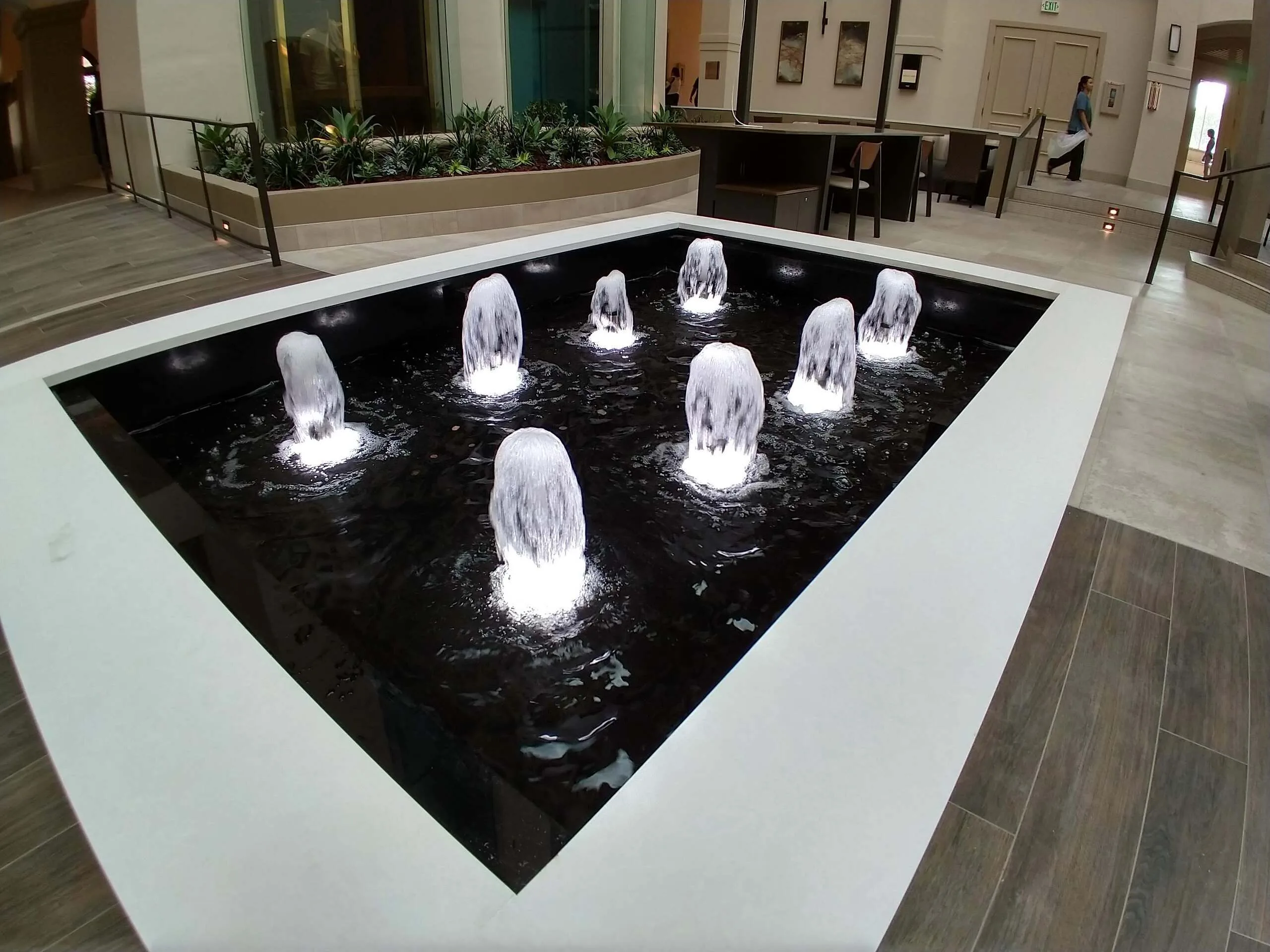
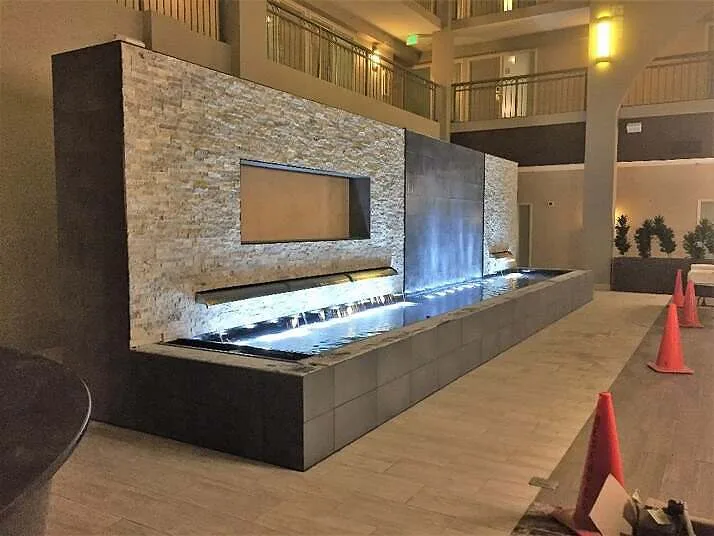

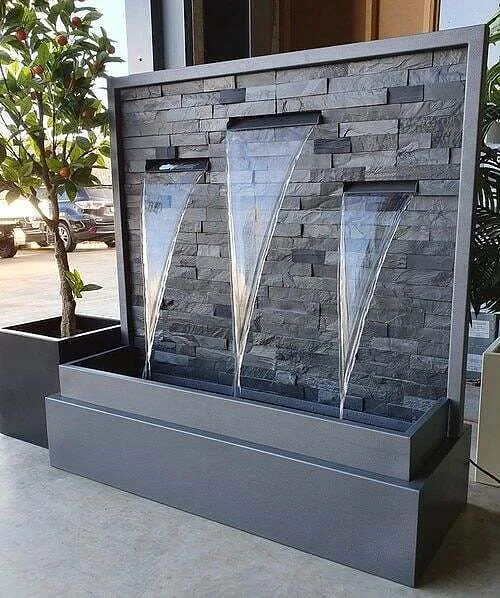
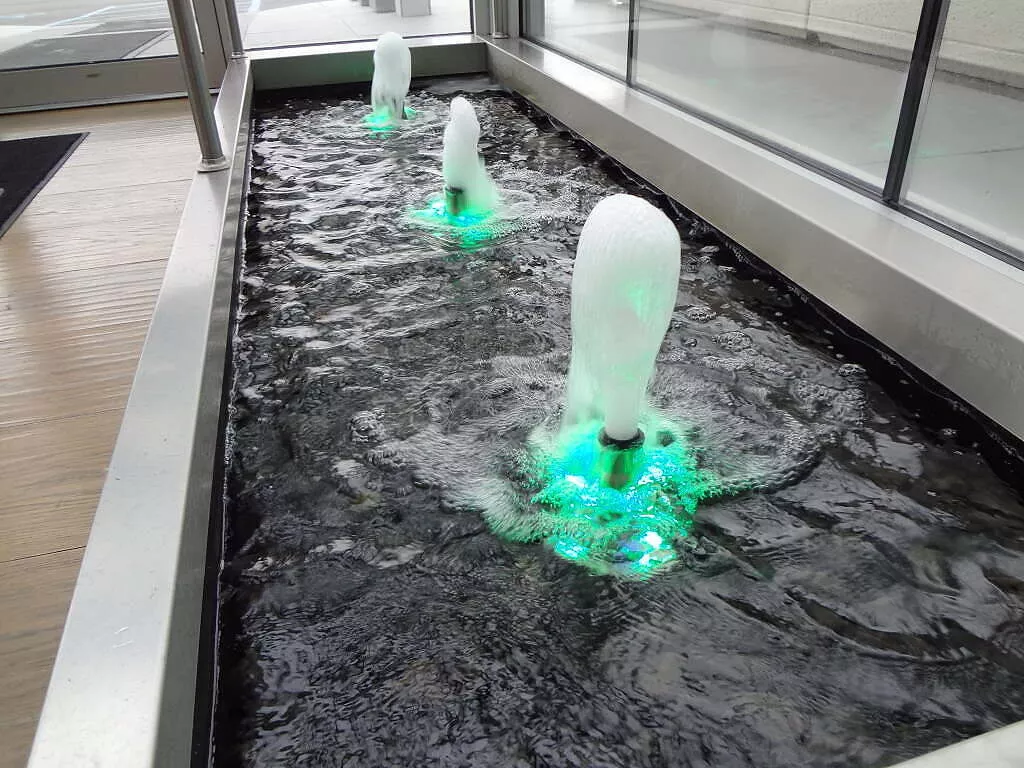
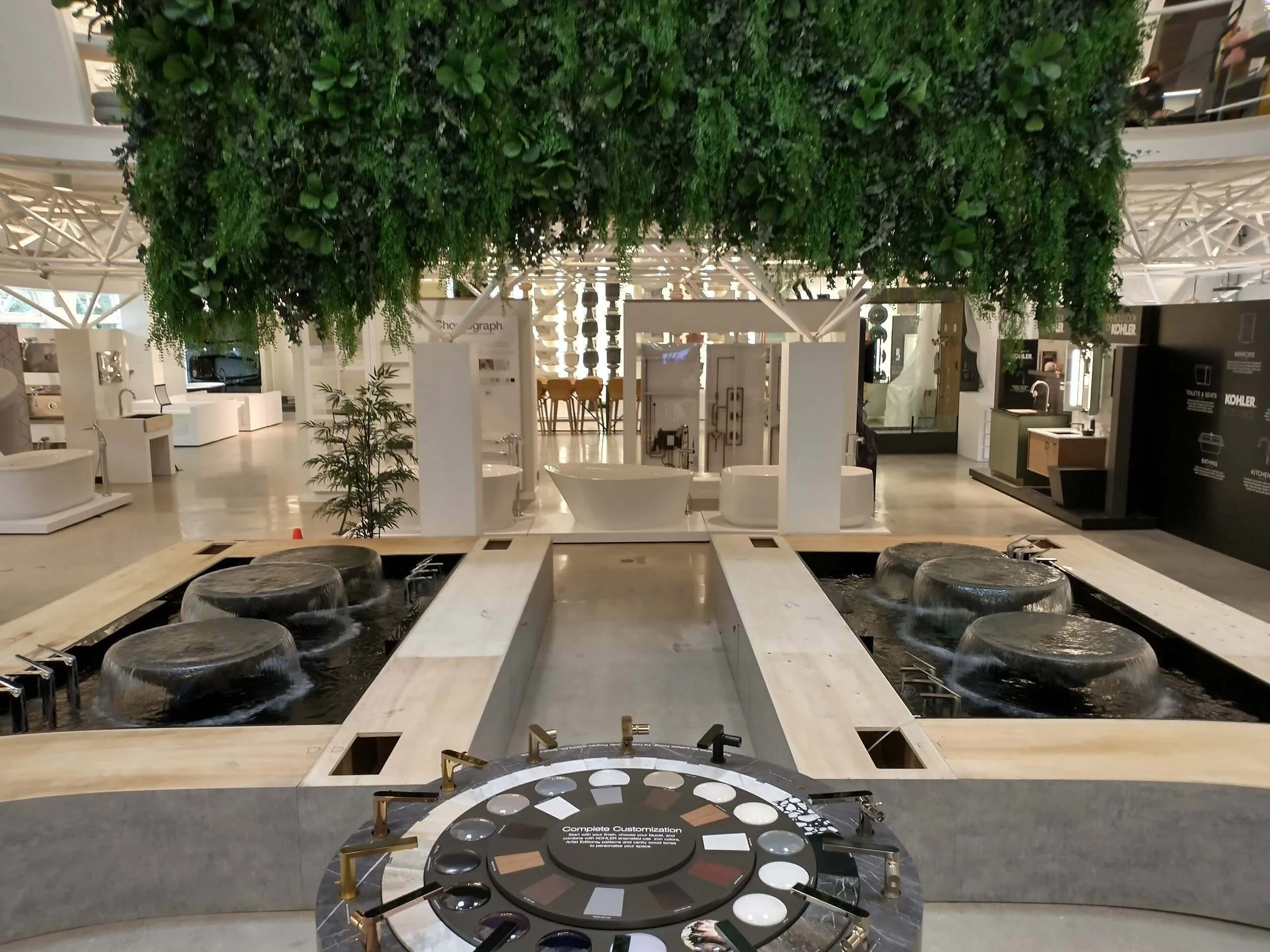

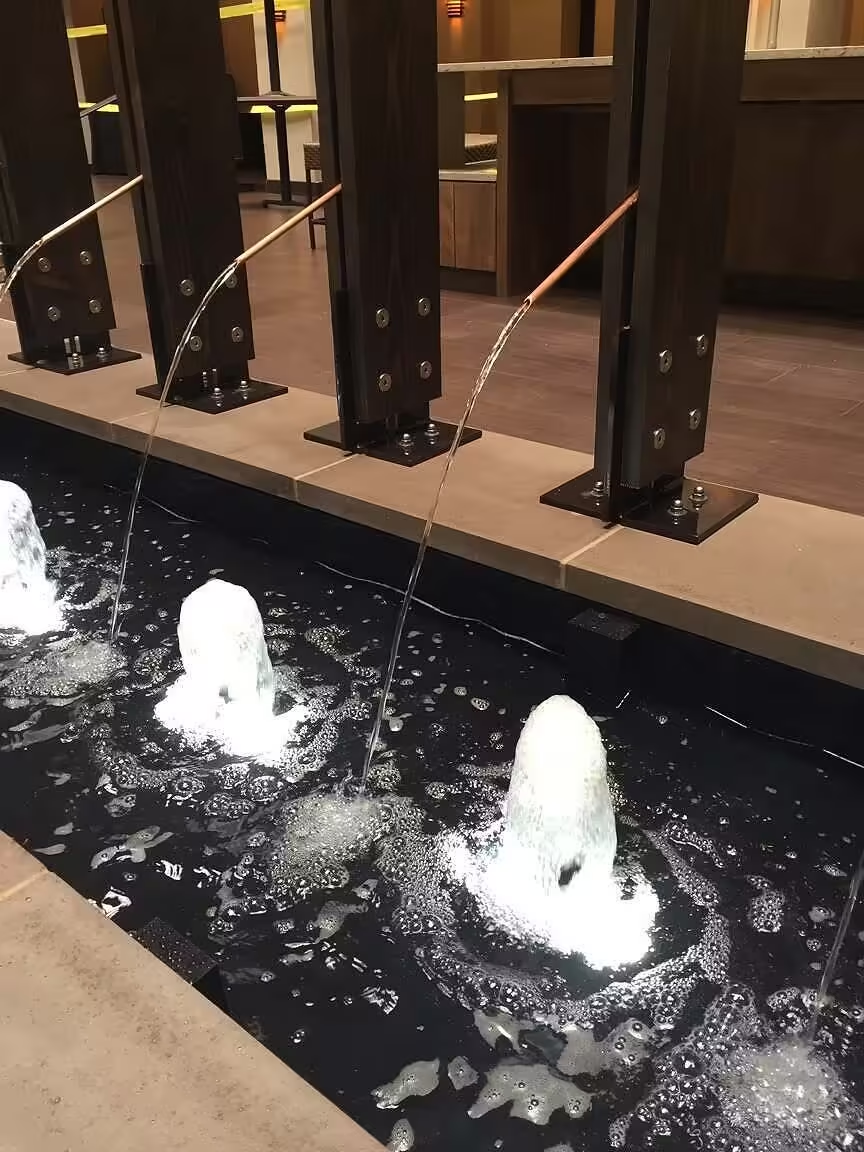
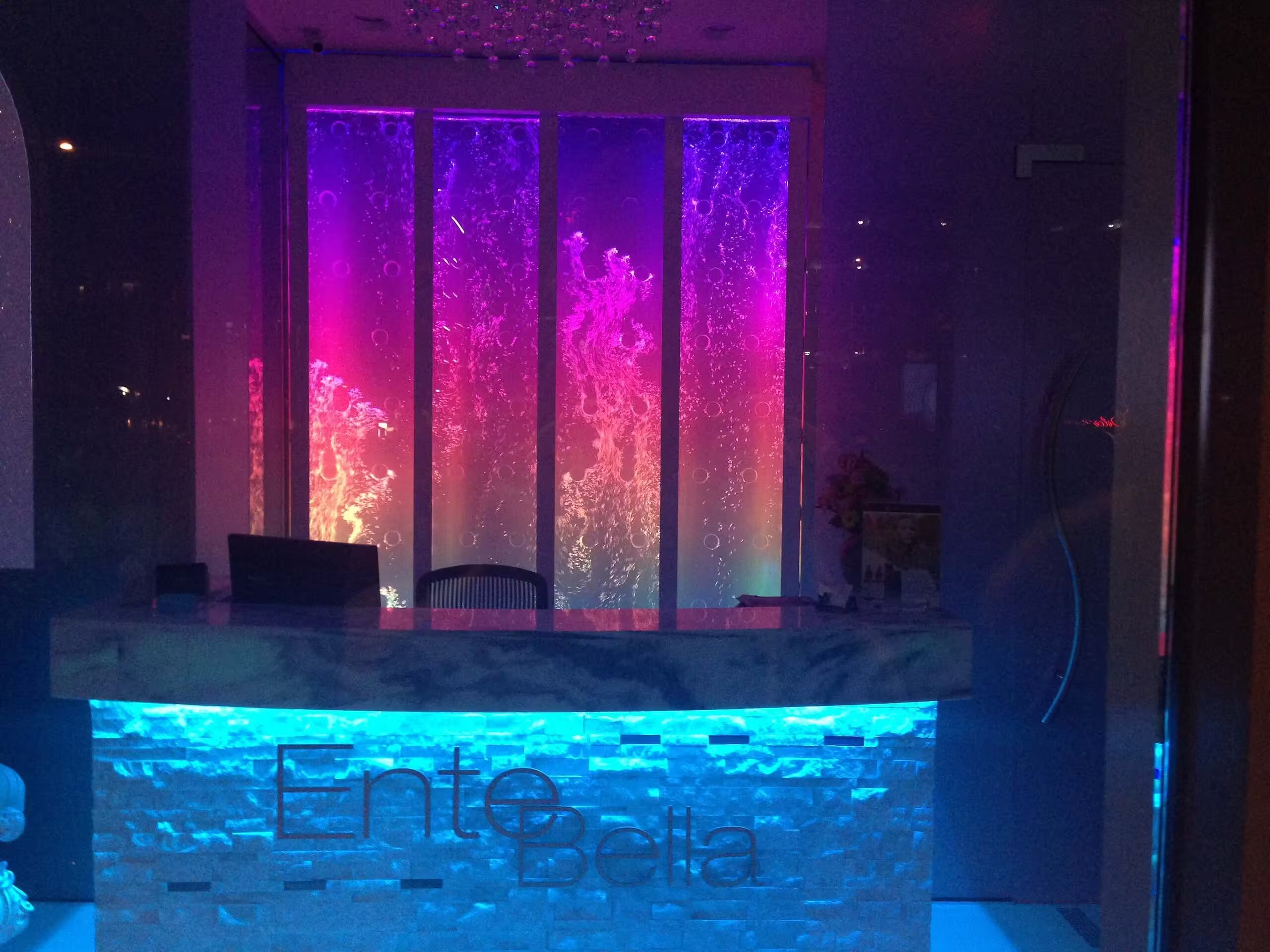

![Rod Style Bubble Wall Swirley for Bounce Empire in Denver, Colorado[84] Rod Style Bubble Wall Swirley for Bounce Empire in Denver, Colorado[84]](https://www.midwest-tropical.com/wp-content/uploads/Rod-Style-Bubble-Wall-Swirley-for-Bounce-Empire-in-Denver-Colorado84.jpg.webp)
![Rod Style Bubble Wall Swirley for Bounce Empire in Denver, Colorado 2[2] Rod Style Bubble Wall Swirley for Bounce Empire in Denver, Colorado 2[2]](https://www.midwest-tropical.com/wp-content/uploads/Rod-Style-Bubble-Wall-Swirley-for-Bounce-Empire-in-Denver-Colorado-22-jpg.avif)



